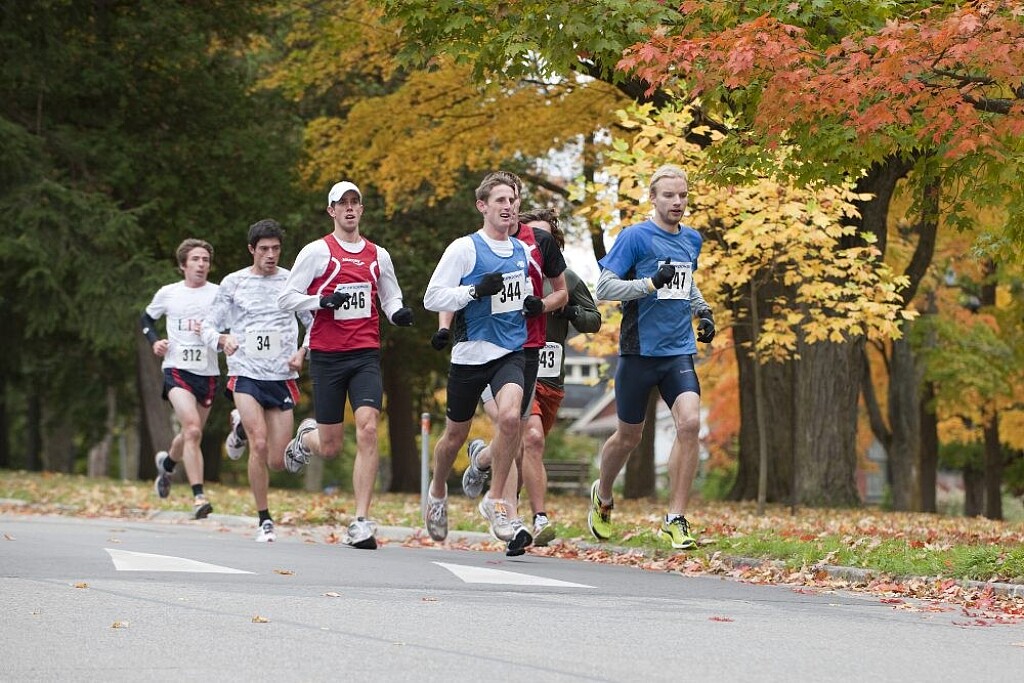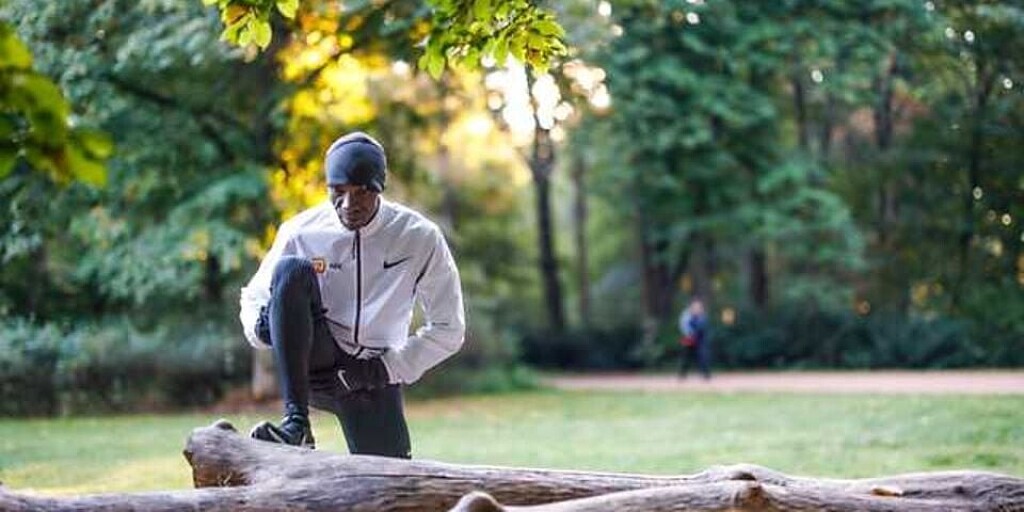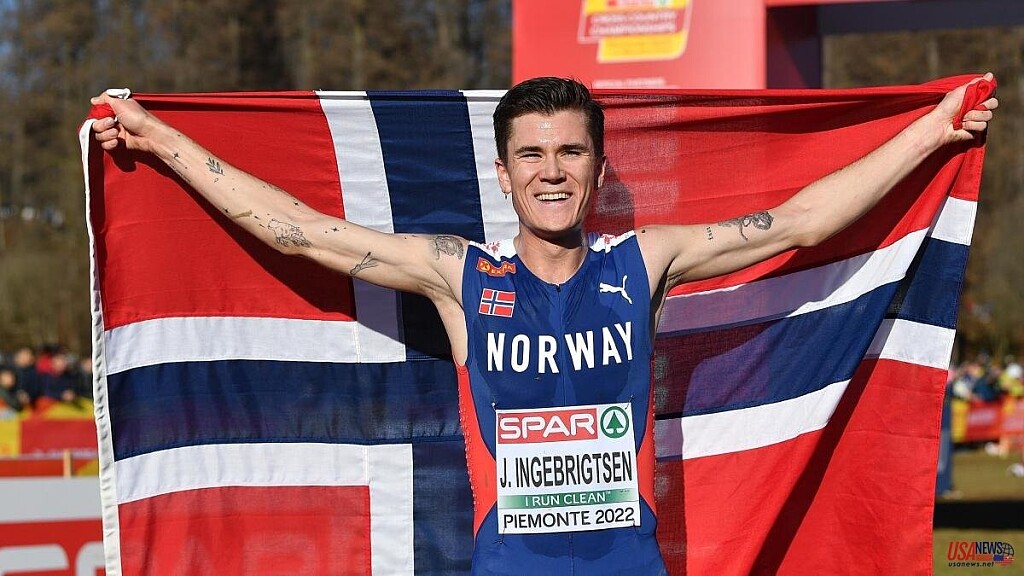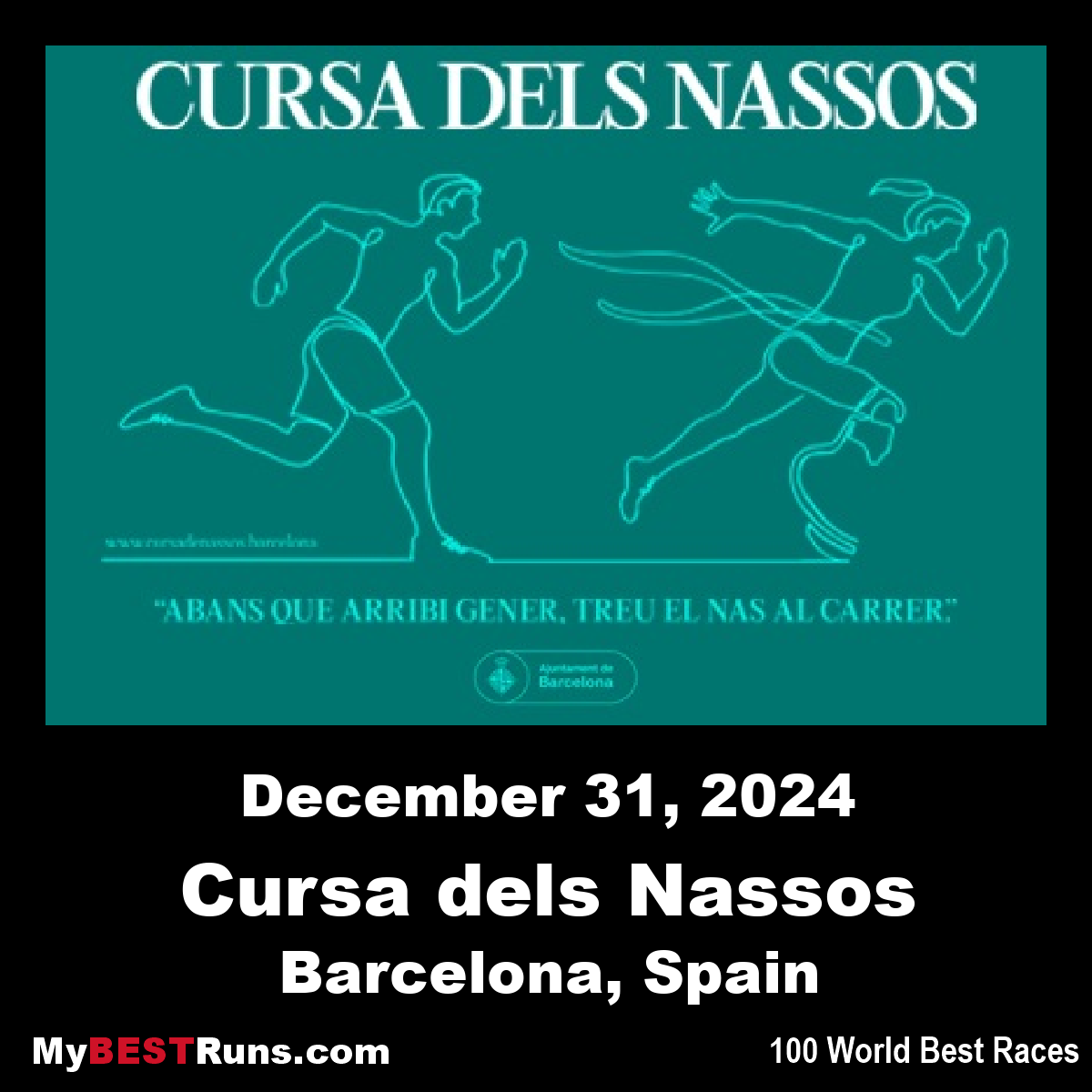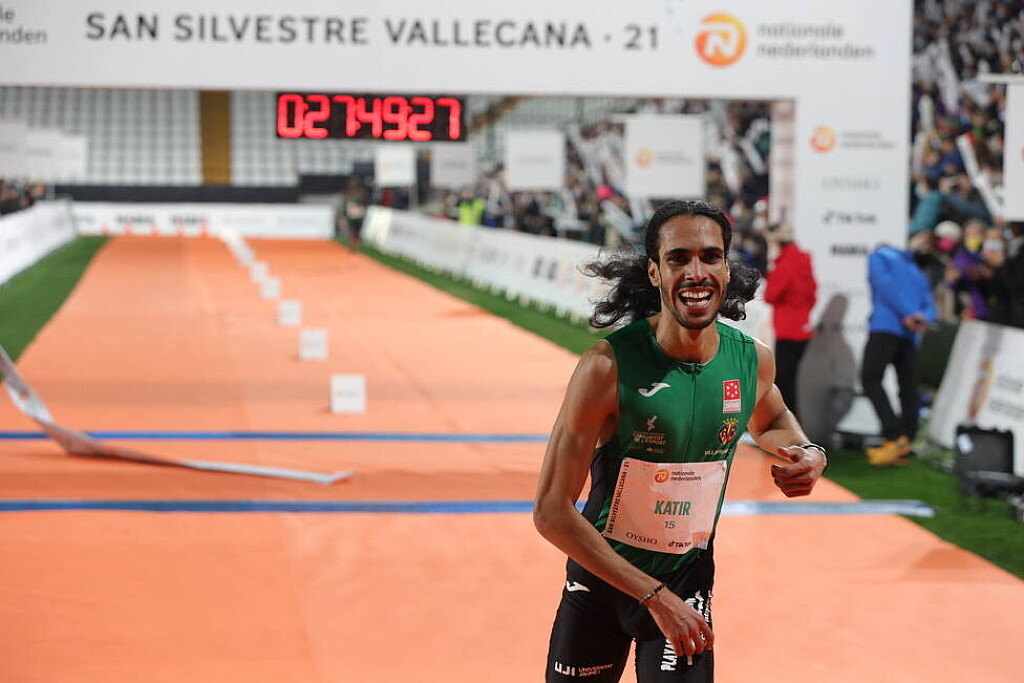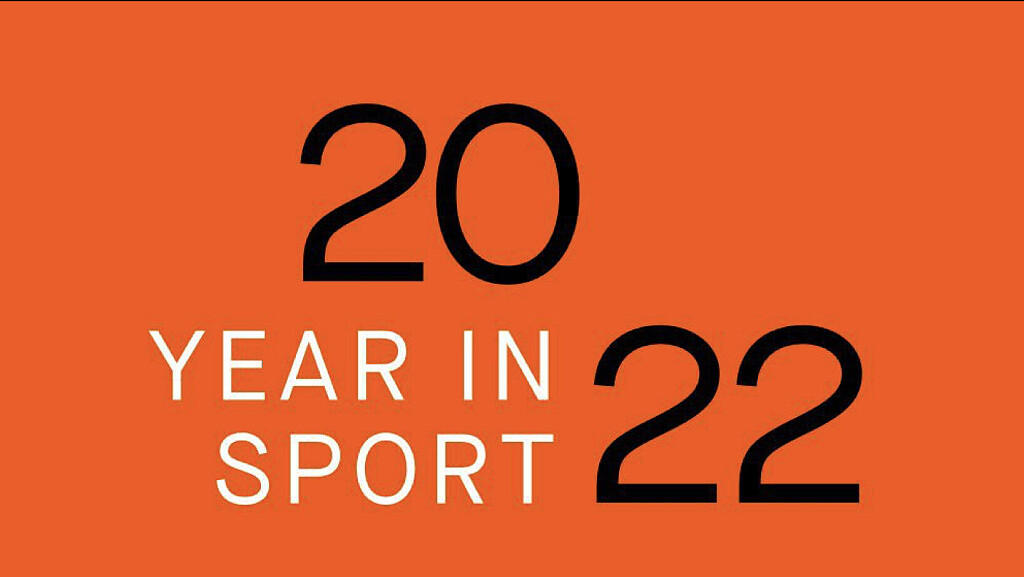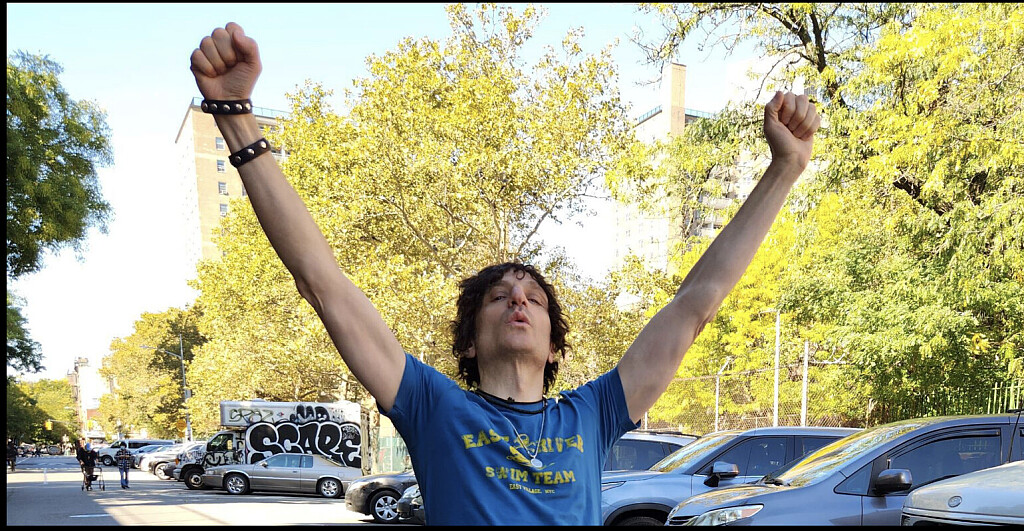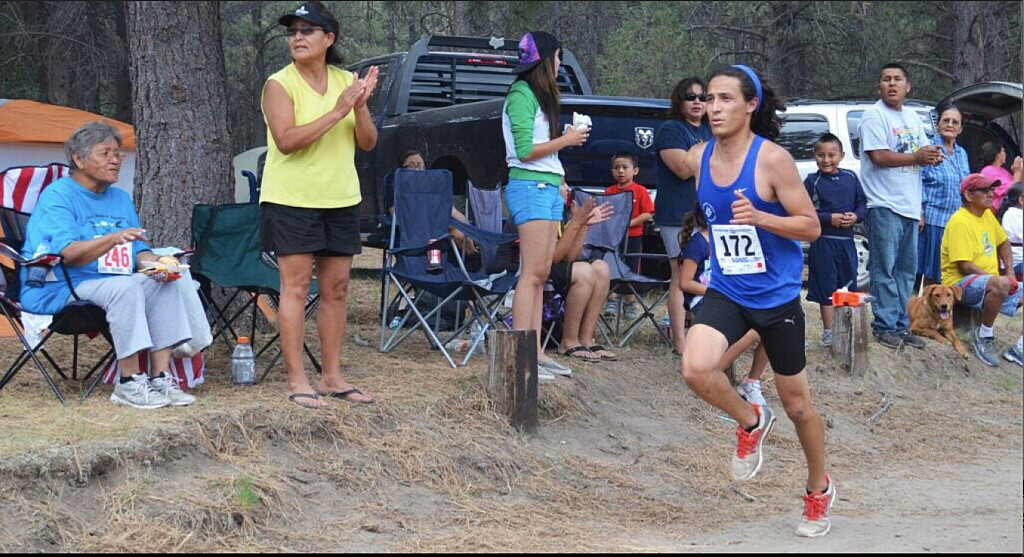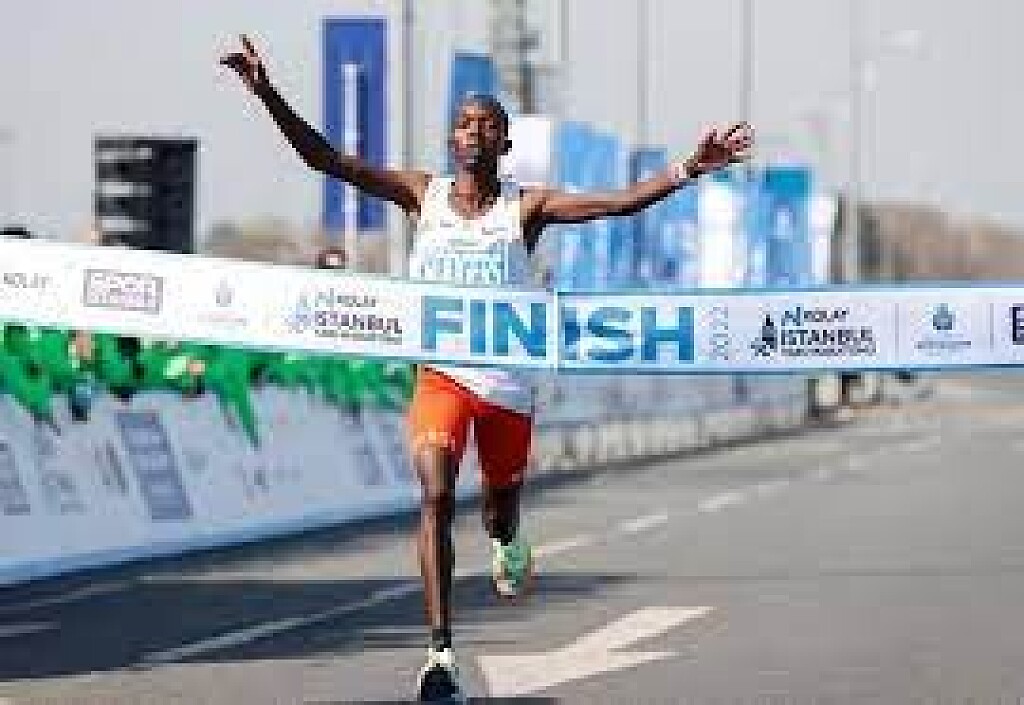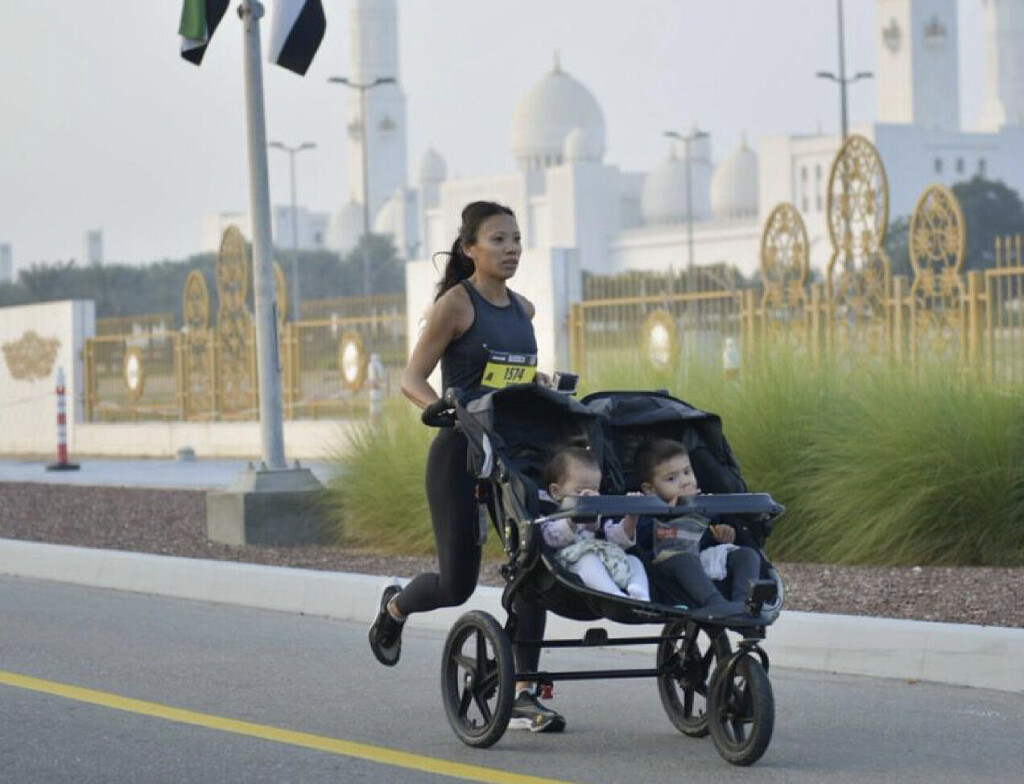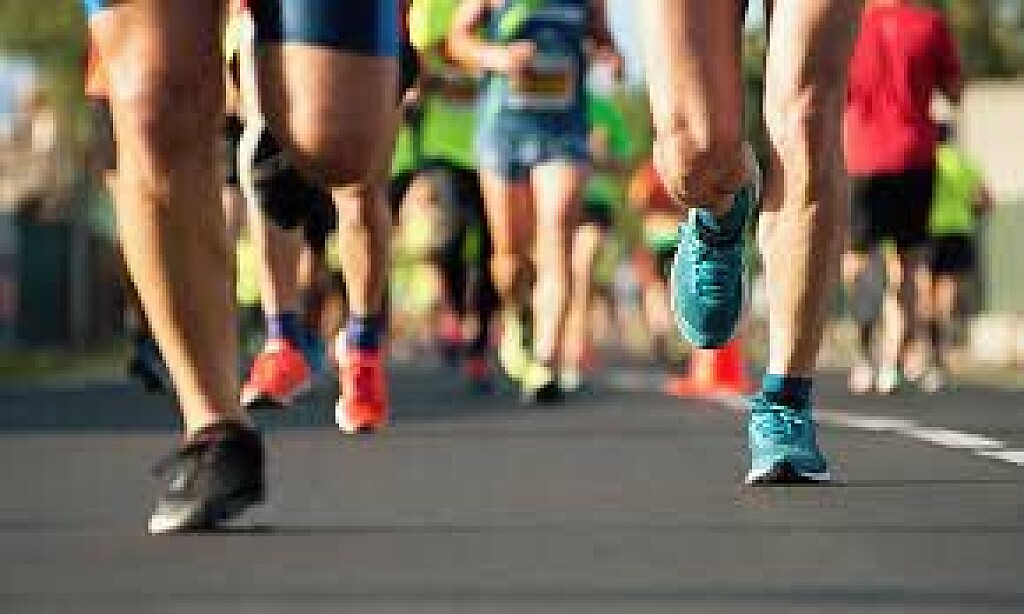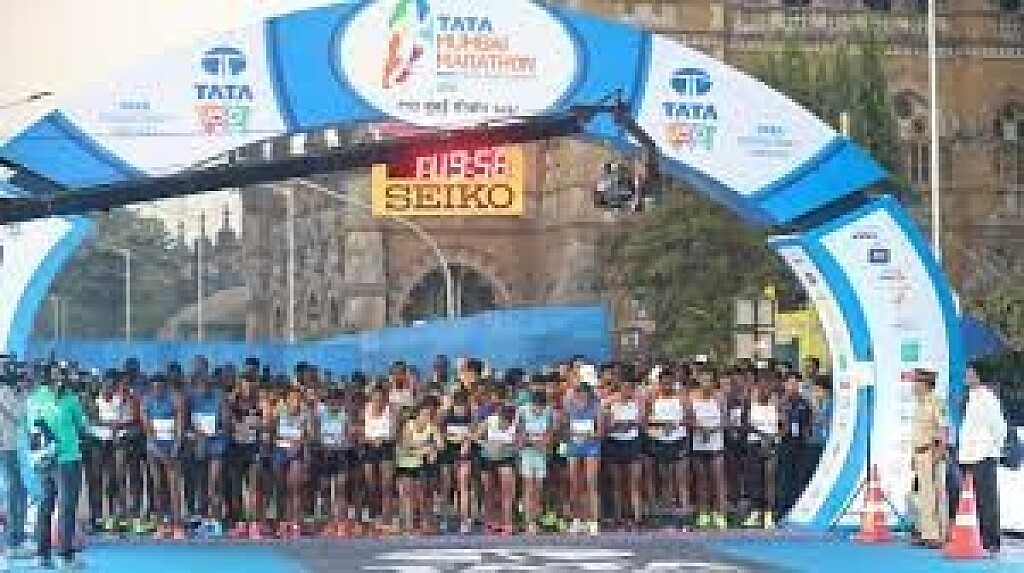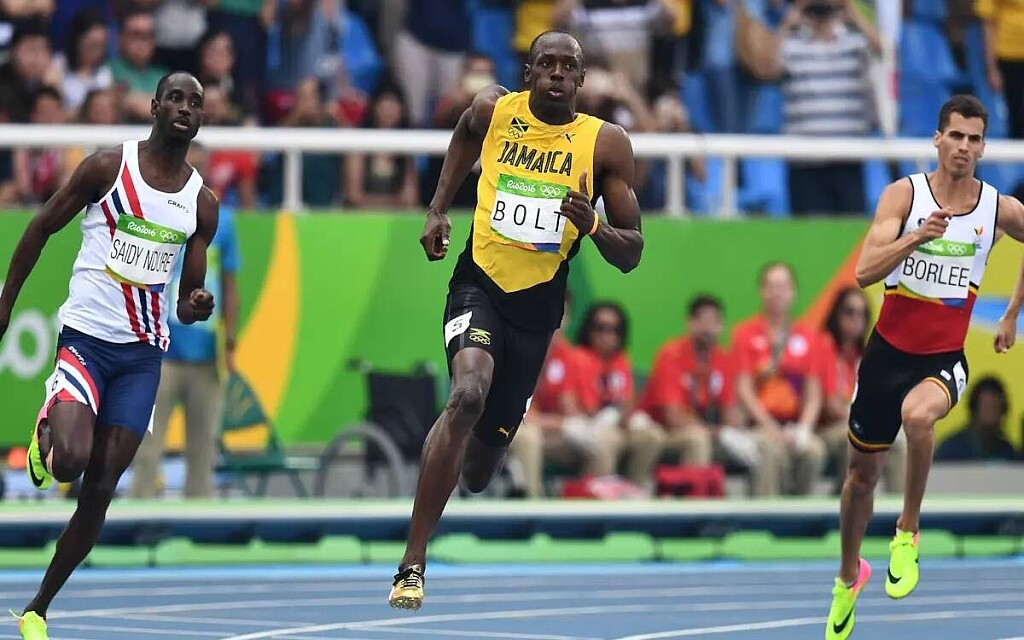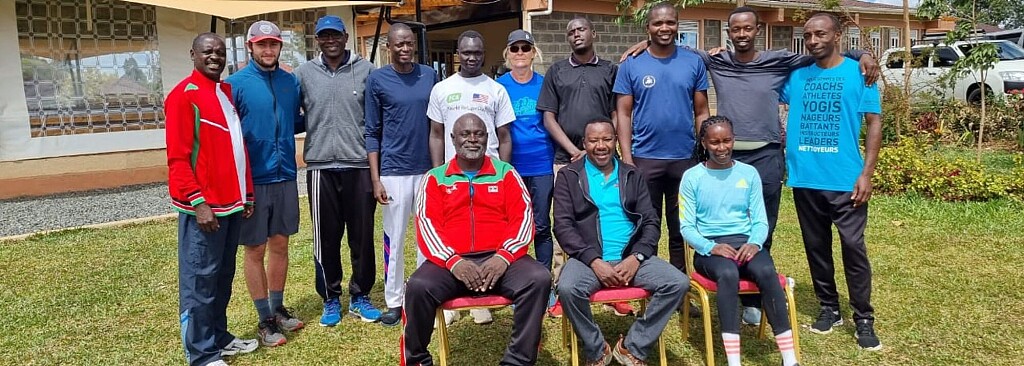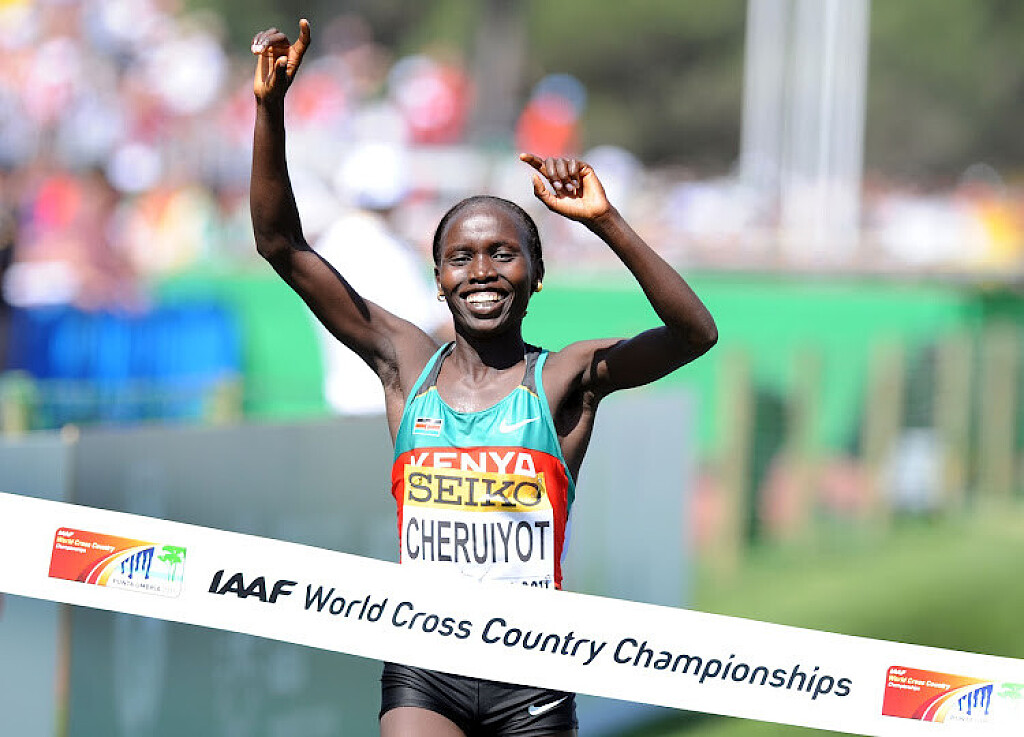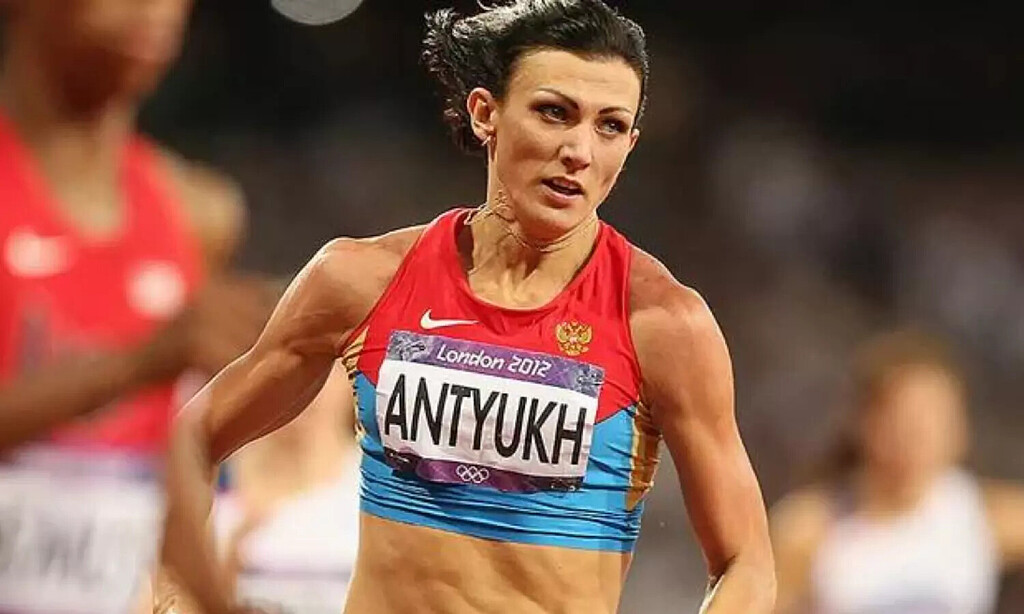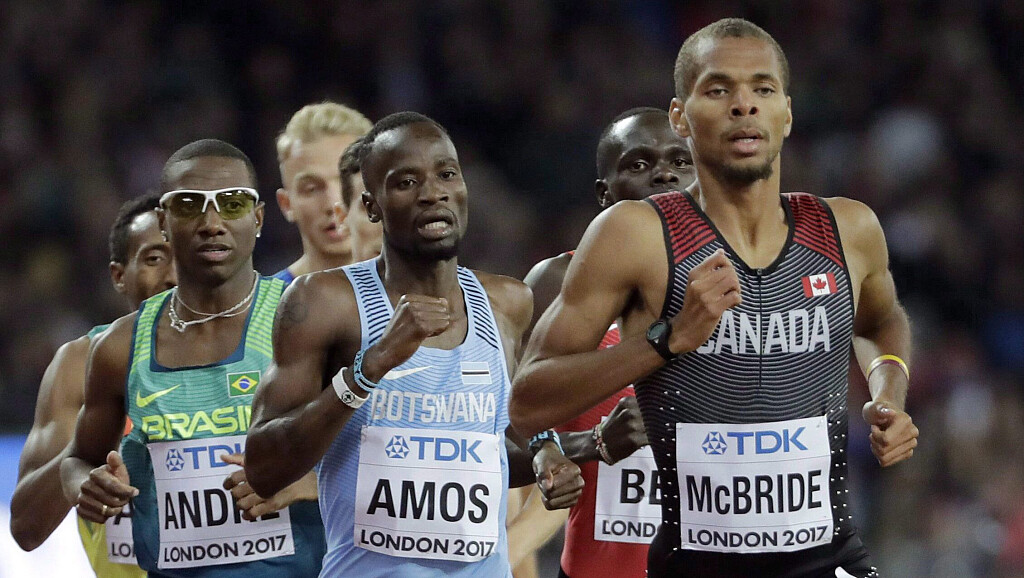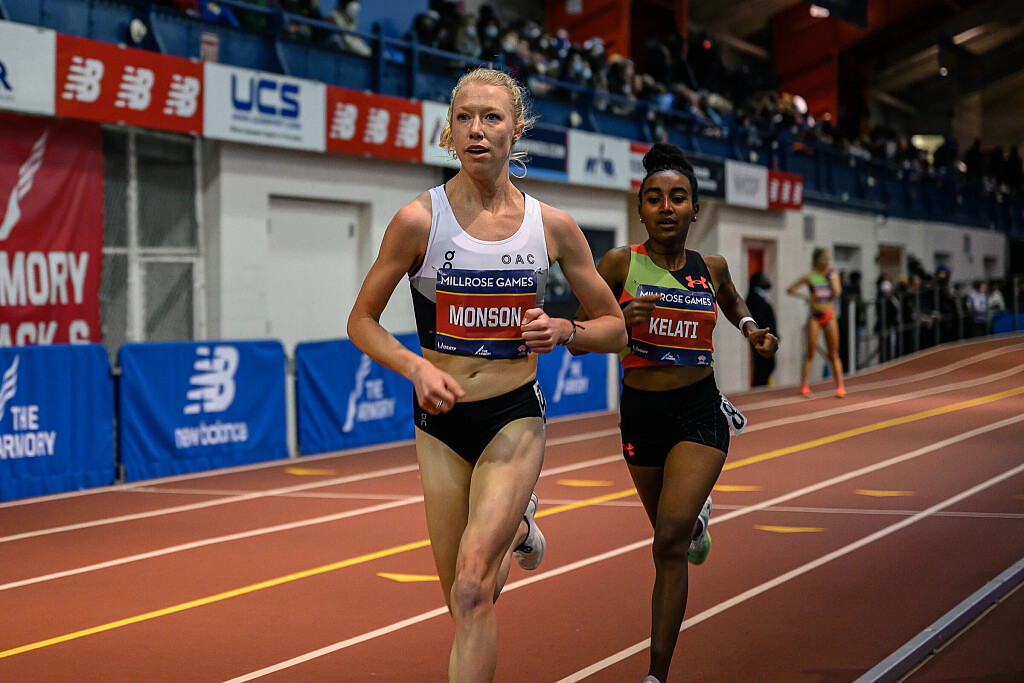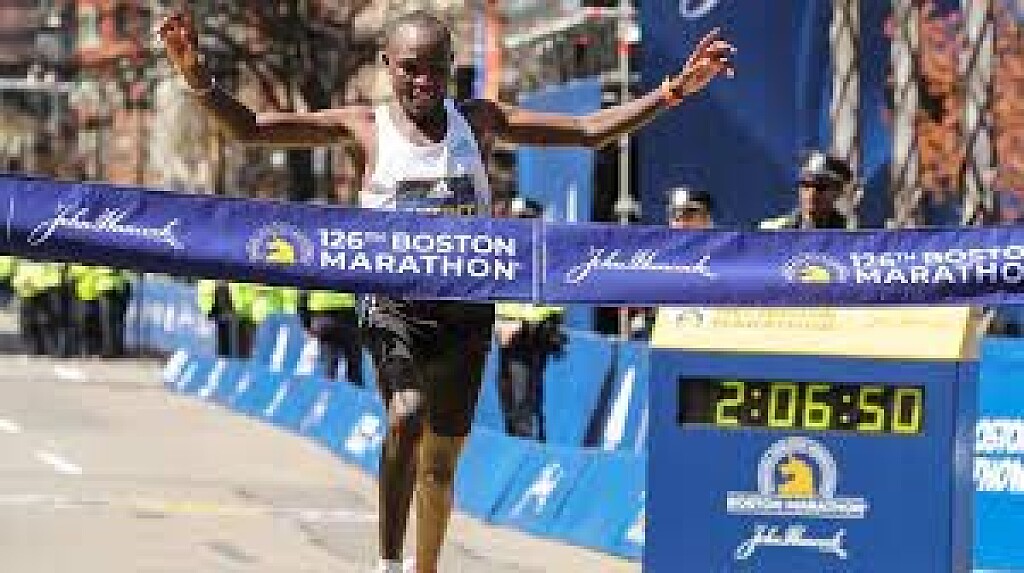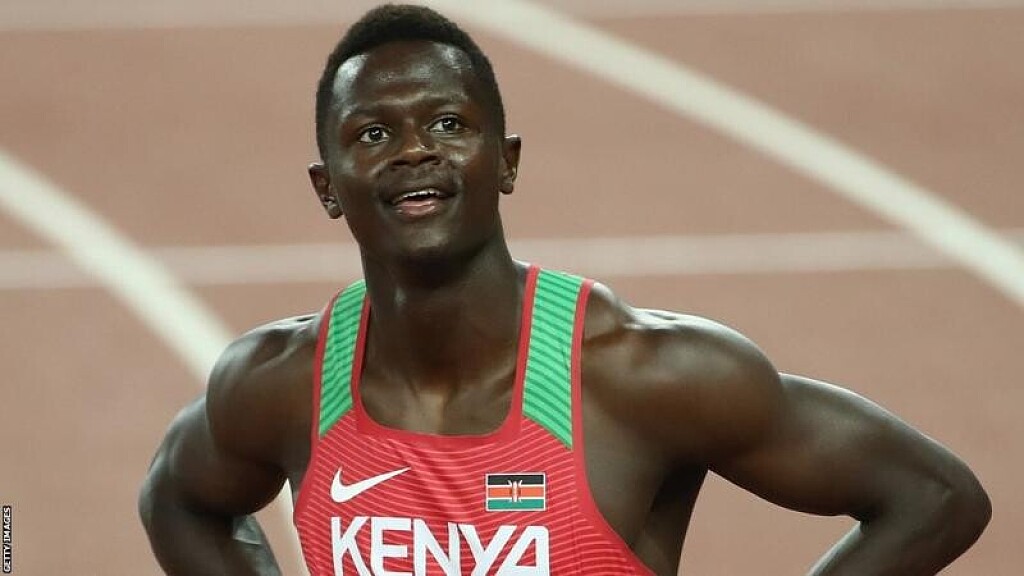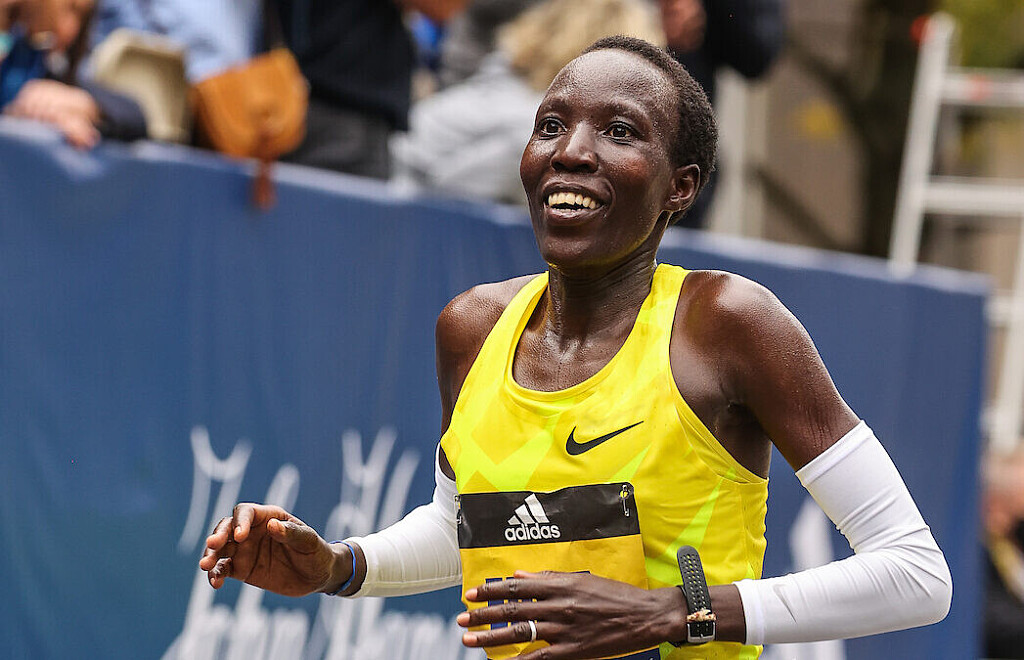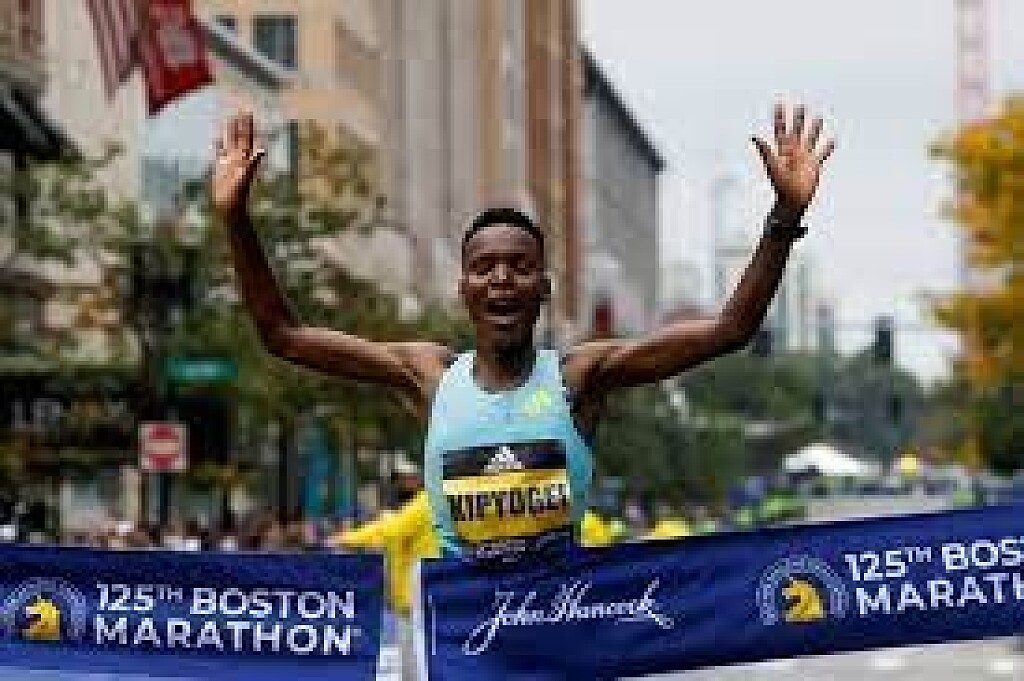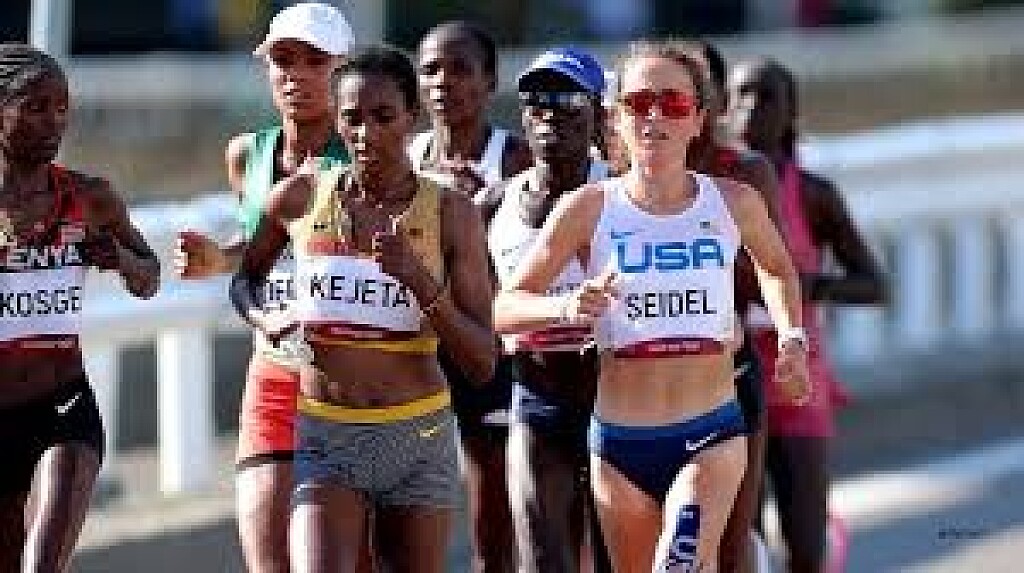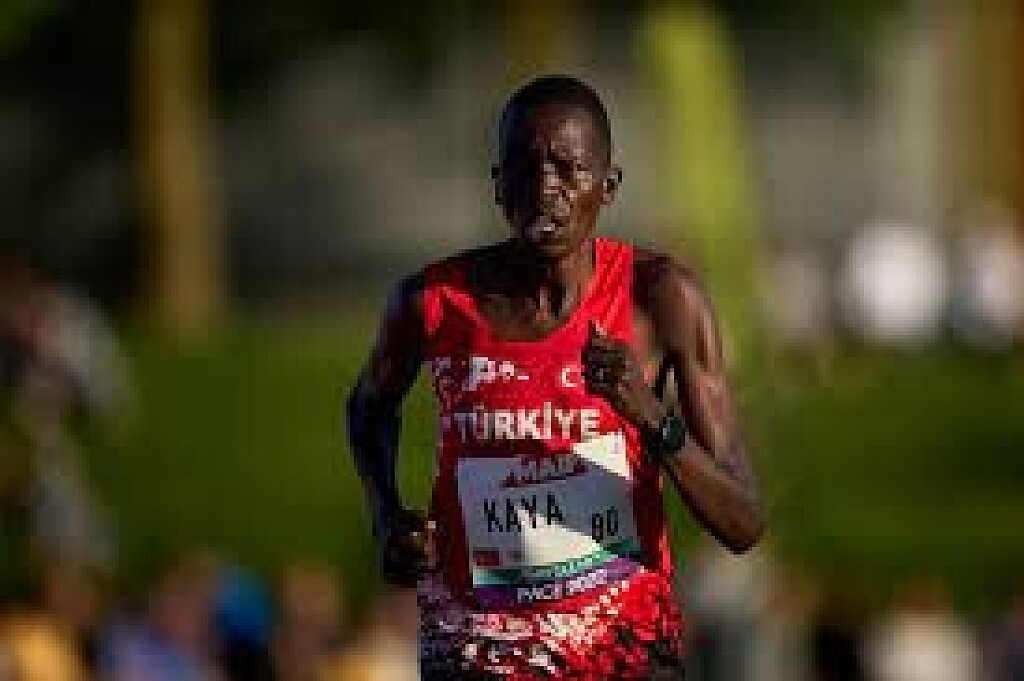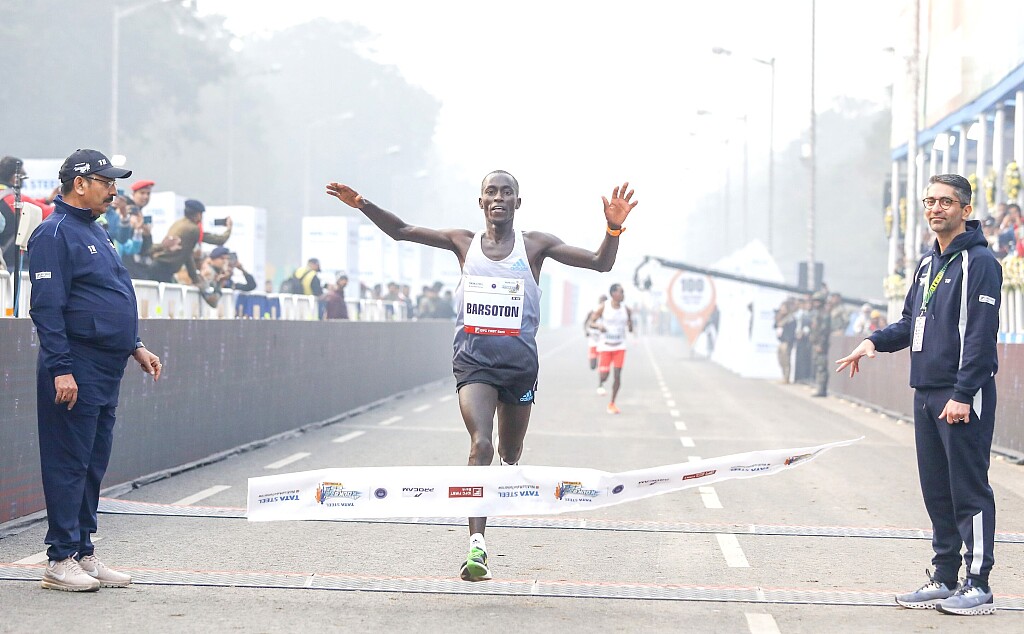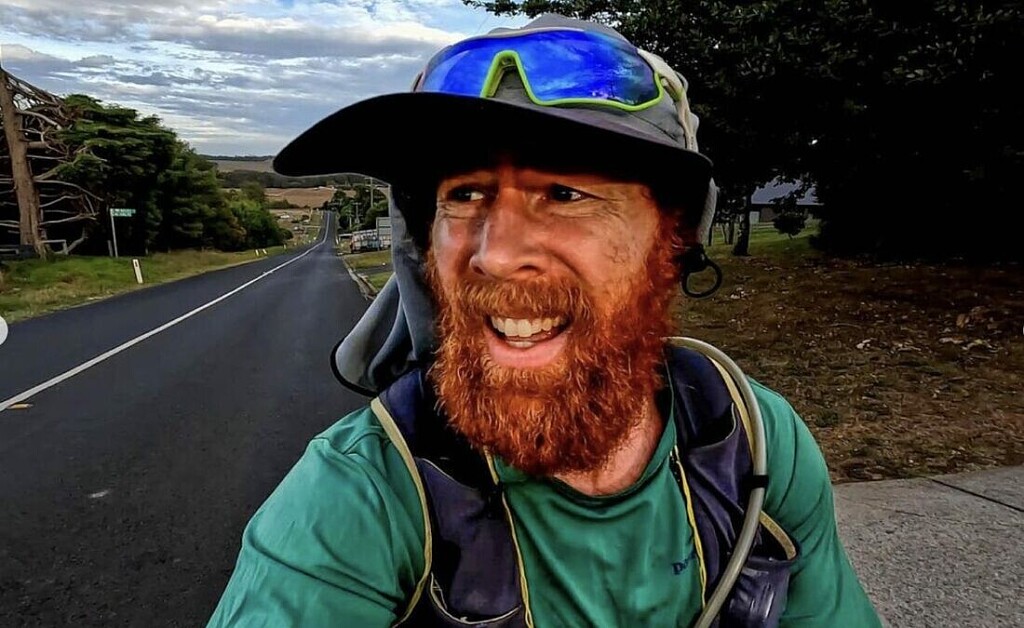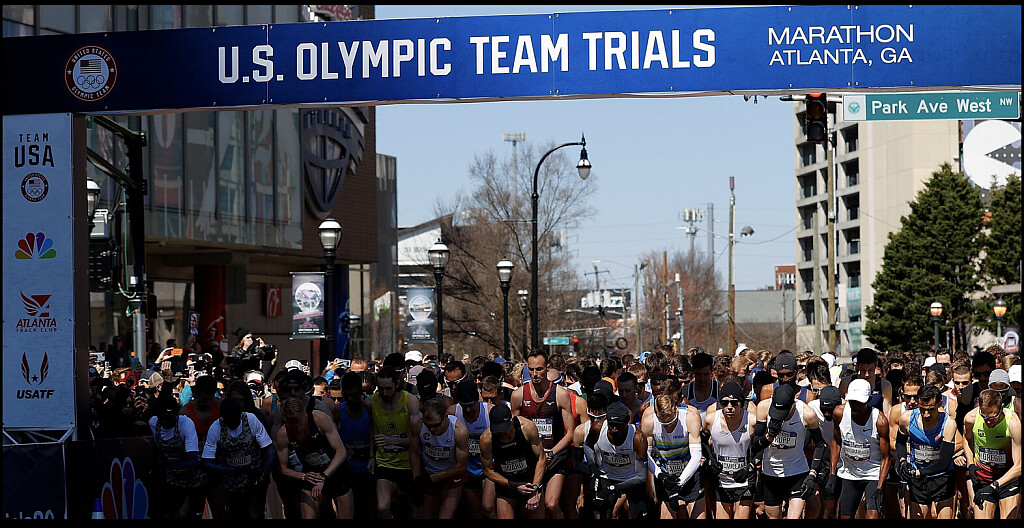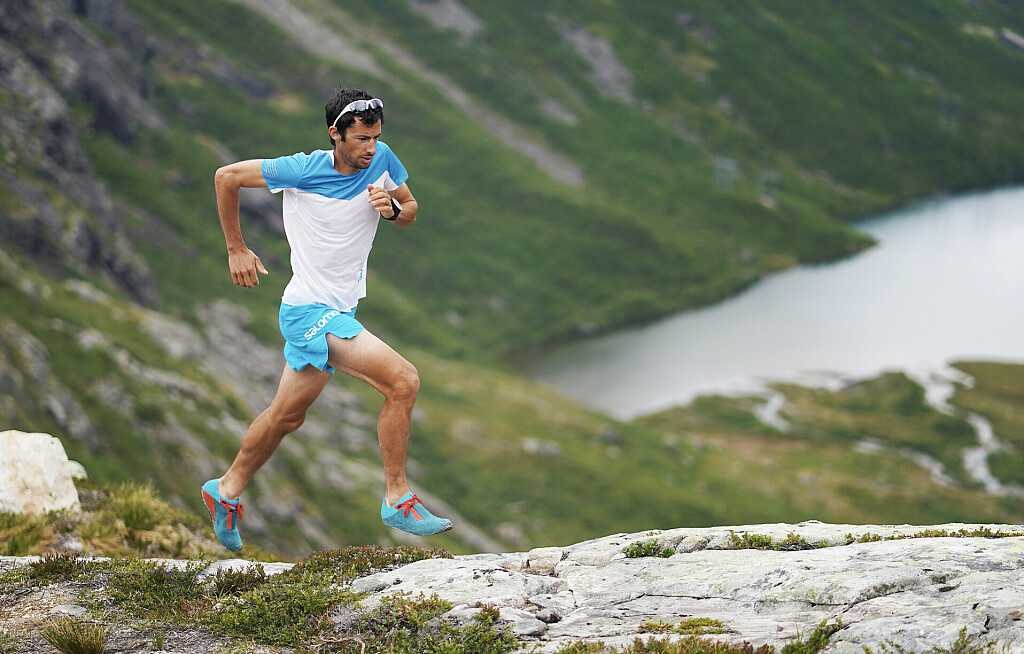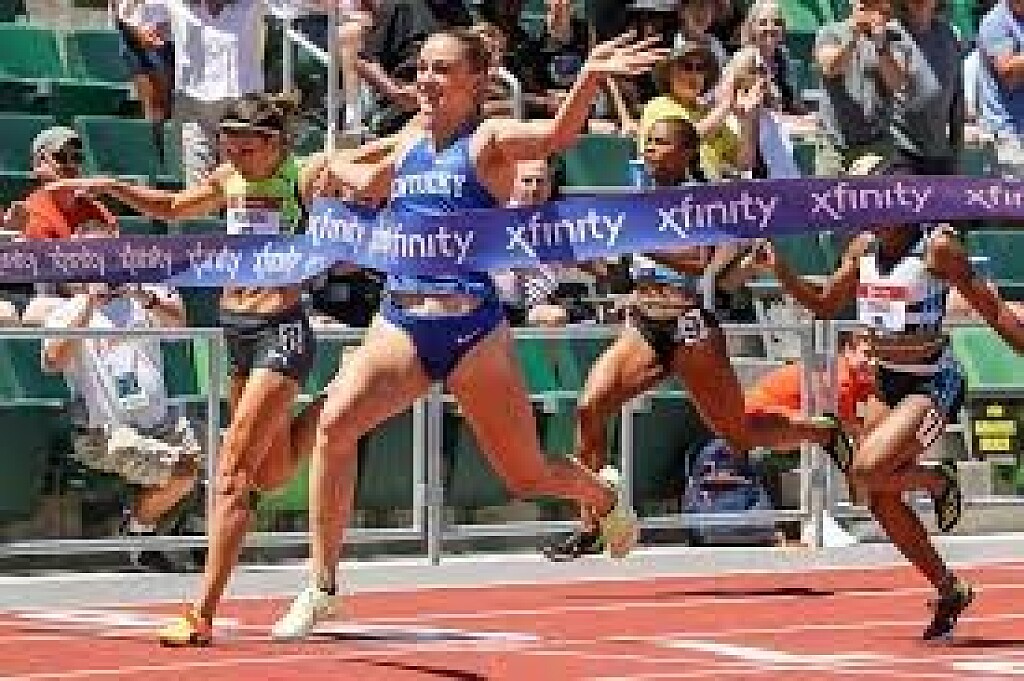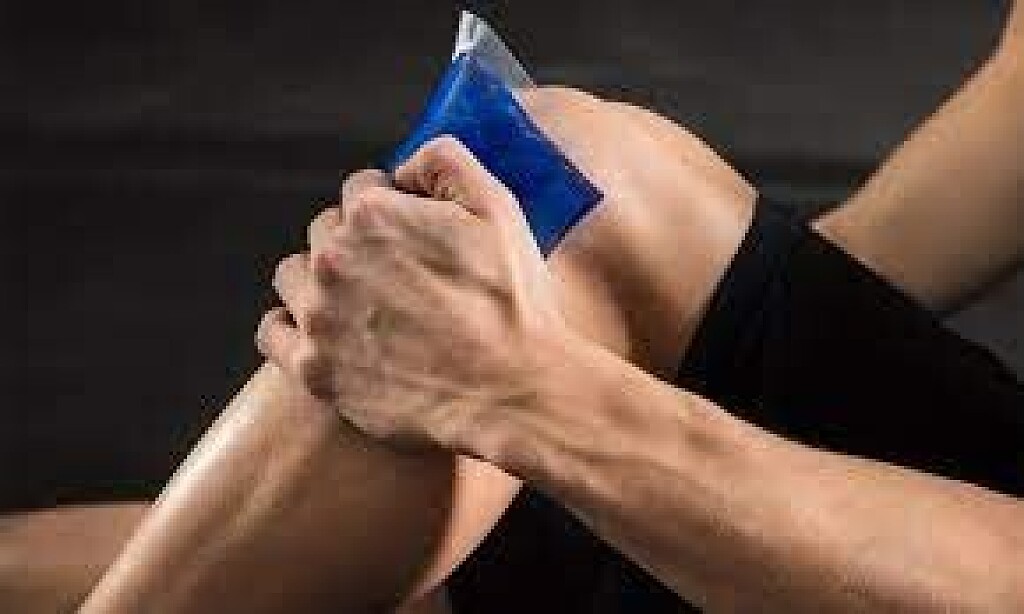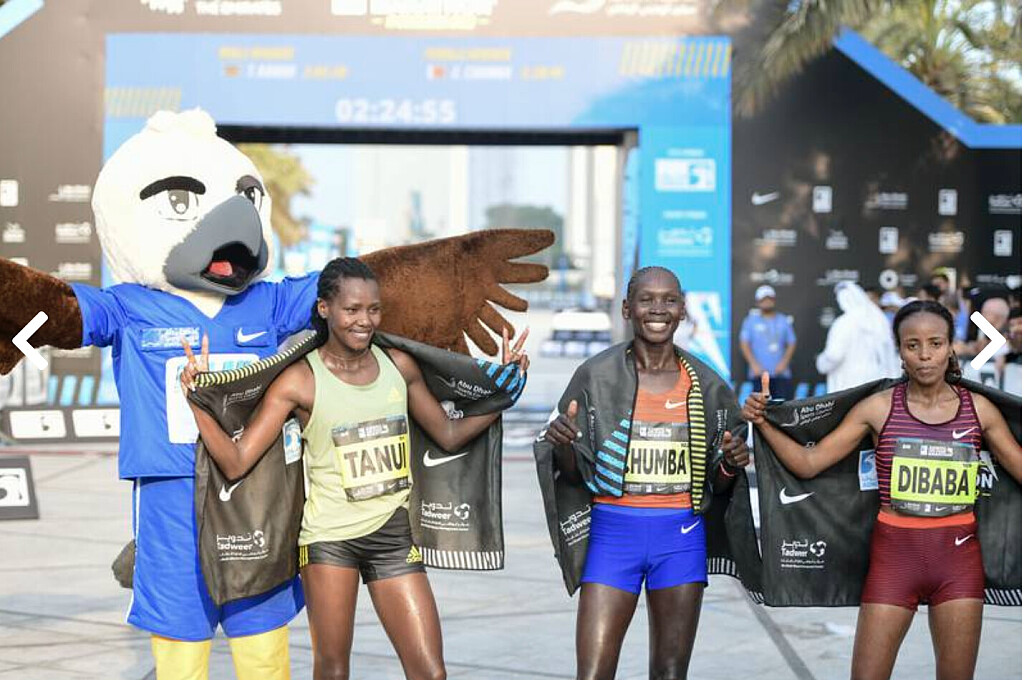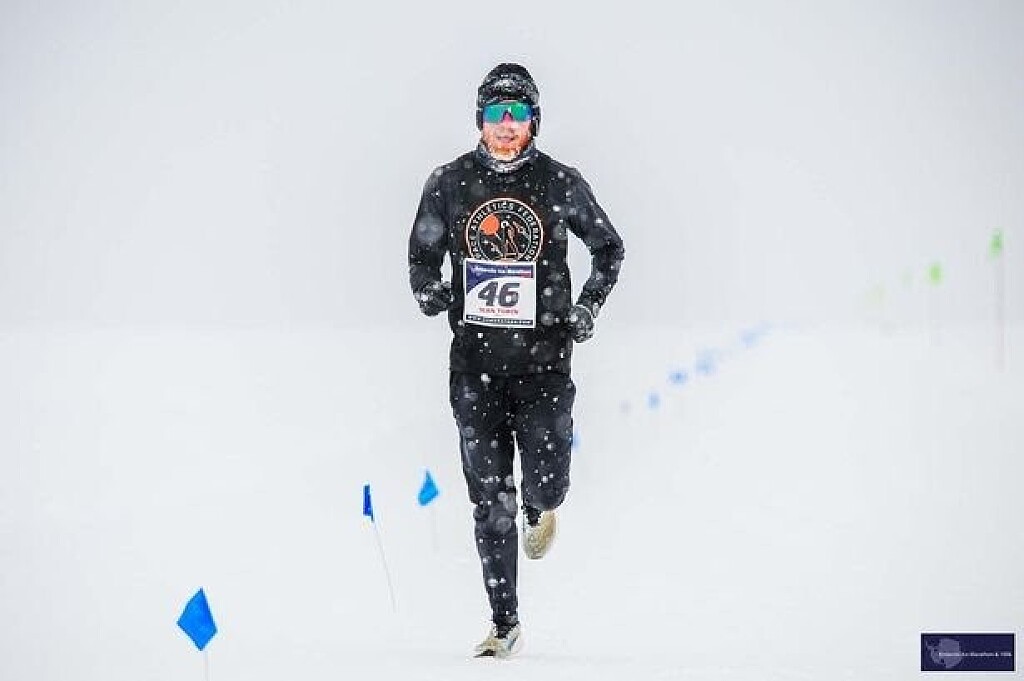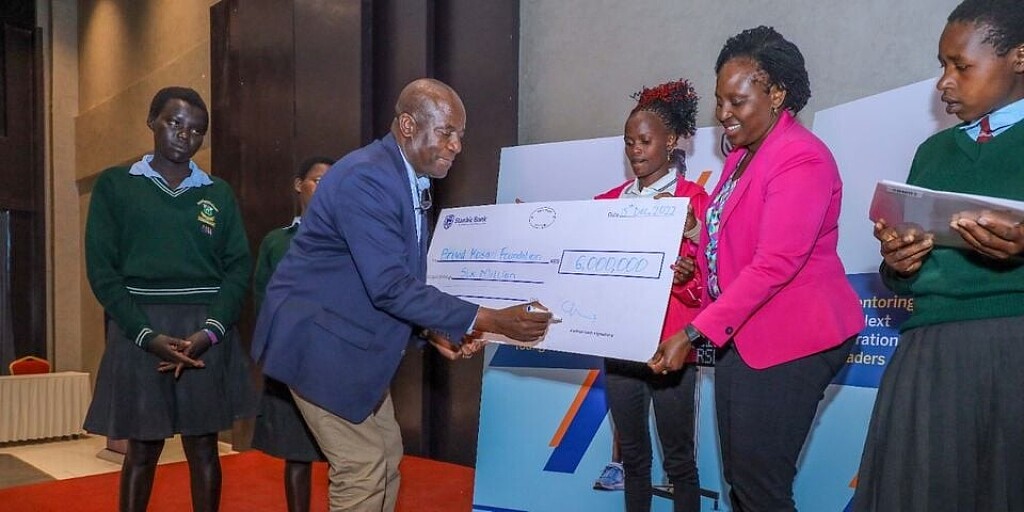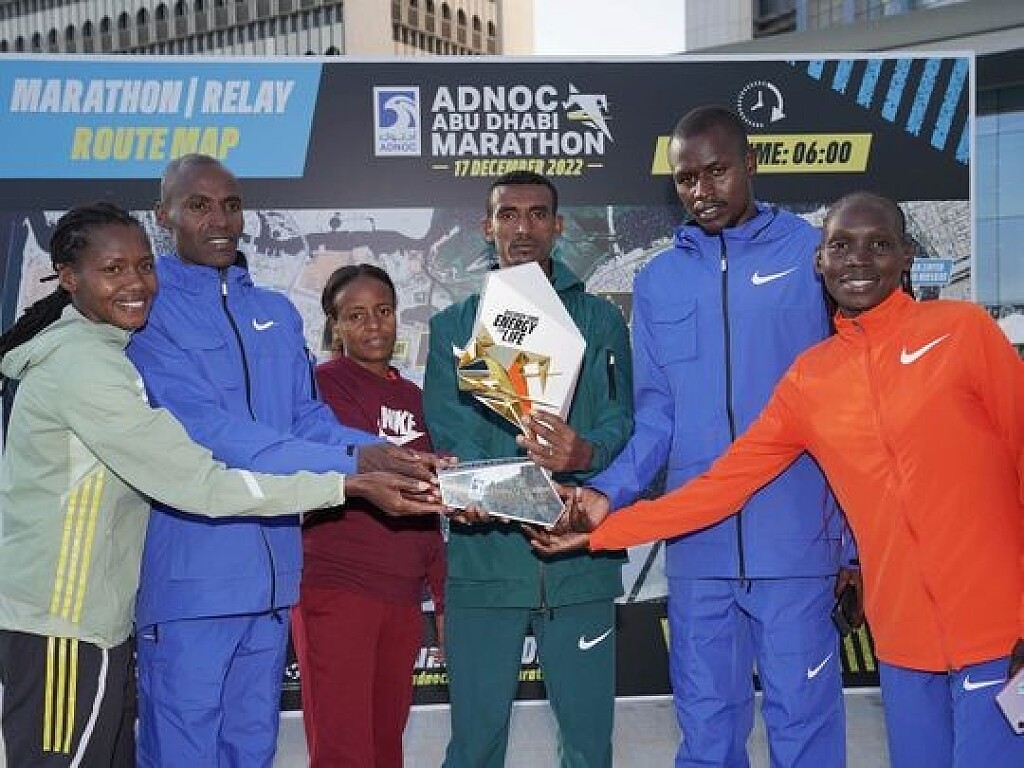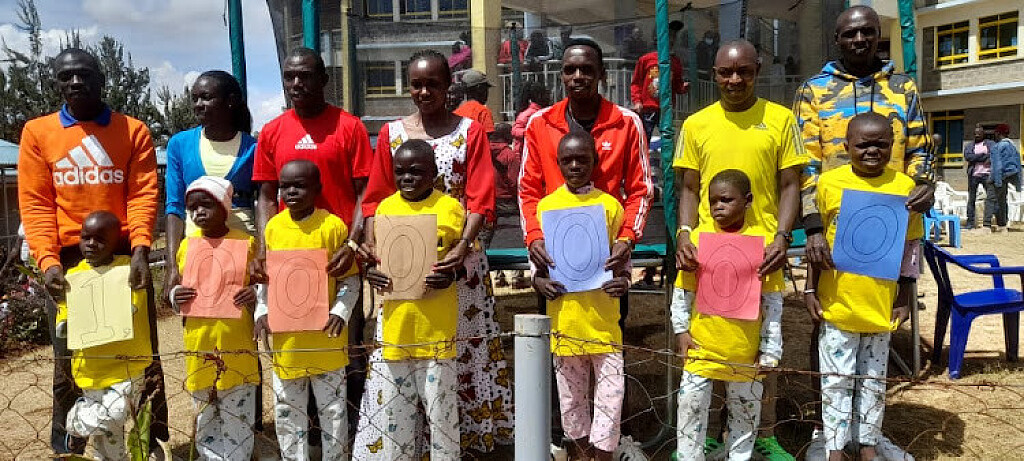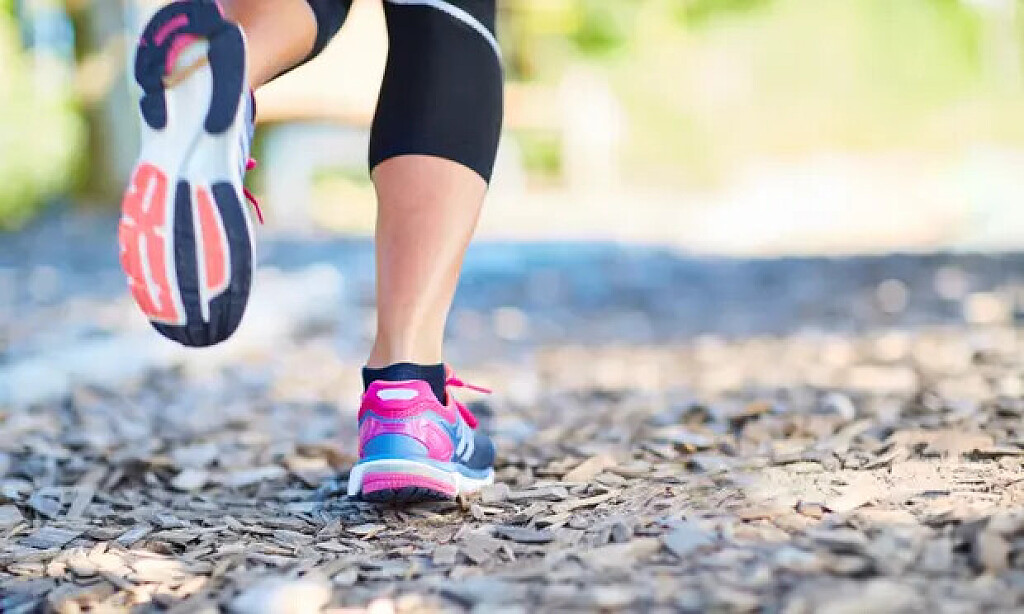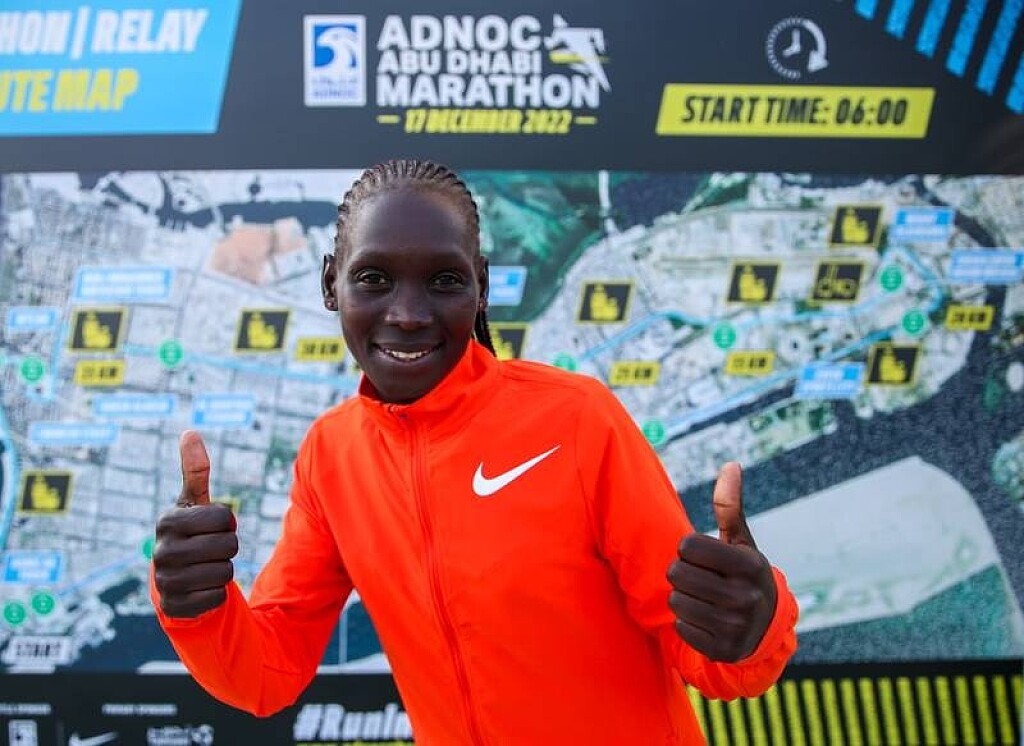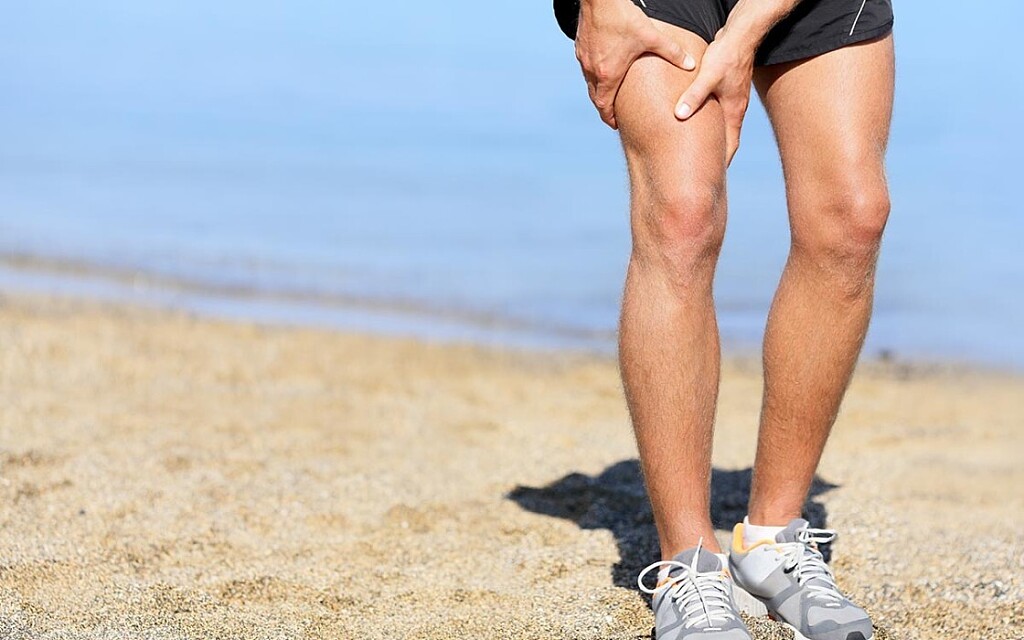Running News Daily
Running News Daily is edited by Bob Anderson in Mountain View, California USA and team in Thika Kenya, La Piedad Mexico, Bend Oregon, Chandler Arizona and Monforte da Beira Portugal. Send your news items to bob@mybestruns.com Advertising opportunities available. Over one million readers and growing. Train the Kenyan Way at KATA Running Retreat Kenya. (Kenyan Athletics Training Academy) in Thika Kenya. Opening in june 2024 KATA Running retreat Portugal. Learn more about Bob Anderson, MBR publisher and KATA director/owner, take a look at A Long Run the movie covering Bob's 50 race challenge.
Index to Daily Posts · Sign Up For Updates · Run The World Feed
Three Pre-Race and Race Day Myths
Runners put a lot of thought and planning into their training schedule, and rightfully so. The right combination of recovery, hard workouts, mileage and long runs are the main factors to running a new personal best.
However, an often overlooked, yet critical component to running fast is executing in the final days and hours leading up to the race.
Unfortunately, even small mistakes in this tiny window before a race can spell disaster no matter how fit you are.

To help you get the most out of your training and to maximize your chances of success on race day, let’s look at three of the most common pre-race and race day myths. More importantly, you’ll learn why and how to avoid making these same mistakes at your next race.
1.- Warming Up Will Make You Tired For The Race Itself.
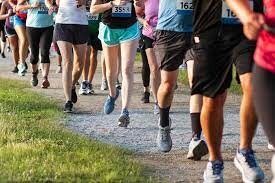
Many beginner runners devalue the importance of warming-up before a race. Not only will it help prevent injury by ensuring that your muscles are primed for hard running, but it will dramatically increase performance.
When I’ve polled runners about why they don’t warm-up, even when they know it’s beneficial, the number one reason is that they’re worried it will make them tired before the race.
Don’t feel ashamed if you’ve made this mistake, we all have.
I remember thinking my high school coach was crazy when he told me to jog for 15 minutes before the start of my race. “Uh coach, running makes me tired and I’ve got this big race to run you know.”
Luckily for my competitors at the time, I couldn’t have been more wrong.
Here’s the deal:
If you’ve put in the necessary training to prepare for your goal race, running 10 to 15 minutes easily before a race will absolutely not fatigue you in any way. You won’t burn significant glycogen (energy) and your muscles won’t get tired – guaranteed. It is even important to warm up for a marathon.
Warming up will slightly increase your core body temperature, which speeds oxygen throughout the body, primes the muscles for hard running, and triggers the neural pathways between your brain and your muscles to improve muscle contraction and power.
It gets better:
By warming-up before your races, you’ll toe the line ready for optimal performance, as opposed to needing the first few miles to get into a rhythm.
2.- Taking A Rest Day Before The Race Will Keep Your Legs Fresh.
The day before a race is an important day and full of decisions that can affect your performance – both positively and negatively. You’ve got to fuel properly and prepare your body and mind for optimal performance the next day. It’s not surprising then that one of the most common mistakes runners make is resting the day before the race.
Like the myth of not wanting to warm-up for fear of getting tired, many runners think that running the day before a race will only make their legs tired for the next day.
Unfortunately, not only will running the day before not make you tired, but it could dramatically improve your performance.
It doesn’t matter what race distance you’re training for, a 15 to 20-minute run is going to be considered nothing more than a shakeout.
If you’re recovery runs (probably longer than 15-minutes) during the hardest portion of your training cycle have enabled you to adequately recover between hard workouts, what would change the day before your race?
Nothing changes.
The run doesn’t tire you out and only serves to prepare your legs, body, and mind to perform optimally the following day.
The benefits
Ok, so we know now that running the day before won’t make you tired, but what are the benefits?
Like the warm-up, a run the day before a race helps improve blood flow to the muscles, which allows them to loosen up and delivers the nutrients and oxygen they will need for the intense running the next day.
For longer races like the half marathon and marathon, running the day before will even help your muscles store extra glycogen.
You’ll also stimulate the central nervous system, which responds quickly to new stimuli because the growth and recovery cycle is very short.
Want to know the best part?
You can make small improvements to your neuromuscular coordination in less than a day. Conversely, degradation of the neuromuscular system can occur in a day or two, which means if you don’t run the day before the race, your neuromuscular system isn’t performing at it’s optimal level.
This is the reason runners often feel lethargic and stiff when they don’t run for a day or two.
3.- Thinking “I’ve Got The Perfect Race Plan.”
A race will never go as planned.
It doesn’t matter how well-trained you are, or how much time you spent plotting the perfect strategy, something is going to happen that you didn’t expect.
Veteran runners have enough race experience that they’ve seen just about everything and are generally more prepared for any circumstance. Unfortunately, most beginner runners can be thrown off their target much easier and thus must practice and prepare to adapt.
The best way to prepare mentally for something going wrong in a race is to use visualization techniques in the weeks and days leading up to the race.
Visualize as many different scenarios you can think of and then imagine how you’ll feel and prepare a plan of attack in your mind. By conjuring up these emotions, sights, and sounds, you can prepare yourself to remain calm, collected, and execute in a chaotic environment. If any of your scenarios happen during the race, you’ll know exactly what to do and it won’t throw you off your game.
Have you fallen victim to one of these three common myths? Don’t be embarrassed, every runner does, especially when they first start racing. Keep this article in mind in the days leading up to your big race this spring and watch as your race performance improves without changing a thing in training.
(12/26/2022) ⚡AMPby Coach Jeff
Kipchoge wished the sporting fraternity God’s blessings during the holidays
World marathon record holder Eliud Kipchoge spent his Christmas Day with his family at his rural home in Kapsisiywa in Nandi County.
“I’m getting re-energised for the next season which has already started and my focus will be on the Boston Marathon where I’m debuting. I believe I will be able to do well just like the previous races,” said Kipchoge.
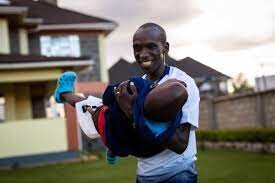
This year, Kipchoge ran a new world record of 2:01:09 in Berlin Marathon, lowering his previous record of 2:01:39.
Kipchoge will come up against defending champion Evans Chebet and 2021 winner Benson Kipruto in Boston.
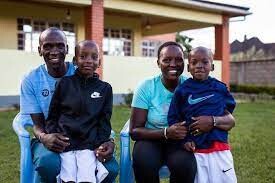
Chicago Marathon champion Benson Kipruto is also at his home in Kapsabet, Nandi County.
Kipruto is looking forward to a better season.
“I took a short break from training. I want to wish everybody a good festive season full of God’s blessings as we look forward to a busy season,” said Kipruto, who trains under the 2Running Athletics Club.
World 10,000m bronze medallist Margaret Chelimo is also in Kapsabet for the festivities but her eyes are fixated on winning gold over the distance in Budapest next year.
“We are celebrating Christmas but my training has been good since I resumed. I will be competing in various races just to prepare for the World Championships,” said Chelimo.
Athletes representative Milcah Chemos urged athletes to stay focused ahead of the new season and strive to run clean.
"We have a lot of competitions coming up this season. We have been fighting the doping menace for some time now and it is time the athletes reward Kenyans by avoiding use of banned substances,” said Chemos.
(12/26/2022) ⚡AMPby Bernard Rotich
Jakob Ingebrigtsen racing the Race of the Cursa dels Nassos
Definitely committed to the end of the year, the Cursa dels Nassos (Barcelona's San Silvestre) aims to get people talking about it almost as much as we talk about the San Silvestre Vallecana (Madrid) or the San Silvestre in São Paulo, which is the most popular in the world.
Definitely committed to the end of the year, the Cursa dels Nassos (Barcelona's San Silvestre) aims to get people talking about it almost as much as we talk about the San Silvestre Vallecana (Madrid) or the San Silvestre in São Paulo, which is the most popular in the world.

So bet big.
And bet on insurance.

Or perhaps Jakob Ingebrigtsen is not a guarantee of quality?
Olympic champion of the 1,500, world champion of the 5,000, multiple European champion of both distances, the Norwegian talent (22) has confirmed his presence in the short distance of the Nassos, the 5K, a race that will be held at 7:00 p.m. on the 31st of December and in which we could witness a European record: Ingebrigtsen will look for the 13m14s of the Italian Yemane Crippa, an objective that is within his reach, since the Norwegian has come to sign 12m48s45 in the 5,000m, record of the track test.
The organizers assure that Jakob Ingebrigtsen will not run alone, but rather escorted by his older brothers, Henrik (31) and Filip (29), European champions of the 1,500 in 2012 and 2016, a magnificent display of Norwegian athletics that includes Karoline Grovdal (32), European cross country gold in the last two editions, including the most recent, just a week and a half ago, in Turin.
Grovdal will run in the same distance, the 5K, where the Ethiopian Ejegayehu Taye (22), world record holder (14m19s from last year right here, in Barcelona), and the sharp German Konstanze Klosterhalfen await her.
The 10K will have been held earlier, starting at 5:15 p.m.
(12/26/2022) ⚡AMP
Cursa dels Nassos
Certain local traditions may strike you as funny, bizarre, or downright disturbing. You may know that the Catalans ring in the new year by eating one grape with each chime of the clock at midnight, but did you know about the man with many noses ('home dels nassos')? Folklore has it that there's a man who has as many noses...
more...Mohamed Katir will defend his win at San Silvestre Vallecana
Spanish athlete Mohamed Katir will try to repeat his victory at the Nationale-Nederlanden San Silvestre Vallecana which will take place on December 31 through the streets of Madrid.
One of Mola became last year First national athlete to win the traditional test In men since the guy from madrid did it Chima Martinez in 2003after clearly outperforming its competitors, with the best Spanish brand in history (27:45), and came in second place with Burundian Rodrigue Kwezira.
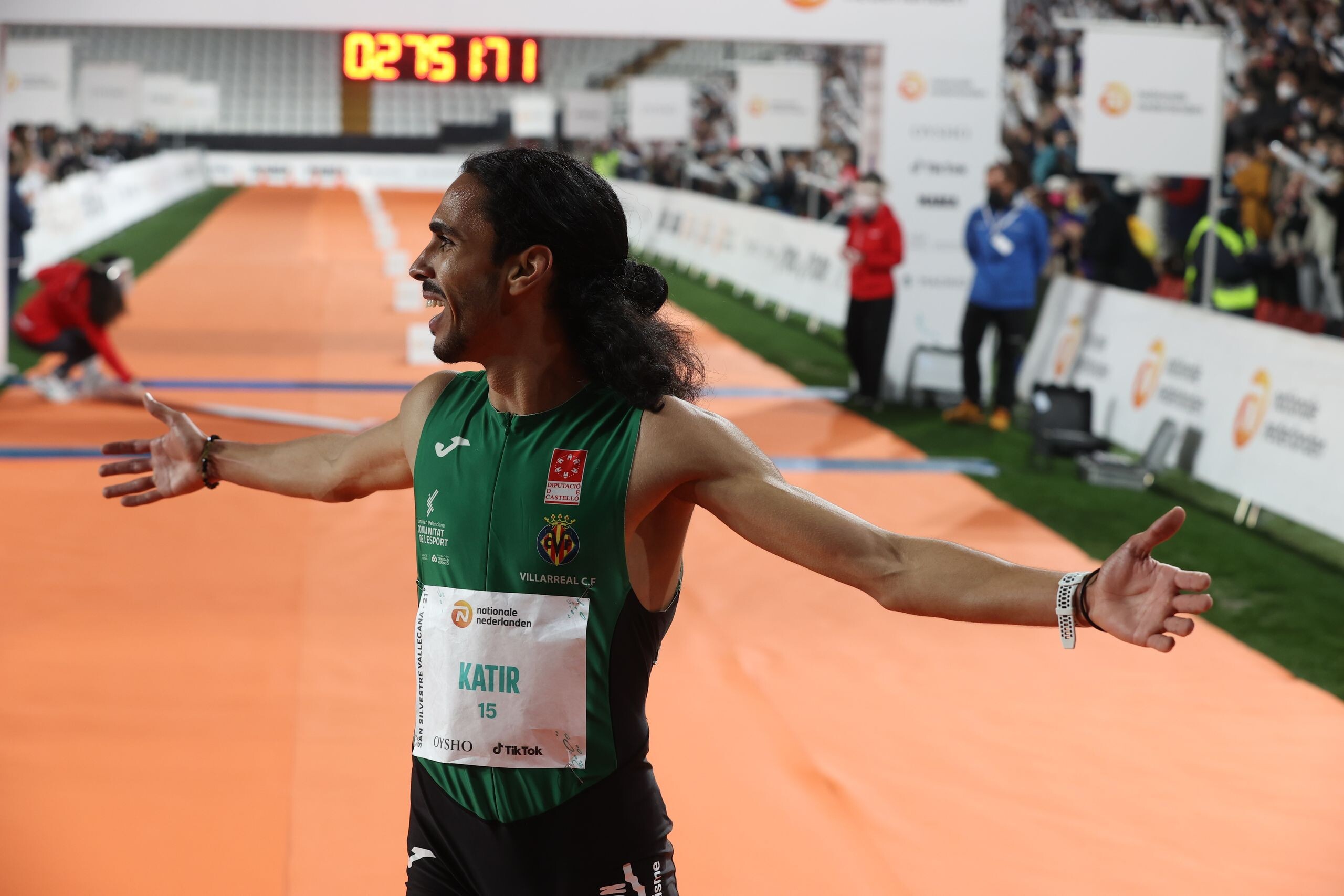
Now the challenge for Cater will be even greater. Since then, in addition to trying to repeat his victory, something that has not happened in the men’s category since 2015 when Kenyan Mike Kegen repeated, he will have to fight Uganda’s Joshua Cheptegei, Olympic champion in the 5,000-meter race meters.
Long distance runner He will try to bid farewell to the year 2022 with a new success After a season in which he finished second in Europe in the 5000m and won the bronze medal in the 1500m World Cup trials in Eugene (USA). On the other hand, Carlos Mayo, one of the top national specialists in the 10 km events, will also compete, as confirmed by the organization.
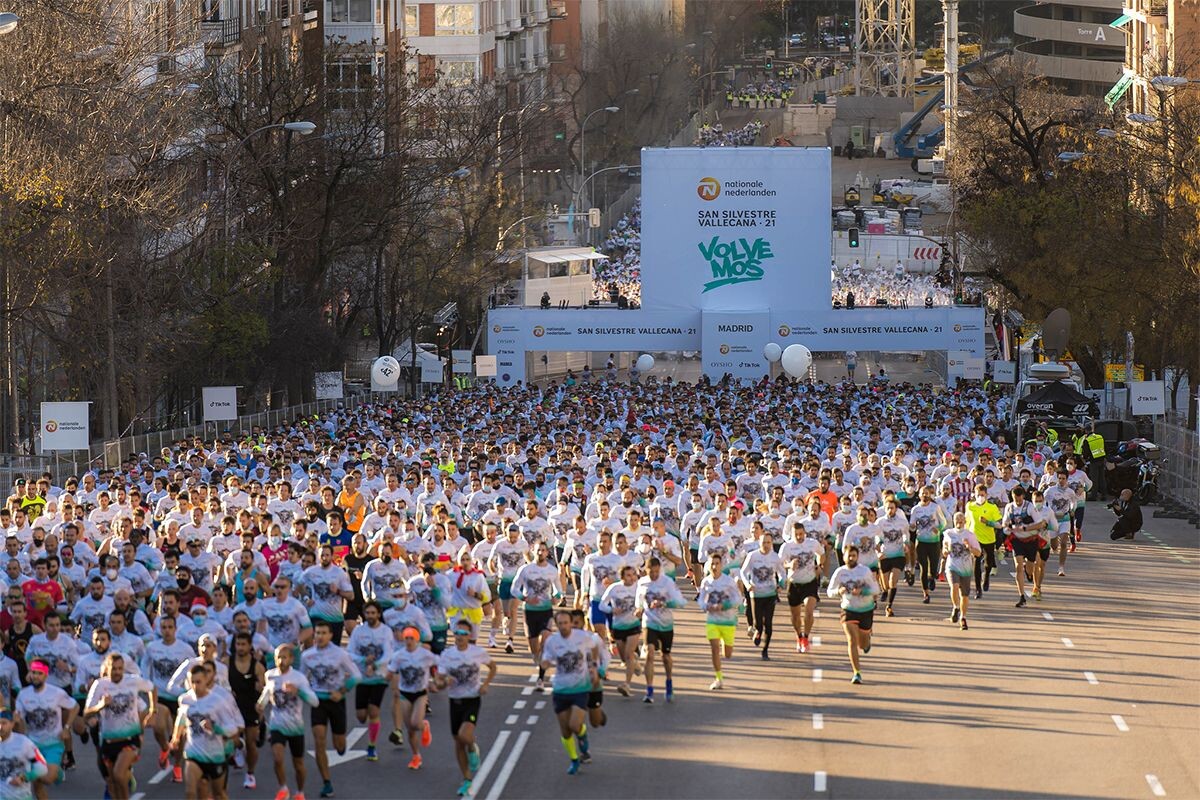
The Aragonese long-distance runner will for the first time take the traditional test through the streets of Madrid as he bids farewell to the year where he hopes to shine, buoyed by being the best. The current Spanish champion in the 10,000m race And the thirteenth in Tokyo 2020 and at the last World Cup in Eugene (USA).
(12/26/2022) ⚡AMPSan Silvestre Vallecana
Every year on 31st December, since 1964, Madrid stages the most multitudinous athletics event in Spain.Sport and celebration come together in a 10-kilometre race in which fancy dress and artificial snow play a part. Keep an eye out for when registration opens because places run out fast! The event consists of two different competitions: a fun run (participants must be...
more...Strava's Year in Sport: Canada is top running destination
Last week, Strava, the leading social media platform for endurance athletes, released the 2022 edition of its annual Year In Sport data report and listed Canada as the top running destination for U.S. runners.
What makes Canada the go-to destination for runners? Its amazing trails and hiking destinations! Sulphur Mountain Trail in Banff, Alta., the Sea to Sky Trail in Squamish, B.C., and Montreal’s Mont Royal (complete) were three of the most popular segments for U.S. runners visiting Canada.
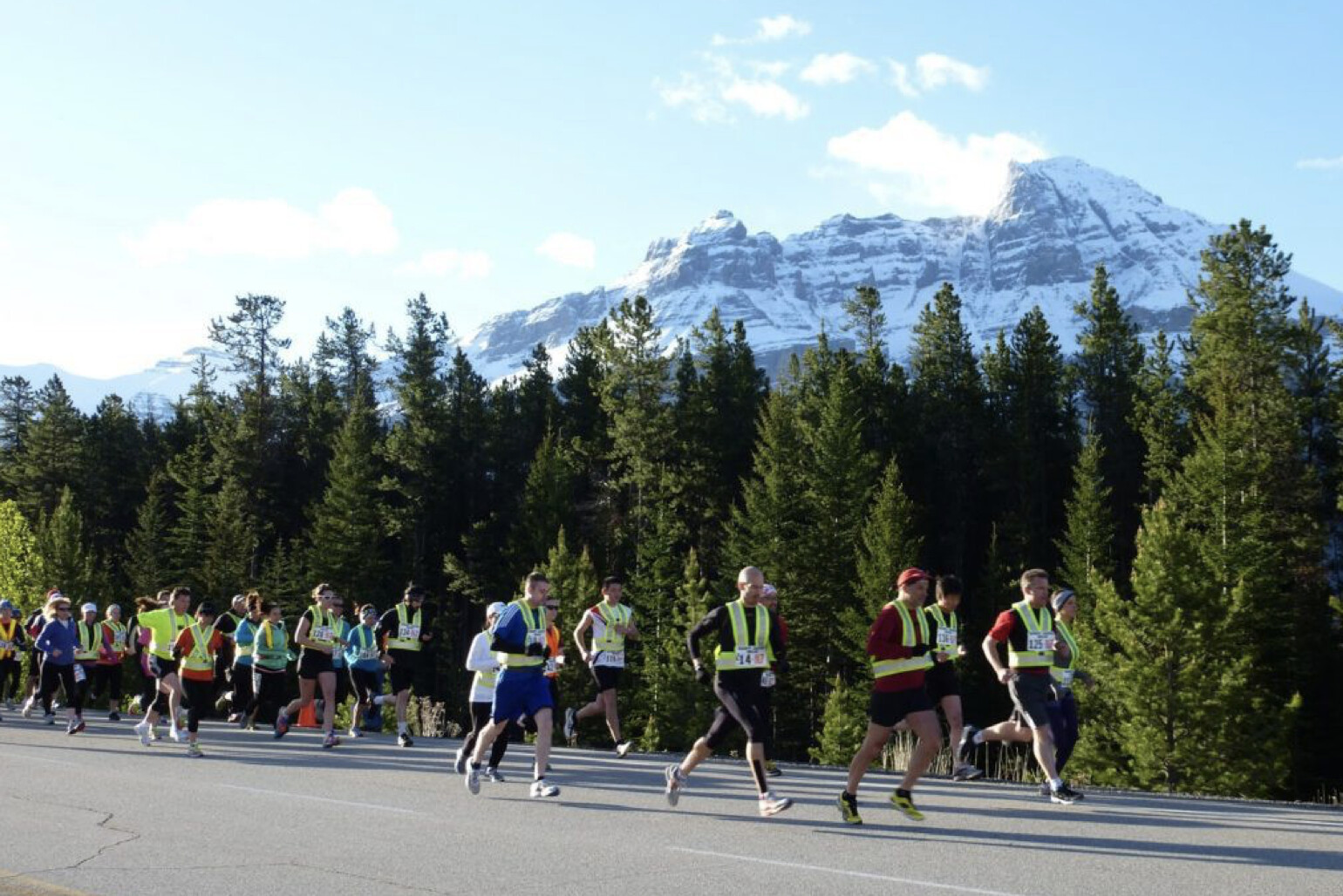
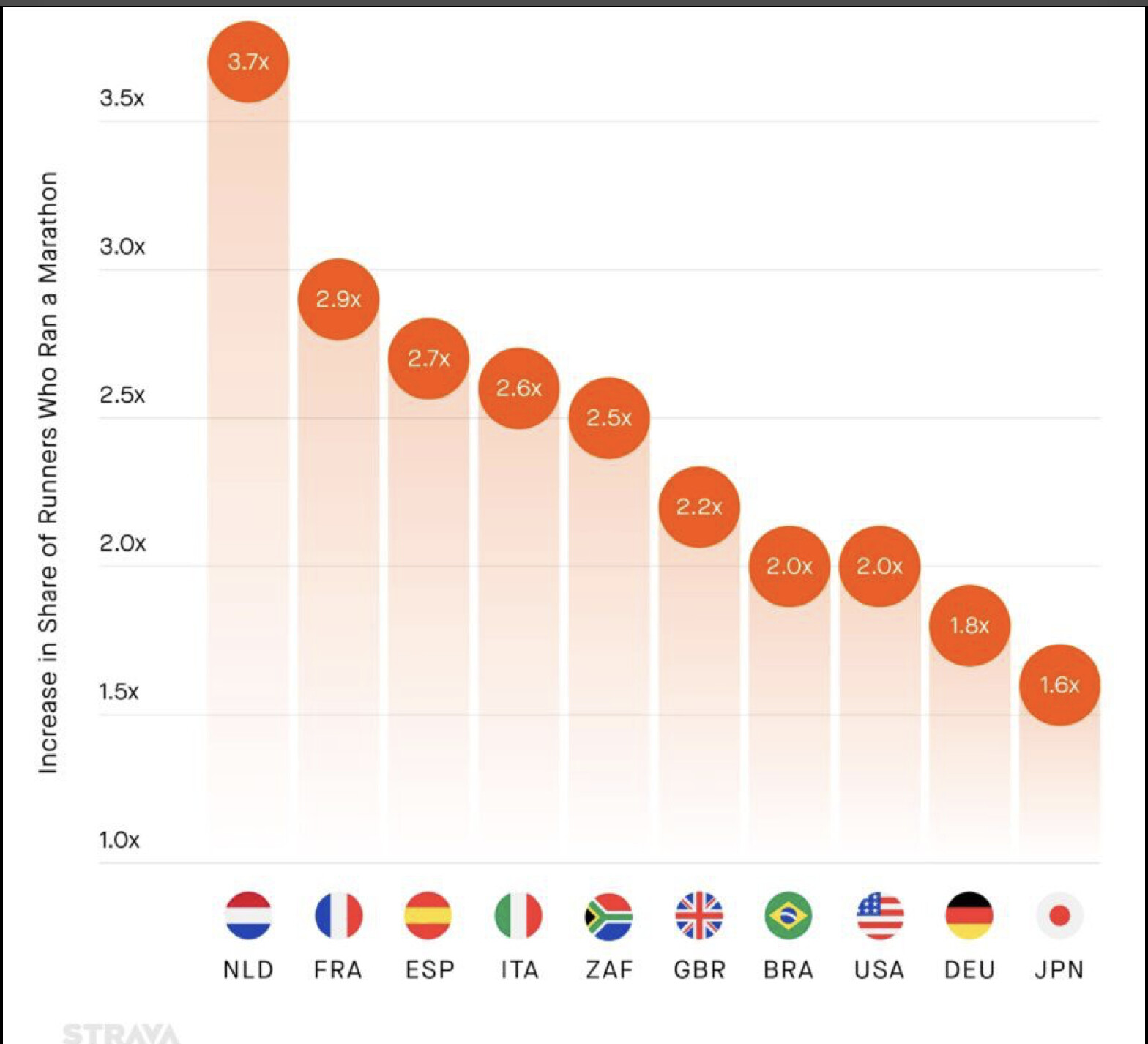
Other trends from 2022 show that the number of runners completing marathons doubled over 2021. This is evidence that pandemic-era runners have continued to run and are motivated to race together.
he Year in Sport review is an annual report from Strava revealing global trends in sports and active transportation, celebrating athletes’ achievements and memorializing stories from the community.
International travel is also back to its pre-pandemic numbers, with over 101 per cent growth in activities uploaded outside athletes’ home countries over the past year. There were seven billion activities uploaded to Strava in 2022 across all 195 countries, with almost 10 billion kudos exchanged between athletes.
(12/25/2022) ⚡AMPThis Musician Runs the Streets of New York City to Enhance His Creativity
Running is both energizing and calming for Jesse Malin.
Name: Jesse Malin Age: 55 Hometown: New York, New York Occupation: Musician Time Running: 25+ years Reason for Running: I run to feel energized, but running also calms me and gives me time to think and be creative.

I started running officially in my late 20s. I was always a hyper kid growing up, and running seemed a natural way to get rid of some energy. My nervous energy and anxiety seemed to subside when I was on a run and afterward. I felt cleansed.
In the 90s, I was playing with the band D Generation and I started to notice that if I was running regularly leading up to a tour, I had more energy and could withstand high-energy performances on stage. I just felt better.
About 20 years ago, I was training for my first New York City Marathon and also promoting a show I was doing with my new band. I was putting up flyers with Scotch tape around the city—which is illegal—and the police picked me up. Because it was a Friday, I subsequently landed in jail for two nights, and I missed that marathon. I got out of jail that Monday and they dropped the charge, but I was so disappointed and angry at the city and the police for taking it to that level. Still, I didn’t give up on running.
My buddy and I ran Central Park the next day and he said it was the fastest he had ever seen me run. I still wonder if it was the training or being locked up with all that emotion for two days that gave me the extra speed—a combo, probably.
Today, when I’m not touring, I run anywhere from three to five miles regularly, usually around New York City. One of my favorite runs is the “three bridges” run, which goes from near my Lower East Side house into other boroughs. I love seeing the river on my side and the tall bridges above me. It’s not very crowded. Once I am out there, I feel I have to stay and complete the run to the last bridge and back. There aren’t always a lot of cabs or trains to get me home, so I have to finish.
As a musician, I’ve found that running is the best cure for writer’s block. Running really helps to wake up my creative juices and get the blood flowing. It’s a time for me to work on my own lyrics. Who knows, maybe it will help me live longer, too.
Running is also a great time for me to listen to other artist’s music. I love fast songs from bands such as Motorhead, The Ramones, and Bad Brains. I also like to listen to new things I am writing or working on, too. It’s a good way to sort out what’s working and what isn’t.
On the flip side, running is also a quiet meditative time for me. Sometimes no music is great—and it’s a good time to hear what’s in my head. A lot of times I prefer to have a conversation with myself and work things out.
I’ve gone out running on the coldest and even hottest days in New York City, and always feel motivated when I see other people running. I also enjoy running with friends on occasion. Having someone to push you is motivating.
I’ve also found running helps me sleep better. I’m a fan of natural living as much as possible, and if I wake up with anxiety or have some thoughts, I need to work out. I always know going for a run can help me see a bigger perspective.
The rock/punk rock music industry is associated with a lot of drug use, and being destructive and unhealthy at times. It’s that whole mentality of live fast and die young, but I’ve always been about positivity—you can be wild and free and have something to say about society, but you don’t need drugs to do that.
When I’m on the road, I enjoy getting out of the hotel and exploring whatever city I’m in. It keeps me together, calms me down, and just centers me before a show. Because I’ve found that the audience relates when you have something to say about their city, it’s a good way to get to know a place.
I enjoy running around London—to me, it’s a lot like New York—and has good parks for running, including Hyde, Regents, and Greenwich. I wouldn’t be brave enough to run in the streets because I would have to dodge the traffic coming from the opposite way!
Also, when I’ve been touring, I’ve woken up at weird hours because of the time changes, and show schedules, so always being able to go for a run resets me while on the road. Sometimes it means a treadmill, but as long as it can crank up to the speed I want, I’m happy with it. Still, I always prefer running outside.
Once I got into running and it became part of my life, I felt like I had a special remedy in my back pocket; a special thing that I could bring with me anywhere, at any time. Running offers me a freedom and kind of a medicine, but more than that, a place of peace that I can tap into when I need it.
I always like to remember how powerful a new day can be. Each morning when the sun bursts up, if I can jump out of bed and if I can get a run in, I feel so much better. It’s that forward motion that keeps me going, inspired, and happy.
Until I really started running, I was unaware of how great and helpful forward motion is for creativity. I have so much going on in my head and in my life that standing still doesn’t always open new channels of inspiration. I crave the energy, but also the motion. It is somehow easier to write new things and see the world clearer with a different perspective than when you are at a desk or on a couch, or, for that matter, a studio or practice room. I like the positive vibes and the blood flow waking you up.
I think no run is too short. Like so many wonderful things in life, if you just do it, it will become easier to do more. Take the pressure off yourself and start with short distances, a mile or so. You will find yourself feeling so good that you will end up doing more and surprising yourself. Like the good folks in the band Parliament Funkadelic have said, “Free your ass and your mind will follow.”
These tips have made my running journey a success:
1. Don’t compare yourself to others
Go at whatever pace feels good to you.
2. Stay hydrated
Drink lots of water or organic juices, like coconut.
3. Bring some music or an audiobook on long runs
It helps pass the time and can be motivating.
Jesse’s Must-Have Gear
→ Adidas Track Suit: Like Run DMC, I like this because it’s light and easy to wear when you get up to those long fast miles and the burn is on.
→ Nike Air Zoom Pegasus: They feel smooth, light and unobtrusive. You forget you have them on in a good way, but yet I still feel secure and protected on the crazy city streets.
→ Bad Brains: This band, who play so tight and precise, makes me want to do my best out there. Their music gives me focus and a power like I am on a mission to get down those miles. They’re lyrical message of PMA—Positive Mental Attitude—in songs like “Attitude” and “Rock for Light” lets me know I am not alone on this journey and that the struggles are part of the ride.
(12/25/2022) ⚡AMPby Runner’s World
Do Runners Drink Too Much Alcohol?
A growing body of research says that no amount of alcohol is good for our fitness and health. It’s time to rethink our relationship with booze.
Pro ultrarunner Coree Woltering doesn’t do anything halfway. “If I’m going to do it, I want to do like 120 percent, no matter what it is,” he says. When he brings that attitude to his running and racing, the results speak for themselves—like setting a new fastest known time on the 1,000-plus-mile Ice Age Trail across Wisconsin in 2020.

However, Woltering also brought that attitude to the bar. “It wasn’t just a ‘let’s have two beers and be done’ thing,” says the 32-year-old from Dalton, Georgia. Two beers at his house would lead to four more at the bar. “Six a night would be normal.” The results were noteworthy—but in all the wrong ways. His training became inconsistent. After long nights out, he’d sometimes skip sessions. When he did get out to run, he found his focus and mental fortitude lacking. Woltering doesn’t take over-the-counter pain management medications like Tylenol or ibuprofen. Instead, he’d slam a beer or two late in a race, hoping to hush the screaming of his feet and legs.
This approach is not unusual, says David Wyrick, PhD, a public health education professor and the director of the Institute to Promote Athlete Health & Wellness at the University of North Carolina, Greensboro. Wyrick studies alcohol use among student-athletes. Pain control is one of three primary reasons athletes report using alcohol (along with stress management and as a way to celebrate). Though, when it comes to pain, “there’s no evidence that alcohol has medicinal benefits,” says Wyrick.
Almost all the benefits Americans attribute to alcohol—that it is good for the heart, helps you sleep, eases pain—are false, says George F. Koob, PhD, director of the National Institute on Alcohol Abuse and Alcoholism. “The truth is, there’s no safe amount of alcohol, not even one drink a day,” he says.
And yet: Running culture—which is otherwise populated by protein-shake-drinking, heart-rate-tracking, health-obsessed fitness nuts—is enmeshed with drinking. From brewery-based runs to the infamous beer mile to groups with the motto “a drinking club with a running problem,” alcohol is as much a part of the fabric of our sport as energy gels. But the fact is, alcohol destroys lives and families. Running culture that glibly celebrates it is feeding that destruction.
Pulling them apart doesn’t mean eliminating alcohol. Koob has spent the last eight years working on issues around alcohol abuse, yet he describes his own approach to alcohol as “one eye open.” A glass of beer or wine every now and then? That’s fine for most runners. But blithely telling yourself beer is a recovery drink because it has carbs and your Tuesday night run ends at a bar? Not so much.
It’s time to take a good look at what we know—and don’t know—about alcohol’s relationship to our health, running performance, and mental well-being.
Booze and Sleep Don’t Mix
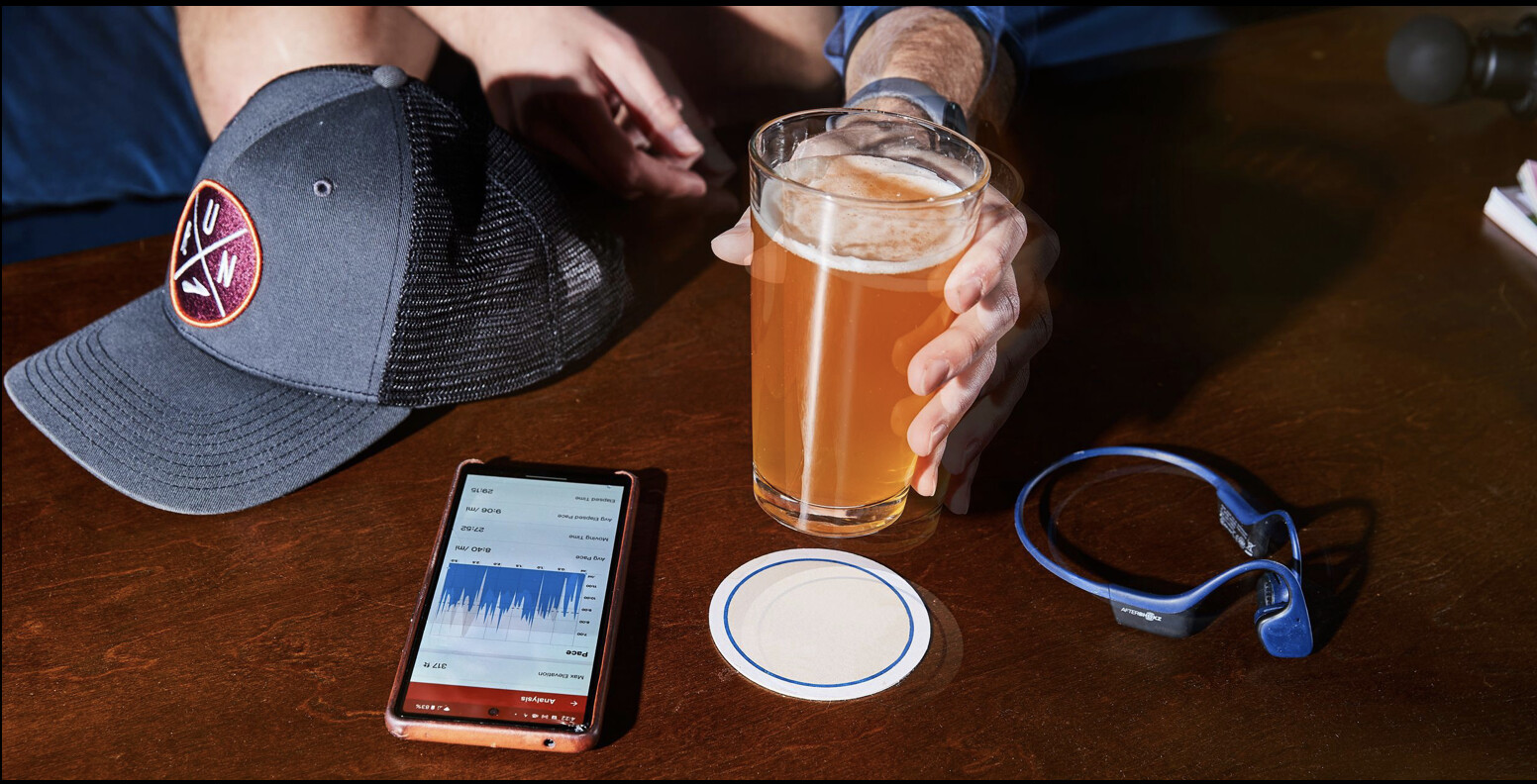
Three years ago, journalist Lisa Slade, a 38-year-old recreational marathoner, purchased a Whoop wearable device. Each morning, Whoop prompted her to input data about what she did before bed. Questions included: Did you eat a big meal? Are you under a lot of stress? Did you consume alcohol last night?
At the end of the first month, Slade got a summary of her data. “Pretty much the only thing I noticed that negatively impacted me to an alarming amount was alcohol,” she says. Slade had considered herself a light drinker—maybe a beer while making dinner, or two cocktails if she was out with friends. Even that low dose, though, was affecting her recovery times and sleep quality by as much as 20 percent. “I could tell that I was having a harder time recovering from it,” she says. After “just one or two drinks, I’d wake up and wouldn’t feel so good, like I hadn’t slept super well.”
Emily Capidolupo, senior vice president of data science and research at Whoop, says Slade’s revelation is common among new Whoop users. She adds that many cut back on drinking after a few months of using the wearable, which uses biometric data like heart rate, heart-rate variability, respiration rate, and sleep quality to score a user’s overall recovery. Alcohol “is one of those things we know is bad for us, but we don’t realize quite how bad,” she says. When Whoop presents the data in a tidy end-of-month report, it’s clear for many users that alcohol is a poison. “It’s a fun poison,” says Capidolupo. “But it’s poison.”
When you head out for beers after an evening run, you put an extra task on your body’s to-do list. In addition to recovering, it now must divert energy to breaking down the alcohol entering your bloodstream, inhibiting crucial functions like repairing exercise-induced muscle damage. Alcohol also impacts your immune system, blocking inflammatory responses vital to this process. For chronic drinkers, the negative effect on immunity can lead to more illness and fewer training days.
Compounding the issue, though, is that the most popular time to imbibe is in the hours before bed. Alcohol wrecks sleep quality, says Christopher Winter, MD, a Charlottesville, Virginia–based sleep specialist and host of the Sleep Unplugged podcast. If this seems counterintuitive, and a single beer makes you drowsy, you’re not alone. Alcohol is the most popular sleep aid in the country, he says, but that’s because most people don’t understand the difference between being sedated and being asleep.
Alcohol suppresses your central nervous system. That is not high-quality rest. Since alcohol relaxes a lot of the muscles involved with breathing, you may breathe less deeply as you sleep, lowering your oxygen saturation levels, says Winter. When you’re not getting enough oxygen, your body’s natural response is to wake you up. Alcohol also suppresses deep sleep, which is when your body makes growth hormone.
“If you’re grinding out the miles and trying to recover before a race or your next training session, alcohol impairs your ability to do that,” he says. It may also interfere with the secretion of melatonin, a hormone associated with sleep, which can mess with your shut-eye schedule causing daytime drowsiness and nighttime restlessness—so you reach for another beer. If you do plan to drink, drink less and do it very early, says Winter. “There really is no way to sidestep its negative properties.”
Not being able to fall asleep can cause extreme anxiety, especially as you count the minutes wide awake until the alarm says it’s time to get up. Many people turn to alcohol to dull anxiety, though it’s neither good nor effective, says Winter. It may mask the issue for a night, but it won’t give you the rest you need. If you’re struggling to get to sleep at night, first clean up your sleep hygiene by logging off devices and stress-inducing news sources at least an hour before bed. Consider meditation or quiet journaling, which can help you unwind, says Winter. And if you’re still worried about your sleep quality, take the issue to a sleep specialist.
The Pandemic Didn’t Help
J.R. Jamison, a 43-year-old Indiana-based author and NPR host, took up running 10 years ago and eventually lost 80 pounds. He was healthy and fit and loved how running got him out into the world. But when the pandemic hit, he found it difficult to differentiate between weekends and weekdays.
Jamison admits his weekend drinking habits had always been on the heavy side. But when Tuesday night started to feel just like a Friday night and no one was going anywhere, weekend drinking became everyday drinking. Next thing he knew, the running habit that had changed his life had fallen by the wayside. “There’s no doubt that substance use disorders have skyrocketed since the pandemic,” says Dave Rabin, MD, PhD, a San Francisco–based psychiatrist. A CDC report from August of 2020 found that 13 percent of Americans started or increased their use of substances like alcohol during the first six months of 2020.
Rabin says that, at its core, substance use stems from a human desire to avoid discomfort like stress, anxiety, or lack of control. And if we haven’t learned healthy, long-term strategies for managing discomfort, we look for something to alleviate that discomfort. Alcohol often produces the desired numbing effect.
As Jamison found himself drinking more, he had less energy and motivation. He’d wake up with brain fog and struggle through a day of work. With no impetus to run, and little accomplished professionally, he’d reach for a drink each night.
What’s so insidious about alcohol and other sedatives, says Rabin, is that these drugs numb our frontal-cortex activity, decreasing our insight and judgment. As a result, we unwittingly train ourselves to embrace a casual attitude toward self-reflection—and wind up oblivious to our problematic behavior, he says.
Running, however, does the opposite. It results in a neurochemical response in the brain, with endogenous pleasure molecules, endogenous opioid molecules, and endogenous cannabinoid molecules, plus dopamine and serotonin, all releasing on cue like one glorious feel-good chorus. This is why addiction specialists often recommend it as a coping mechanism for those struggling with alcohol use disorder, says Rabin.
But running won’t help if you can’t summon the motivation to do it. It took Jamison more than a year to rediscover his enthusiasm. As 2021 came to a close, he committed to Dry January. “I didn’t have a drop to drink throughout January, and I started to notice that I wasn’t waking up anymore with headaches,” he says. He started running again. “I liked the way I felt. I was happier. I just decided not to drink again, and I haven’t.”
The Myth of Healthy Drinking
Not long after Lisa Slade saw the effect of alcohol on her Whoop data, she clicked around the Internet looking for more info on why the impact was so dramatic. “We’ve been told our whole lives that a beer or a glass of wine is heart-healthy,” says Slade, who has since cut back her drinking. “But I was reading studies about the effects of alcohol and it turns out that maybe it’s not good for you at all.”
Alcohol is a known carcinogen, a substance that can cause cancer, says Tim Rebbeck, MD, a professor of cancer prevention at Harvard University. When you drink, your body relies on two enzymes to break alcohol molecules into pieces small enough for removal from the body. That breakdown process creates a byproduct called acetaldehyde. Laboratory, animal, and human studies have all shown that acetaldehyde causes DNA damage to cells, and this damage can lead to cancerous tumors. “We are sure that alcohol is a causative factor in some cancers, and it’s supported by lots of different lines of evidence,” says Rebbeck.
Getting the word out that alcohol—like tobacco—is a carcinogen has been difficult for several reasons. For one thing, alcohol is socially acceptable and even socially encouraged. Furthermore, the relationship between alcohol and cancer is more complicated than smoking’s direct link to lung cancer. Head, neck, liver, and breast cancer all have strong links to alcohol, says Rebbeck. But, of course, some people who never drank a drop will still get breast cancer and vice versa. “It’s a complex story, and people have a hard time digesting complex stories,” he says. And how much of a role alcohol played in any one person’s cancer development is an impossible equation to tease out.
As for a glass of wine being heart-healthy, recent research has debunked that advice, says Koob. The early studies concluding that it helps your heart were based on the resveratrol in red wine, but the amount you’d have to drink to get the benefits of the compound would tear your liver up, he says. A 2019 study published in the Journal of The American Heart Association confirms this, finding that heavy drinking is a risk factor for cardiovascular disease.
Even studies that find some benefit to drinking may not hold up under scrutiny. Over the years, a handful of meta-analyses of all-cause mortality among drinkers versus nondrinkers found a “J-shaped curve” between the two. Basically, mortality was slightly higher for nondrinkers, but dipped for moderate drinkers, and then rose sharply for heavy drinkers, forming a J. This would appear to make the “glass of wine for heart health” statement true. But in 2015, researchers took a closer look at these studies. When they teased out exactly why many abstainers did so, they found a confounding variable: These people were eschewing alcohol because of existing health concerns. In other words, they were less healthy than the moderate-drinking group to begin with. When researchers adjusted the data to account for abstainers with outstanding health concerns, the initial hump on the J flattened out.
Studying alcohol use and health effects is difficult, in part because people often don’t remember how much they consumed or because they aren’t being honest about it, says Rebbeck. That makes giving recommendations on how much and how often to drink difficult, too.
Interestingly, not a single expert interviewed for this story told us to stop drinking. Several mentioned that they occasionally enjoy wine and beer. “‘Don’t ever do anything that might harm you’ is not useful messaging,” says Rebbeck. Life is full of things that can harm us. Overly charred toast. Processed meats. The flame retardant on our couches. Uneven sidewalks waiting for unsuspecting runners.
A better approach is to consider your personal risk factors, your tolerance for risk, and the joy that alcohol—in moderation—brings you. If you have a family history of breast cancer, or head and neck cancers, you may decide the risk isn’t worth it. If you don’t, drinking in moderation may be a risk you’re willing to take. However, “limiting your exposure to alcohol is the bottom-line answer,” Rebbeck says. “You are consuming a carcinogen. How much of that do you really want?”
The Longest Race: Sobriety
For Coree Woltering, that amount was zero. On November 1, 2021, Woltering got sober. In past years, he’d taken time away from drinking and seen an improvement in his training. But then he’d go back to drinking—and plunge off the deep end. There wasn’t a happy medium where he just had one beer every other night. “It wasn’t just like I drank to get drunk,” he says. “I really enjoyed the taste of certain wines, certain beers. But that’s part of the problem, I enjoyed it to 150 percent.”
A week of sobriety passed. Then another. He jumped in to crew a friend through an ultra and got offered a shot of Fireball at an aid station. When he turned it down, everyone was surprised. “They’re like, ‘Oh, are you not feeling well?’ I’m like, ‘No, I feel great. I’m just not drinking.’ And everyone’s like, ‘Oh, are you sick?’ ‘No, I’m not sick. I’m just literally not drinking.’” That drinking culture and running culture knot is tight.
In the first month, Woltering focused on consistency. He set a goal to run every day in December and hit 30 of the 31 days. Over time, the awkwardness with friends abated, and Woltering found a community of similarly sober athletes. But his performance wasn’t doing the about-face he’d hoped for.
The second month was the rough one. “It was like, ‘Oh, now I feel every little pain in my body,’” he remembers. And then there was the FOMO. “It’s like, for the rest of my life, am I missing out on all these beers and wine that I haven’t tasted yet?”
It would take Woltering six months to get back to a place where he felt good. Yet he wasn’t seeing the times he’d hit in previous training peaks. That was frustrating. Giving up alcohol was supposed to be this golden ticket to better health.
Finally, eight months into sobriety, things started to click. His times began to improve. Those better numbers bolstered his commitment to the sober path. And then, in October of 2022, three weeks before hitting a year of sobriety, Woltering won the Blue Ridge Ultra 50K. It was his first ultra victory since 2019. He celebrated with cake and ice cream.
(12/25/2022) ⚡AMPby Runner’s World
John Babington, Who Coached Bronze Medalist Lynn Jennings, Banned by SafeSport
The prominent coach, who worked in the Boston area from the 1970s to 2013, is accused of sexual misconduct with a minor and physical misconduct.
John Babington, the longtime coach of 1992 Olympic bronze medalist Lynn Jennings and an assistant coach for the 1996 U.S. Olympic team, has been banned by the U.S. Center for Safe Sport.

Babington is listed in the SafeSport database with “permanent ineligibility” next to his name. The misconduct is described as “sexual misconduct involving a minor” and “physical misconduct.”
His ban is subject to appeal.
A spokesman for the U.S. Center for SafeSport wrote in an email to Runner’s World that the center does not comment on disciplinary actions “to protect the integrity of its investigative process.” The database will be updated when the period to file an appeal lapses or when a final outcome of arbitration is determined.
It is not known whether Babington, 77, currently does any coaching. He did not respond to a call and message from Runner’s World.
Babington was a coach of the women’s Liberty Athletic Club in Boston during the 1970s, and he was also the coach of cross country and track & field for 26 years at Wellesley College, from 1987 until 2013.
An article by the Boston Globe reported that SafeSport’s investigation concluded that Babington engaged in sexual misconduct with two minor girls and unwanted physical misconduct with a female collegiate athlete he coached. The incidents occurred from the mid-1970s to the 1990s.
“I have acknowledged some merit in some of the allegations in this case and have expressed my regrets that anything occurred,” Babington told the Globe.
Jennings worked with Babington starting in her teen years. In 1978, as a 17-year-old, she ran the Boston Marathon without a number, defying Babington’s wishes. According to a 2012 Runner’s World article about Babington’s coaching accomplishments, after that Boston Marathon, Jennings and Babington stopped working together for a decade.
They reunited in the late 1980s. Jennings went on to win three world cross-country titles and the bronze medal in the 10,000 meters at the 1992 Games in Barcelona, where she ran 31:19.89.
Efforts by Runner’s World to reach Jennings were unsuccessful.
In an email, a Wellesley College spokesperson wrote, “Wellesley was unaware of this decision until this inquiry and does not know if Wellesley students were part of the complaint. We were aware that SafeSport was investigating John Babington, who retired from coaching at the College in 2013.”
(12/25/2022) ⚡AMPby Runner’s World
How To Run Short-Rest Strides To Improve Sustainable Speed
When we interviewed Adam Peterman in November, he described doing strides twice per week. That's interesting, but expected. Strides are a near-universal element of road runner training, where the margins separating the best athletes are paper thin. So it makes sense that trail runners would be doing strides too.
Adam described 8 x 20 second strides with just 40 seconds of easy running recovery. That's a pretty narrow recovery window! The men that Missy Elliott does not want last longer than 40 seconds. It's definitely not enough time to completely recover from a full-gas stride. Are we seeing a one-off phenomenon, or something with general takeaways for all runners?
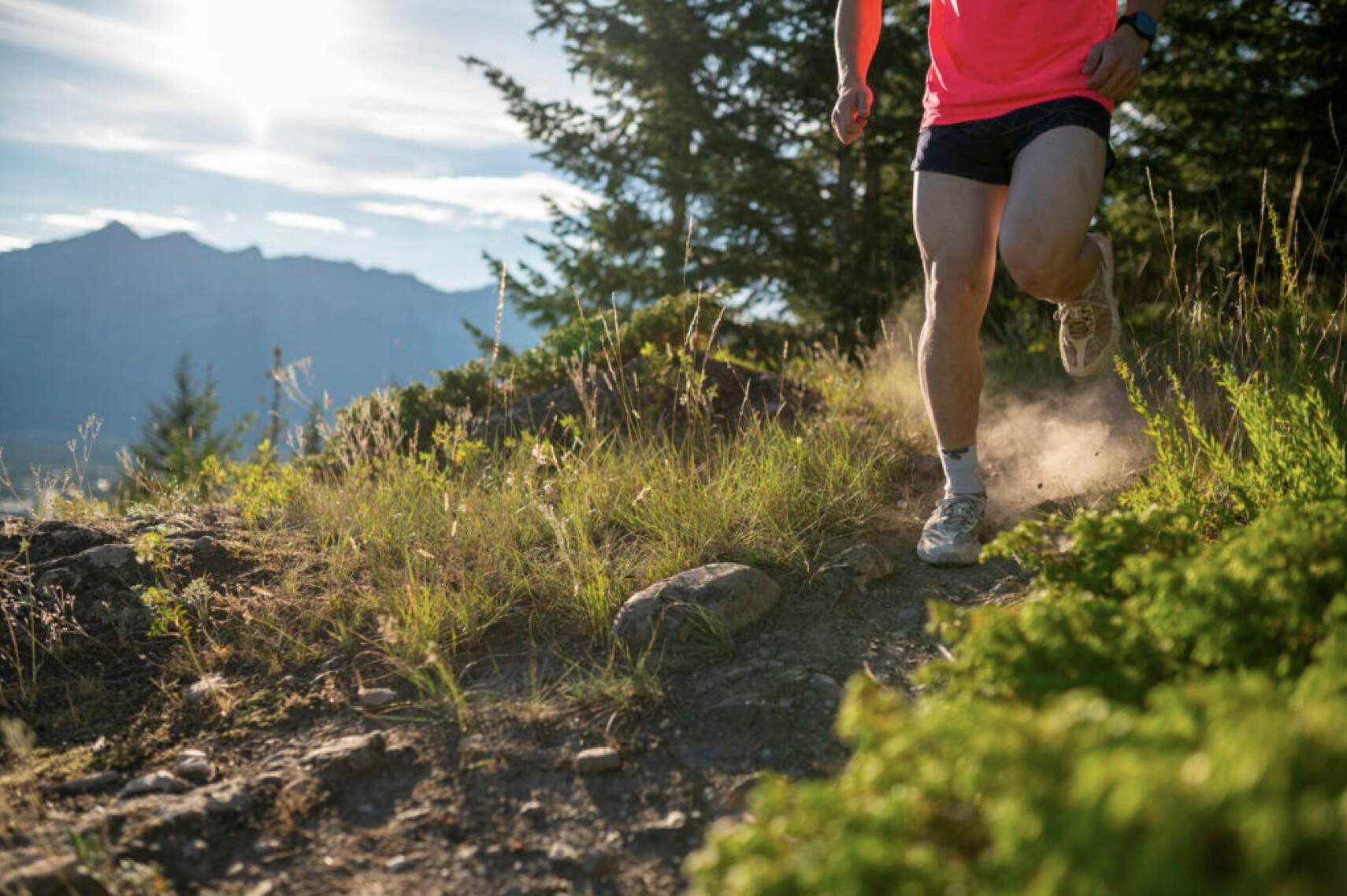
I think that Adam's approach to strides demonstrates a cool training wrinkle that I have somehow never written about after all of these years. What a perfect excuse to dig into a fascinating training element! Let's get spicy, safely.
Training Theory Context of Strides
Mention short-rest strides to any training theory sicko, and the first thing they'll think about will probably be "diagonals." Common in many training camps in East Africa, diagonals consist of fast strides from one corner of an endzone to the opposite corner, with easy jog recoveries along the goal-line between each. Athletes will sometimes do diagonals for 30+ minutes, having it be a secondary workout focusing on speed endurance that has limited recovery cost.
Here's where it gets wild and a bit creepy. Reports from the camps often say that the diagonals take just under 20 seconds, and the recoveries take just over 40 seconds. My co-coach Megan used diagonals as one of her primary workouts to win multiple trail national championships. Similarly, track pros who do fast straights with turn recoveries often approximate the 20:40 second ratio. Who does that remind you of? My god is that Adam Peterman music?!
In running and cycling, 30/30s have overlap too. The Uphill Athlete coaches describe introducing intensity via up to 30 minutes of 30/30s for advanced athletes, saying that "the 30 seconds is just long enough for the athlete to accelerate up to a high speed, hold it for 15-20 seconds, and then decelerate into the rest." They say it improves high-end speed without significant metabolic cost, and cite that 30/30s are used by Kilian Jornet. I'd start fueling my runs with ivermectin if it was used by Kilian Jornet.
Physiologist Veronique Billat theorized that 30/30s maximize adaptations for velocity at VO2 max in runners, pioneered in a 2000 study in the European Journal of Applied Physiology. Theoretically, the session harnesses the principle that athletes stay at VO2 max for a few seconds after they stop running at VO2 max, so short-rest intervals optimize time spent at both fast speed and high aerobic demand. Cycling has adopted 30/30s, with top pros posting videos of these types of sessions.
They may even share some evolutionary lineage with "Tabatas," 20:10 second ratio intervals popularized after a 1996 study showed they had outsized benefits for some athletes (though see this article I wrote last year for an explanation of the time-horizon with Tabata intervals).
(12/25/2022) ⚡AMP
by Trail Runner Magazine
Want to Run Faster? Here’s How to Do It, increasing your speed and endurance with these tips
There’s no doubt about it: Running can be hard. But it doesn’t have to be!
“The goal of running faster,” says professional marathoner Stephanie Rothstein-Bruce, “is to run more economically and use the least amount of energy that you can.”
This becomes particularly important in long-distance running. After you’ve run 20 miles, the last thing you want to do is expend any extra energy — you don’t have much of it left! With a few smart tweaks to your routine, you can run much more efficiently with the energy you have — without having to pop an extra gel.

5 Tips to Run Faster, Starting Now
1. Roll Out.
You may foam roll after your workouts, but if you’re not foam rolling before, your body may not be ready for the workload you’re about to subject it to, says Daniel Viera, USA Triathlon Full Throttle Endurance coach. “Most of the time, the muscles can handle it,” he says, “but you want to make sure the tendons, ligaments and joints are ready.” Be sure to hit the glutes, hamstrings, quads, hips, calves and IT bands, spending 30 to 60 seconds on each muscle group before launching into your dynamic warm-up.

2. Drill, baby, drill!
Running fast isn’t about just running forward in a straight line. Drills such as butt kicks, high knees and Russian kicks (resting on one leg and kicking the other) increase proprioception (one’s perception of his or her body and the strength of effort being used in movement) and coordination, says Viera. He recommends beginning the drills slowly and increasing speed and velocity as you get comfortable with them. The payoff: Your body will learn to fire the correct muscles at the proper time.
3. Mix up the pace.
Running your fastest speed at every workout isn’t the key to getting faster, says Viera. As counterintuitive as it sounds, running slower can actually help you get faster! He suggests mixing things up with a slow endurance run, a tempo run and some speed work at a track at least once a week. “Working on your heart, lungs and muscles is the key to becoming a more efficient runner.”
4. Make your form work for you.
Guilty of swinging your arms across your body when you run? “The side to side motion is wasted energy for your arms as it forces your hips to counter the motion instead of powering you in a forward motion,” says Rothstein-Bruce (who runs a 2:29 marathon, so she knows a thing or two about running efficiently). She recommends practicing seated arm drills by sitting with the legs at 90 degrees and swinging your arms back like you’re beating a drum. And when it comes to “running tall,” imagine someone is pulling you up by your hair while maintaining a slight forward lean.
5. Get new sneakers!
Often, pounding the pavement in old sneakers can lead to injury, says Viera, and injured muscles are certainly not as efficient. Make sure to get fitted for new sneakers every 300 to 500 miles. And be sure to properly break them in by walking for a few miles before lacing up for a long run.
(12/24/2022) ⚡AMPby Theodora Blanchfield
Daniel Mateiko sets sights on World Championships
The 2022 Istanbul Half Marathon's runner-up Daniel Mateiko is targeting a podium finish at next year’s World Championships in Budapest, Hungary.
This is after skipping Athletics Kenya's national trials for next year's World Cross-country Championships.
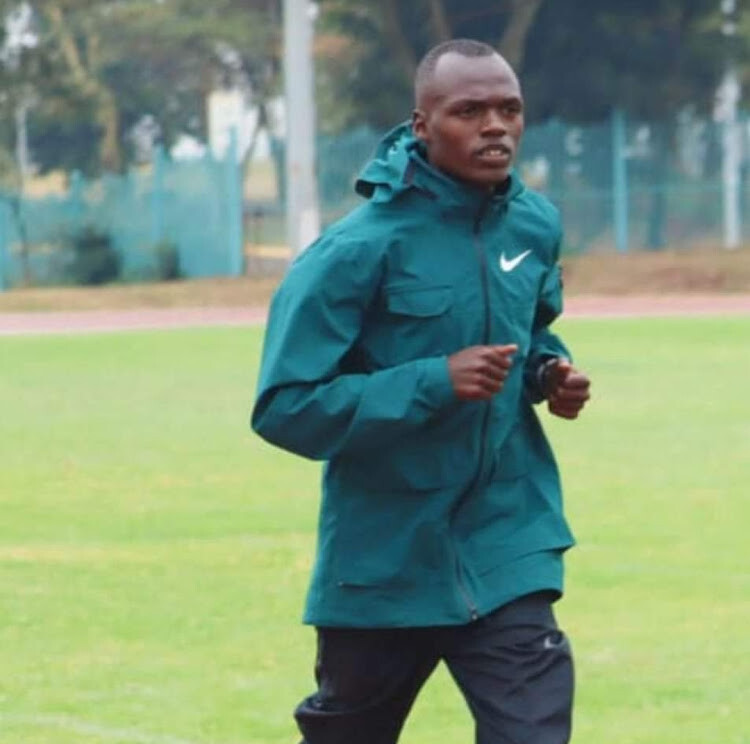
Mateiko, who finished eighth (27:33.57) in the 10,000m during this year’s trials, said his main focus now is to qualify for the World Championships.
“My primary focus is on the World Championships, where I intend to finish among the top three athletes. I had really wanted to participate in the Word Cross-country Championships but the trials caught me off guard…I had not trained well,” Mateiko said.
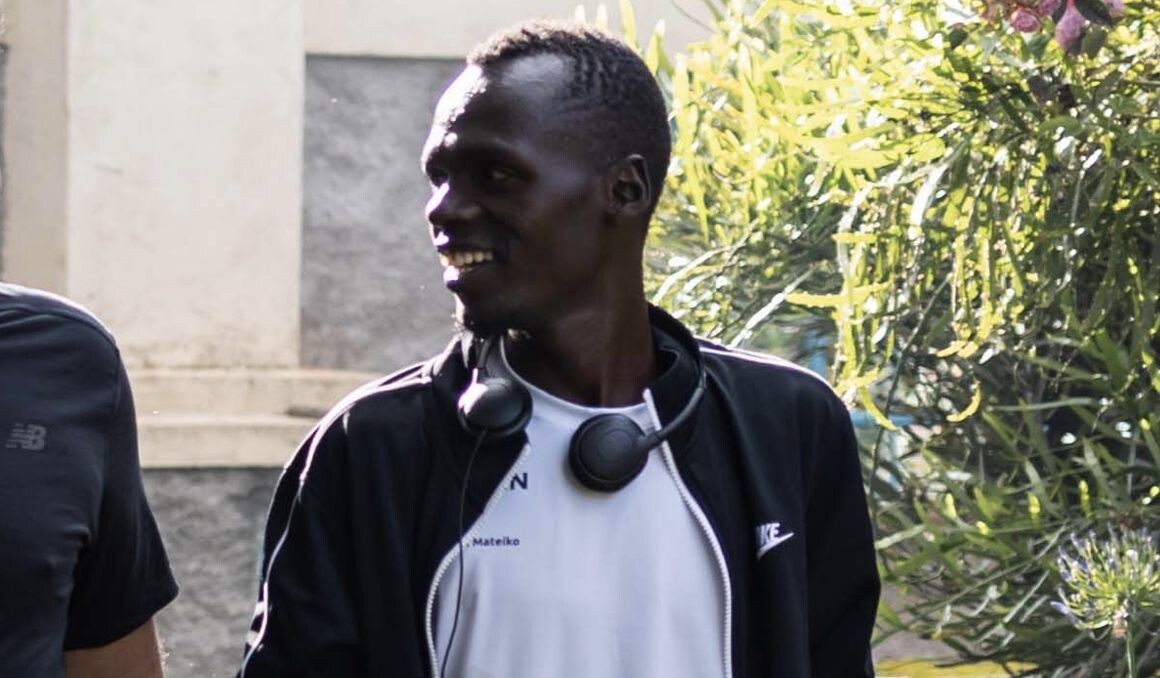
He revealed he will not also participate in February’s Sirikwa Classic Cross Country meeting as he will be preparing for a half marathon race which will serve as a build-up for the global show.
He added that he had been battling an injury before competing at the Valencia Half Marathon, where he placed third in 58:40. “In Valencia, I did not perform to my expectations due to an injury which stalled my training process,” he said.
“At the moment, I am getting ready for a half marathon in February, where I intend to lower my personal best time.”
His personal best time in the half marathon currently stands at 58:26.
At the moment, Mateiko revealed he is attending gym sessions with an aim of improving his endurance. “From January, I intend to start working on my speed,” he added.
Mateiko also said he is looking forward to making his debut at the Paris Olympics in 2024.
“When I come back from the World Championships, I will have identified some of my weaknesses which I will work on ahead of the 2024 Olympics. Participating in such a big stage will be a dream come true,” he concluded.
(12/24/2022) ⚡AMPby Abigael Wuafula
World Athletics Championships Budapest 23
From August 19-27, 2023, Budapest will host the world's third largest sporting event, the World Athletics Championships. It is the largest sporting event in the history of Hungary, attended by athletes from more than 200 countries, whose news will reach more than one billion people. Athletics is the foundation of all sports. It represents strength, speed, dexterity and endurance, the...
more...Woman sets Guinness World Record for fastest marathon pushing a double stroller
Dubai-based Tifanne Thayme set a new Guinness World Record (pending ratification) at the Adnoc Abu Dhabi Marathon in United Arab Emirates on Saturday, Gulf News reported. Thayme ran to a speedy 3:20:58 finish while pushing her two young children in a double stroller. She beat the previous record of 3:22:05, set in 2017 by the UK’s Jessica Bruce, by over a minute.Thayme, originally from Mississauga, Ont. but now a resident of Dubai, ran to 18th place in the women’s race and was 6th in her age group, despite pushing the extra load of her three-year-old son and one-year-old daughter the entire distance.
She started working with Canadian distance champ Malindi Elmore earlier this year.Thayme shared that she was overwhelmed with emotion post-GWR run, and dedicated her accomplishment to all mothers. “It wasn’t always about running–it was about motherhood also,” she said. “It was truly my way of combining my passion and priority.”Enthusiastic about running from a young age, Thayme ran with her father as a child. She gave up her job as an airline crew member to focus on family life, but her mother reminded her to keep her passion for running by gifting her a running stroller after Thayme’s son was born. “If I had to run, I had to take him also. I started loving it and I saw that he also started loving it,” Thayme said.
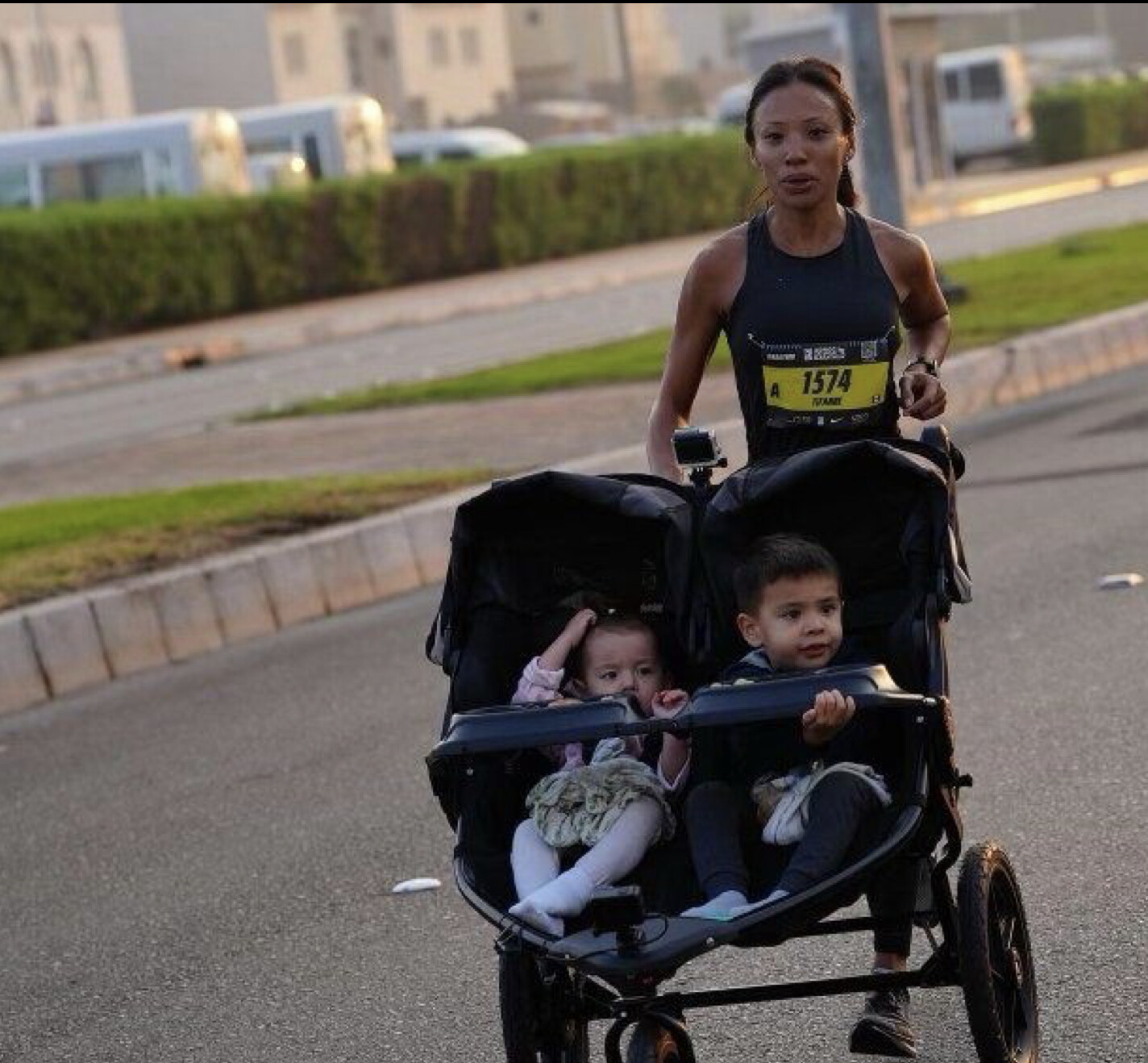
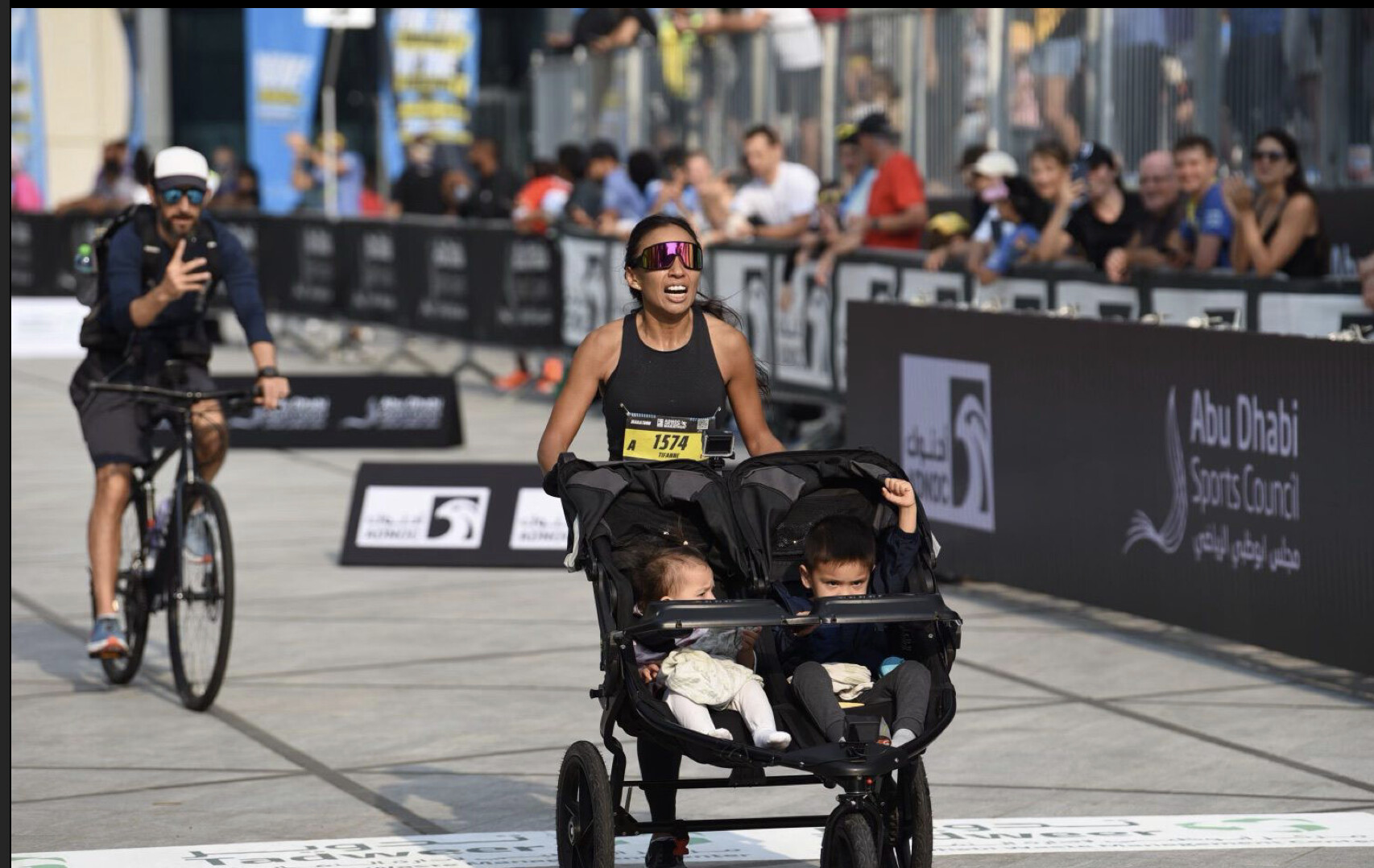
Thayme’s husband, Eamon Sallam, is also a runner and was helpful and supportive in juggling schedules to fit in Thayme’s training. Sallam accompanied Thayme on a bicycle during the event and made sure the kids were OK, while also making sure Thayme was following the Guinness guidelines so that her record could be ratified.Thayme shared that her life changed immensely after having children and that she faced new challenges–navigating breastfeeding, postpartum mental health and learning to love her body after childbirth, all while training.
"You may feel overwhelmed or unseen or lost in this new role,” she said.“As a mother, I want to dedicate my achievement to all moms that are awake in the middle of the night to calm a crying baby or a mother that has no time to brush her teeth or change her clothes with two kids running around.”The only thing missing from Thayme’s achievement was her own mother’s presence, who lives in Canada. Her mother was cheering her on from afar, however. “She was crying, obviously,” said Thayme.The race season in UAE runs from October to April, so Thayme hopes to fit in a few more shorter-distance stroller races (so that she can enjoy them while the kids are still small enough to push), and will then wrap up her season with “some solo races to gauge where I’m at without a big stroller in front of me,” Thayme said.
(12/24/2022) ⚡AMPby Running Magazine
Half Marathon training tips for beginners
Training for your first half marathon? Congratulations! The half marathon race distance is a big goal for a lot of runners—it’s far enough to challenge your body and mind, without taking you quite as far as the full marathon distance.
If it’s your first half marathon it might seem like an intimidating ambition, but our half marathon training tips for beginners will get you ready for the race line in no time.
After all, you’ll need some structure to your training, you’ll probably want to venture into the world of sports nutrition and fueling, and the weeks ahead might include some of the longest runs you’ve done so far. Fortunately, we can help but those fears to rest. With the following half marathon training tips, we’ll walk you through three ways to train smarter, not harder.
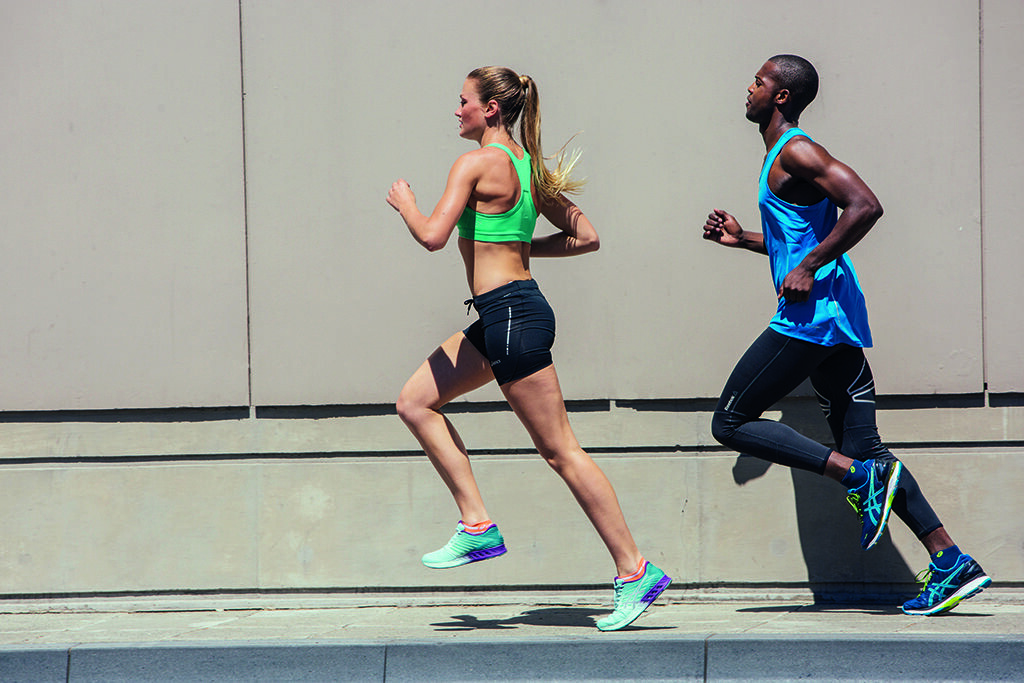
Follow along and we’ll show you how to train for a half marathon (the right way)!
Top 3 Half Marathon Training Tips for Beginners.
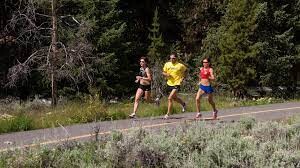
Tip #1: Include a “Pre-Training” Phase
First off, don’t rush the process when you’re preparing to run a half marathon—it’s all about that base. Jumping straight into a training plan isn’t recommend due to the demands of the weeks ahead. The best way to train for a half marathon is take it slow.
Learn how to prepare for a half marathon—from start to finish (which is what you’re already doing by reading this).
Taking four weeks or so before the start of your “official” training cycle can help ease in. Use this time to make sure you’ve got the appropriate level of fitness and endurance for your 12-16 week training cycle. This can be especially helpful for new runners to build confidence before tackling the training needed for your big race.
Build-Up Half Marathon Tips
Here are some things to consider in your build-up:
Commit to 3-4 weekly training runs. Just 3-5 miles per run will do the trick to build you up to 9-20 miles per week. Newbies, stay on that lower end. Experienced runners, you can aim for the higher end of the weekly mileage.
Think about what habits you need to build into your training cycle. Getting to bed at a reasonable hour, having post-run fuel prepped and ready to go, and carving out time for daily mobility are all great starting points.
Use the small aches and pains that come up along the way as the warning signs they are. Typically it means that your run form could use some improvement, whether that’s trying to improve your hip posture or open up your arm swing. Or it could mean that you need to put a little more effort into your recovery practices.
Now is the time to make mobility a habit. Just 10 minutes a day can loosen up tight muscles and help improve your range of motion. Coach Holly has a video to guide you through a mobility routine in “Beginner Runners’ Guide to Stretching and Mobility.”
In addition to using this base-building phase to prepare your body, these can be the weeks to gather your gear:
Running shoes—test out a few pairs at your local running store to find the right fit for you.
Running clothes—make sure to have weather-appropriate clothing not only for training but also race day.
Fueling—While your training runs in the first few weeks will be short enough you might not need calories mid-run, you’ll probably want some form of nutrition as your training progresses. Whether that’s energy gels or sports drink, think about what you’ll want to practice with during your training.
Nutritionist Coach Elizabeth breaks down how to fuel before, during, and after your run in her video Beginners’ Long Run Fueling Guide.
Tip #2: Have A Plan—But Make It Work For You
Don’t follow a plan. Let a plan follow you.
Now, we all have to start somewhere with our training. So maybe you did a search for a training plan, or you talked to your personal trainer about their half marathon training tips. You found a spreadsheet with all the columns filled out. Eight weeks from start to finish, with weekly workouts and runs all lined up, right? We’re not pointing any fingers, but it’s important to take that spreadsheet with a grain of salt.
After all, these training schedules are pretty generic. They don’t necessarily take into account your fitness level, your work and home life schedule, or the days that you wake up feeling less than stellar. When your training is laid out day-by-day, mile-by-mile, it’s easy to fall into a trap of thinking that you have to follow the plan to a T.
Instead, make the plan follow you with the right balance. Here are some tips to help you make that happen:
Muscles are feeling sore? Spend some extra time mobilizing. Foam rolling and working on your range of motion can help limber up your muscles so they’re ready for the next workout. This can also be an important step to prevent common overuse injuries. Check out the following videos for some ideas:
Runner’s Knee Pain | Symptoms, Treatment and Prevention
How To Fix Shin Splints
Your schedule calls for hills but you’re stuck in the gym on a rainy day? Try the treadmill or a cross-training workout instead.
20 Minute Follow Along Hill Workout
Follow Along Bodyweight Workout
Planning a vacation in the middle of your training cycle? Enjoy your time off, but don’t totally slack.
How To Eat While Traveling
15 Minute Travel Strength Circuit Workout
DON’T BE AFRAID TO CHANGE THE PLAN.
Listen to your body and rearrange things accordingly. By all means, get the work in, but NOT at the expense of an early injury or poor running form. You can supplement your plan with cross-training, running on a treadmill, or mixing up your rest days depending on how you feel.
Tip #3: Running Isn’t The Only Way To Prepare For a Half Marathon
Don’t be fooled into thinking that getting better at running can only come from running more. This is a classic misconception that can often lead to excessive wear and tear on the body as well as overuse injuries. The great news is, you can build strength and skill as a runner through strength training as well as getting in those miles.
Strength training brings a variety of benefits:
Build muscle by adding weight to movements.
Start with bodyweight and add weight or load as you get comfortable. Adding just five pounds to your lunges will make running uphill feel that much easier.
Develop hip stability, core engagement, and upper body strength to supplement your running.
Adding supplemental movements such as glute bridges, planks, and push ups target strength for the whole body.
Practice controlled breathing patterns while not under the stress of running.
Taking big belly breaths by engaging the diaphragm can be difficult when we’re pushing the pace on a run. Instead, spend time consciously breathing while moving through a squat or when doing push ups.
Moving under greater ranges of motion than you would use while running can help build stability and control.
For example, a lunge puts your rear leg into full hip extension. When you run, your rear leg also goes into extension. By training lunges outside of running, you’ll be able to practice this range of motion without having to actually run. And as a bonus, you can improve your strength and muscular endurance at the same time!
Strength training just twice a week, for 20-30 minutes per day is all you need to gain access to a full range of motion and stable control in all of the joints being impacted by those miles- i.e. hips, ankles, knees, you name it.
Favorite Strength Exercises
Some of our favorite tried and true strength movements:
Push-ups: A simple and effective way to find your midline, access your glutes, stabilize the shoulders…the list goes on.
Squats: These strengthen the leg muscles that carry you through every stride.
Lunges: These improve mobility, engage your core, and build leg strength.
Planks: They engage your core, which helps you maintain good posture while running.
Burpees: They are a great cardio activity to get your heart pumping and increase your cardiovascular ability!
The best part…you don’t even need a gym for most of this stuff! Try this follow-along bodyweight strength workout to see how simple it can be:
Bonus Tip: Prep For Race Day In Advance
Your weeks of training will give you plenty of time to think about race day itself. It doesn’t hurt to think ahead about how you’ll prepare for the starting line. Check out the video below for some of Coach Holly’s race day tips and logistics:
Know your race course: scout out the course in person or check out a map so you have an idea of what to expect.
Have a plan for race morning: use your race’s website to know what time you should arrive, where the start line and bag drops are, and where restrooms are located at the start and along the course.
Get in the habit of including a dynamic warm up before every run and workout during training. Use that warm up on race day to lumber up, dispel any nerves, and get ready to run!
(12/23/2022) ⚡AMP
by Holly Martin
Tata Mumbai Marathon to be held in January 2023 after two year gap
The Tata Mumbai Marathon (TMM), a World Athletics Elite Label Road Race, will be held on January 15, 2023, said its organizers Procam International.
This will be the 18th edition of the marathon and will be flagged off from the Chhatrapati Shivaji Maharaj Terminus (CSMT) and the categories are classic distance marathon, popular half marathon, open 10k, Senior Citizens’ Run, Champions with Disability, and Dream Run.
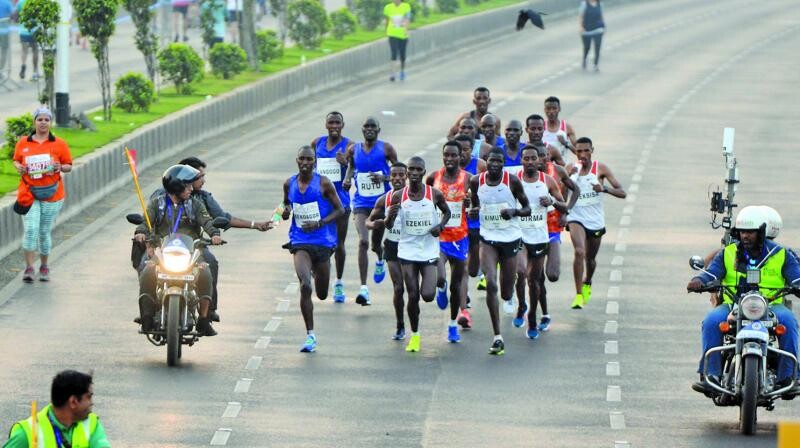
Eknath Shinde, chief minister of Maharashtra, said, “The much awaited marathon returns after two years. Today the event is one of the top 10 marathons in the world and that is a big achievement. It is a pride of Mumbai and India, that brings our community together across all ages, caste, creed to run as one. We extend our support to the event and we are with you."
Harish Bhat, brand custodian, Tata Sons, said “The Tata Group is proud to be associated with this iconic race that brings alive the essence of Mumbai. Embodying the spirit of Mumbai, the city that never stops moving, overcoming every challenge just like the marathon runners moving towards their goal with a never-give-up attitude, the marathon brings together amateur and professional runners from across the country. The race gives every runner the opportunity to push beyond the limits of body and mind to succeed in this test of human strength and endurance. Ujjwal Mathur, senior vice president and country head, India business, TCS said “TCS has been associated with the marathon for many years and has now grown as a pioneer of running events across the globe.“
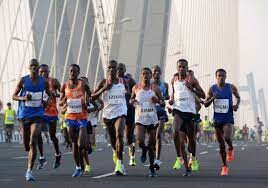
Bollywood actor Tiger Shroff is the face of the event. IDFC First Bank will be a part of the marathon for the first time after the technology-led bank signed up to be an associate sponsor across Procam International’s four events and marked their arrival in mass-participation sport, at the TCS World 10K Bengaluru in May this year.
(12/23/2022) ⚡AMP
Tata Mumbai Marathon
Distance running epitomizes the power of one’s dreams and the awareness of one’s abilities to realize those dreams. Unlike other competitive sports, it is an intensely personal experience. The Tata Mumbai Marathon is One of the World's Leading Marathons. The event boasts of fundraising platform which is managed by United Way Mumbai, the official philanthropy partner of the event. Over...
more...Usain Bolt honored to join great names who have won lifetime achievement award
Usain Bolt was delighted to join a stellar list of sporting greats after being chosen as the BBC Sports Personality of the Year Lifetime Achievement Award winner for 2022.
The 36-year-old Jamaican retired from athletics five years ago but he has left an indelible and so far unbeatable mark on his sport.
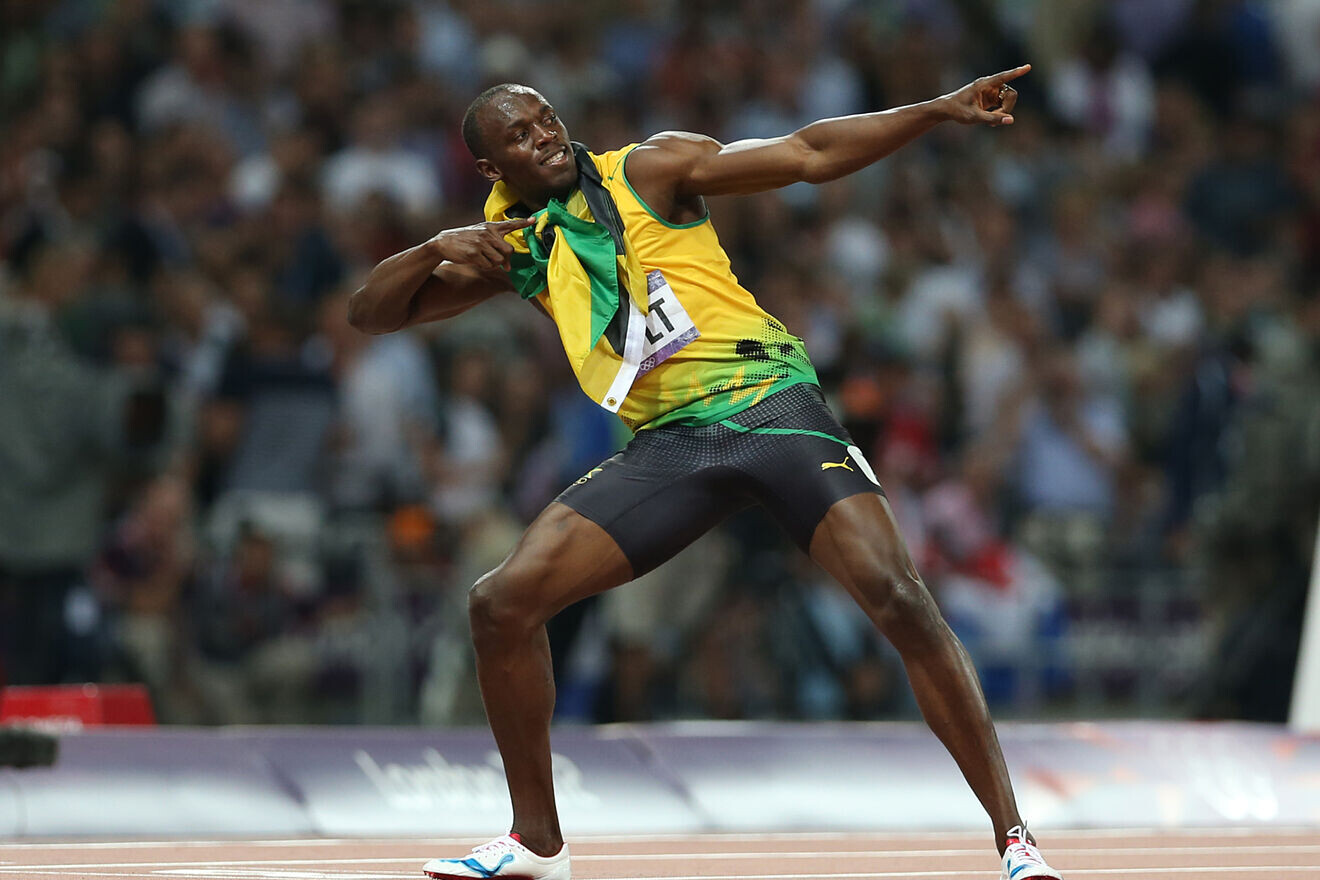
Bolt became a global superstar at the Beijing Olympics in 2008, lowering his own world record mark to win the 100m gold and then breaking Michael Johnson’s 200m record to also win gold in that event.
A year later he again broke his 100m world record in winning the world title in Berlin – and his time of 9.58 seconds still stands today. Four days later he lowered his 200m mark to 19.19secs which has also not been beaten.
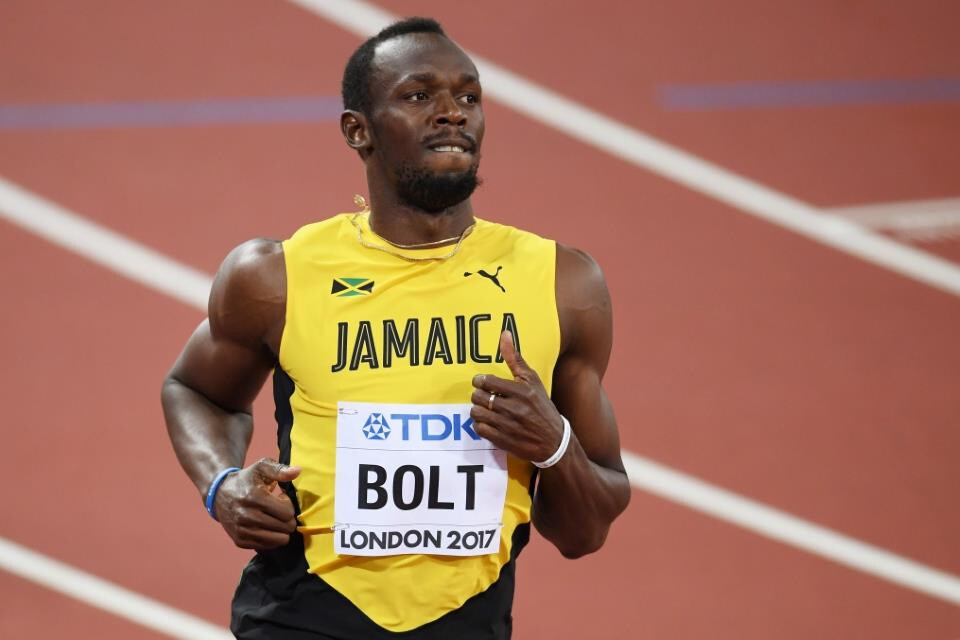
He went on to retain his 100m and 200m Olympic titles at the next two Games in London and Rio de Janeiro.
Bolt retired in 2017 after the World Championships in London, where he won a bronze in the 100m.
“For me it’s an honour to be amongst the greats who have received this before like Pele, Muhammad Ali,” Bolt said in a message to the awards ceremony from Jamaica.
“For me these guys are some of my favourite athletes and I look up to them.
“Also, I want to thank my family, my friends and the fans for everything throughout the years. I’ve worked hard and to get this award means a lot.”
(12/23/2022) ⚡AMPby Jamie Gardner
World Athletics offers certified coach training to refugee camp support staff
World Athletics, in collaboration with the area athletics development center (AADC) based in Nairobi, has boosted its refugee programme by sponsoring and hosting Level 1 coaching practical training for key refugee camp support staff working in the northwestern region of Kenya.
The focus was on the Kakuma, Kalobeyei and Dadaab refugee camps in Kenya, which are mainly comprised of refugees from South Sudan, Sudan, Somalia, the Democratic Republic of the Congo, Burundi, Ethiopia and Uganda. Throughout the year, a group of six successfully completed the first phase of the World Athletics eLearning modules. The second phase was organized in the picturesque Lobo Village in Eldoret and was conducted by Samuel Litaba of Kenyatta University, a certified World Athletics Coaches Education and Certification System Level I and II lecturer.
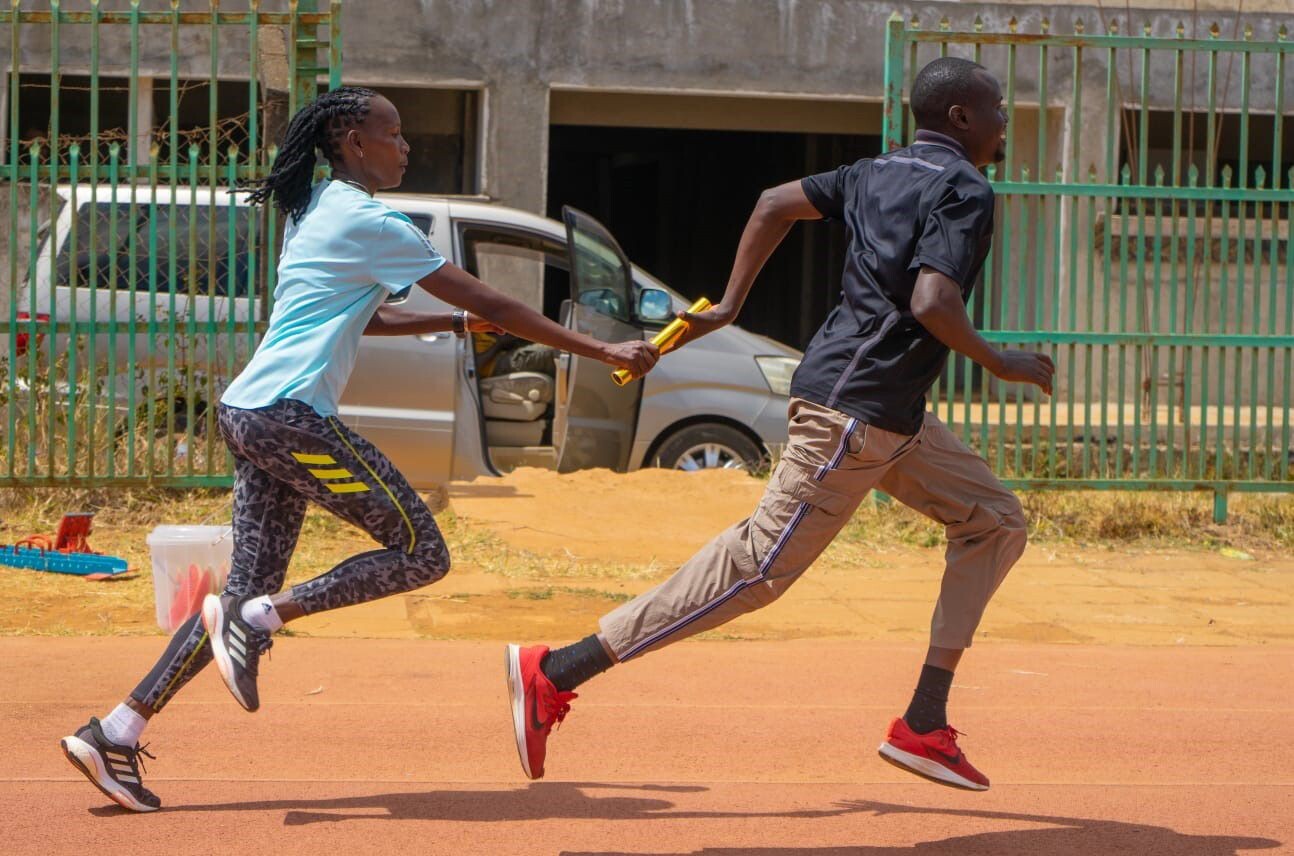
The five-day practical programme focused on jumps, sprints, relays, throws, race walk and Kids’ Athletics, and included a visit to the Complete Sports Training Camp in Kaptagat. The group also assisted in a training session of elite Kenyan athletes at Kipchoge Stadium.
The last day was dedicated to assessment of various skills and coaching practice. It was a life-changing experience for the group and proved the benefit of a blended approach, combining online learning with practical sessions.
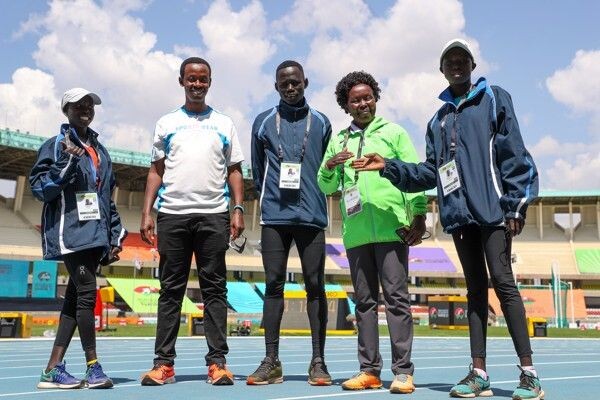
“Education and sport change lives,” said U20 refugee team project lead Barbara Moser-Mercer. “This course has set the coaching bar high and the skills and professional competencies we acquired will translate into life-changing experiences for refugee athletes. It will contribute to sustainable quality athletics programing in refugee contexts, linking these to the world of athletics in their hosting country, Kenya.”
Head coach Janeth Jepkosgei, the 2007 world 800m champion, added: “The experience and skills gained will go a long way, coupled with the long period in my career spent sharpening and positively impacting the upcoming Athlete Refugee Team (ART) athletes, physically, mentally and psychologically.”
Aware of the impact the programme could have on future team results at senior and U20 level, Kakuma camp on-site assistant coach Arcade Arakaza said: “I would like to extend my gratitude to World Athletics and the African Higher Education in Emergencies Network (AHEEN) for the chance given to me, to improve my skills and develop my experience in coaching. I see this as a supporting process in helping my fellow refugees and host community.”
AHEEN sports coach at the Dadaab refugee camp, Seraphin Uwizeye, said: “I take this opportunity to thank everyone who participated in organizing this golden session that empowered different people from different nationalities. It was my first time attending a session like this but I felt included and I realized that age, nationality or being a refugee can’t limit anyone to fulfill their dream.
“I am sure that the knowledge and certificates earned will help many refugees and locals, not only in Dadaab refugee camp in Kenya but also in the other countries I will be able to reach, especially in the Democratic Republic of Congo, my country, where sport is still not valued.”
Jaryd Mercer, online educator for the U20 team, said: “This engaging and educational course has helped me reassess the ways in which I hope to work with the U20 team in the future. Many of the techniques and practices discussed are applicable to both athletics and the general education of young adults and often tie the two together.”
While AADC Nairobi director Ibrahim Hussein commented: “We are grateful to World Athletics for giving us the opportunity to be part of the programme. AADC Nairobi appreciated the fact that most of the participants who enrolled in the course where from our region and included former top athletes who are playing their part in assisting the programme.”
It marked a positive end to the year’s activities, giving back to a group of dedicated people that spent much of 2022 training and nurturing young athletes. Climate and living conditions in the camps are challenging, but the strong desire to make a difference prevails.
(12/23/2022) ⚡AMPby World Athletics
Vivian Cheruiyot keen to lose weight ahead of the 2023 season
Former Olympic Games 5,000m gold medalist Vivian Cheruiyot is optimistic she will perform well next year upon her return from maternity leave.
The double world 5,000m champion said she is working hard on cutting her weight after maternity leave and she is ready to swing back into action next year. "Before hanging my spikes, I want to run better than before," she noted.
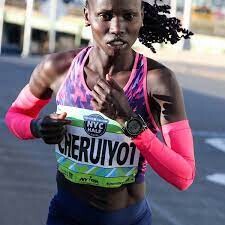
The double world 10,000m champion won her first Olympic gold at the 2016 Olympic Games in Rio de Janeiro, Brazil before switching to the marathon. She made her debut in the marathon in London in 2017.
“At the moment, I haven't planned for any race because I have just started training. Cutting weight is my priority right now but I hope to be ready for competition next year,” said Cheruiyot.
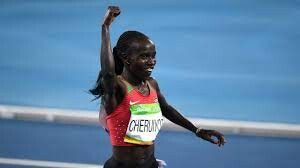
Cheruiyot, who started her running career in 1998, stated that she wanted to win the 2020 London Marathon title but that did not happen despite enjoying top form during that period.
“My last race was the 2020 London Marathon, where I failed to finish because it was during the coronavirus pandemic period. It was almost canceled but they decided to host it. I was in good shape, very fit and everything went on well but it was really cold and too much rain. That took a toll on me forcing me to drop out,” said the 2018 London Marathon champion
As age continues catching up with the Pocket Rocket, she explains that transiting to marathon from track and field and cross country after 18 years was not easy but it was the best time for her to move.
“My next move is to train, cut off my weight and come back for a few years and I will be done. Marathon and track and field are totally different. In track and field, the training is a little bit friendly because you cannot go for long runs like 40km per day or once a week but training for a marathon needs dedication, and a lot of exhaustion among others,” she said.
Cheruiyot regrets that her exit from the track had left the country weaker in the 5,000m and 10,000m.
"When I quit track in 2016, I left strong athletes like Hellen Obiri and the late Agnes (Tirop) among others. Today, the 5,000m and 10,000m is a pale shadow of what they used to be," she said.
"I don’t know where we are heading but I believe the upcoming athletes will soon fill the void with good guidance. It will, however, not be easy to get athletes of our generation including Obiri (now in the marathon), me, and the late Tirop.
"We used to be very strong, especially at world events and any time we lined up, Kenyans were assured of medals,” she said. She said one can no longer bank on the Kenyan women in the two events.
" Our opponents including Ethiopia and other countries are having a field day," she added. She urged Kenyan athletes to train hard if they are to win medals.
"Athletics has become competitive and we can't afford to sit on the laurels and expect things to happen,' she cautioned.
(12/22/2022) ⚡AMP
by Emmanuel Sabuni
Russian Natalya Antyukh officially loses London 2012 gold after not appealing doping sanctions
Russia's Natalya Antyukh has had her results from the 2012 Olympic Games in London officially disqualified, allowing a reallocation of medals from the women's 400 metres hurdles final, more than 10 years later.
Antyukh had her results from the Games officially disqualified in October, but was allowed time to appeal the decision.
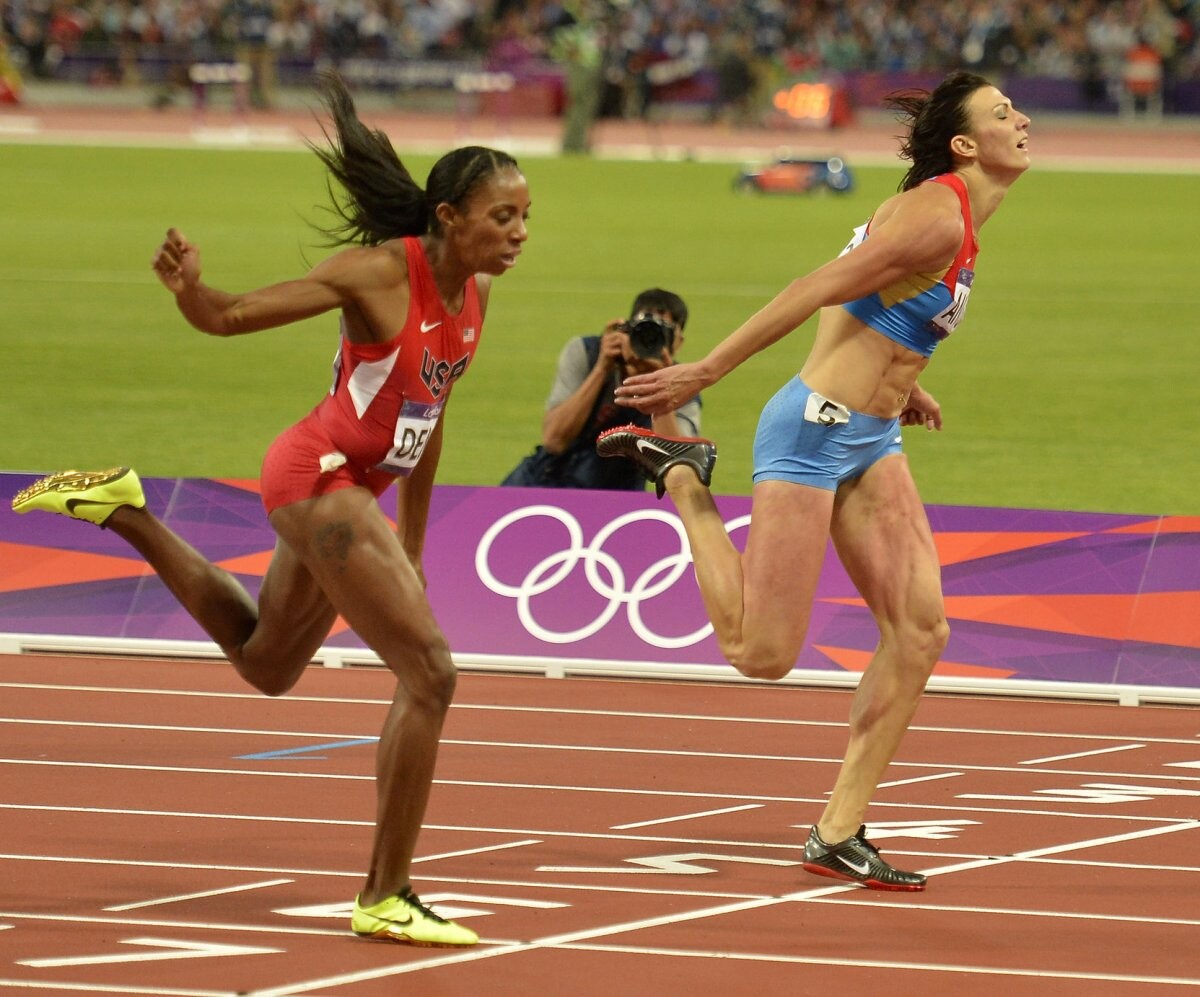
Following the expiration of the 45-day deadline, she had all results from July 15 in 2012 to June 29 the following wiped from her record, including the gold medal-winning run at London 2012.
This means Lashinda Demus from the United States is set to be awarded the gold medal retrospectively.
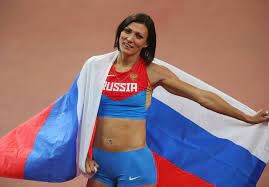
Demus was pipped in a photo finish with Antyukh in the final, with the Russian crossing the line in 52.70sec to the American's 52.77.
Czech Republic's Zuzana Hejnová, who would go on to win back-to-back World Championships titles in 2013 and 2015, has been promoted to silver, while Jamaican Kaliese Spencer will receive the bronze medal.
The Athletics Integrity Unit (AIU) charged the hurdler based on historical data at the former World Anti-Doping Agency (WADA)-accredited laboratory in Moscow.
Antyukh, now 41, was given a four-year-ban last year and had already had results wiped from June 30 in 2013 to December 31 in 2015.
World Athletics has changed its results on its website, with the AIU confirming in a statement that the International Olympic Committee (IOC) could now award the medals as planned.
"The IOC may now proceed with the reallocation of medals and the update of the IOC database," read the AIU statement.
"The AIU remains committed to investigating all cases of potential violations and securing the appropriate outcomes.
"The integrity of the sport of athletics is our utmost priority and we are pleased, in this instance, that athletes who competed fairly at the highest level will ultimately be acknowledged as the rightful medal winners."
AIU head Brett Clothier added that it was important to ensure "clean and fair competition and results, even if a decade later".
Antyukh is one of a record 46 Russian competitors at London 2012 disqualified for doping, leading to the country being stripped of 17 medals, including nine in athletics.
She also won silver in the women's 4x400m relay at London 2012, but this medal was already stripped six years ago when her team-mate Antonina Krivoshapka was given a doping ban and her results were disqualified.
Her results are not disqualified from before July 2012, meaning her 2011 world bronze and 2010 European gold medals - as well as her Athens 2004 400m bronze - still remain in her possession.
(12/22/2022) ⚡AMPby Michael Houston
Now healthy, Canadian Brandon McBride sets running priorities for 2023, brightens holidays for others
Fully healed from a broken left foot, Brandon McBride will work to improve his mental strength on the track in 2023, with an eye on qualifying for a fourth consecutive World Athletics Championships next summer in Budapest.
The Canadian middle-distance runner will take a more experienced, strategic and smarter approach to races after falling hard to the track while jostling for position in his 800-meter heat on July 20 at the world championships in Eugene, Ore.
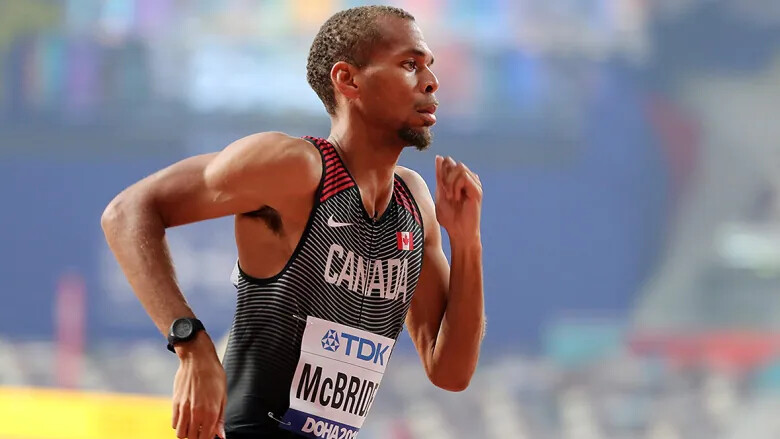
McBride, 28, and Navasky Anderson of Jamaica exchanged shoves near the turn off the backstretch. About 200 meters into the race, McBride said he was bumped during the cut-in and lost control but stayed on his feet before suddenly colliding with others.
The Windsor, Ont., native fell nearly five seconds off the pace and finished eighth, and last, in one minute 57.43 seconds.
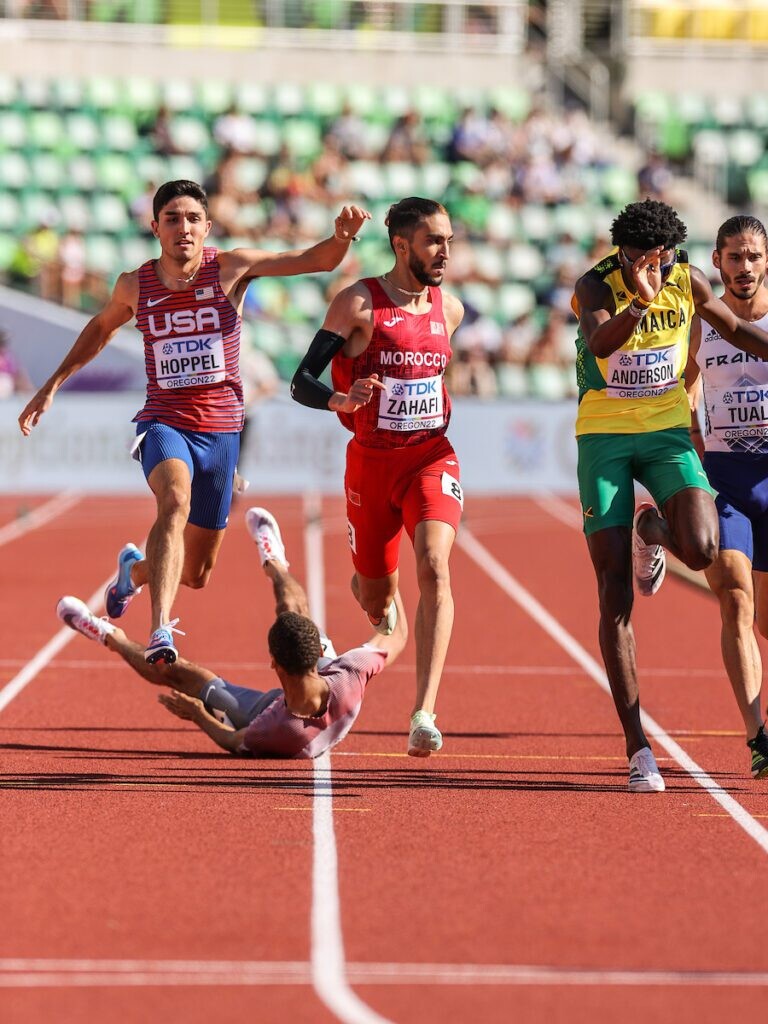
"You could say it was a freak accident [but] I take full responsibility," McBride, told CBC Sports over the phone from Victoria. "It could have been avoided if I had raced smarter. I need to approach races as a six-foot-five speed/power athlete [and] have to know I can't fit in certain spaces [between opposing runners]."
Going forward, McBride suggested he would sit at the back of the pack for the "first lap or so" and work his way up from 400 metres.
"That's something I [did] last year," said the two-time Olympian, "but maybe it's something I didn't have the confidence to do during world championships."
McBride encountered a similar situation in the first round at the 2019 worlds in Doha, Qatar, where he allowed Peter Bol of Australia to cut him off and almost tripped 150 to 200 metres from the start. At the time, McBride recalled, he had the utmost confidence in his endurance and speed. He recovered to win the heat while a tired Bol faded to fifth.
"In the future, I would love to have the confidence in myself to allow the individual to go ahead instead of jostling," he said. "You have to protect your space but remember the goal of the race is to finish."
In Eugene, McBride broke the fifth metatarsal, the long bone on the outside of the foot that connects to the small toe. The four-time Canadian champion worked with physiotherapist Mary Brannigan in Windsor during his rehabilitation and Dr. Brian Murer, a chiropractic specialist based in Indiana, who solved overall movement issues the runner was experiencing.
Four weeks into recovery, McBride could walk without issue and returned to his regular training program at the beginning of October.
"Rehab was straightforward, strengthening the muscles and tendons near the bone," said McBride, who ran a Canadian-record time of 1:43.20 in 2018. "[The broken bone] was the most painful experience I've ever had. I couldn't walk for the first 72 hours and it hurt when I was at rest and when I [eventually] moved around on crutches."
McBride moved to Victoria in late November to join coach Mark Rowland, with whom he has worked since November 2021 when he joined Oregon Track Club Elite in Eugene. Five months ago, Rowland accepted a job to coach endurance athletes out of Athletics Canada's West Hub in the B.C. capital. McBride and three others also relocated and live together in a cottage.
These days, McBride runs a combined 21 kilometers across morning and evening workouts and over the past month has experienced his best period of November/December training since turning professional in June 2016.
"Physically, we're [pushing] him a little harder [than in early 2022] and he seems to be responding," Rowland told CBC Sports. "We haven't done the anaerobic speed [workouts] or speed testing because I don't think we've done enough conditioning work to put his body in that position. We'll do that probably in January."
During his downtime, McBride has kept busy with his not-for-profit group. McBride Youth United Association has partnered with several organizations and this week will help 50 families in need ahead of the holiday season.
Care packages, which will be distributed in Windsor through Friday, include cognitive toys, sensory toys, board games, action figures, building blocks, hygiene products, gift cards and food cards.
McBride and the six-member MYUA — which includes his girlfriend, Yesmina Captan — has partnered with the Border City Athletics Club, Border City Boxing Club, Windsor United Basketball Training Facility, Windsor Region Hospital and Eastern Flavours Restaurant and Banquet Hall.
"It means the world to see the direct impact you're making with these kids and their families," said McBride, who has a master's degree in business from Wayne State University in Detroit. "I want to do my best to help the youth of Windsor and their development. It ties in with our mentorship and tutoring services we're going to be offering in 2023.
"I believe every child has greatness within them. They just need an individual or situation to bring out that greatness."
Early in 2020, McBride and Captan purchased grocery cards from FreshCo in Windsor and delivered them to eight families in need during the coronavirus pandemic. Later in the year, McBride delivered over 100 winter coats for children connected to nine organizations.
(12/22/2022) ⚡AMPby Doug Harrison
World Athletics Championships Budapest 23
From August 19-27, 2023, Budapest will host the world's third largest sporting event, the World Athletics Championships. It is the largest sporting event in the history of Hungary, attended by athletes from more than 200 countries, whose news will reach more than one billion people. Athletics is the foundation of all sports. It represents strength, speed, dexterity and endurance, the...
more...Alicia Monson and Konstanze Klosterhalfen headline Millrose Games 3000m
Alicia Monson will defend her 3000m title against a field including Konstanze Klosterhalfen when she returns to the Millrose Games, a World Athletics Indoor Tour Gold meeting, in New York on February 11.
Monson ran away from the field in 2022, setting a meeting record of 8:31.62. That performance would prove to be a springboard to more success for the 24-year-old, who went on to have the best season of her career outdoors, running personal bests at 3000m, 5000m and 10,000m, competing at the World Athletics Championships Oregon22 and placing in the top five at three Diamond League meetings.
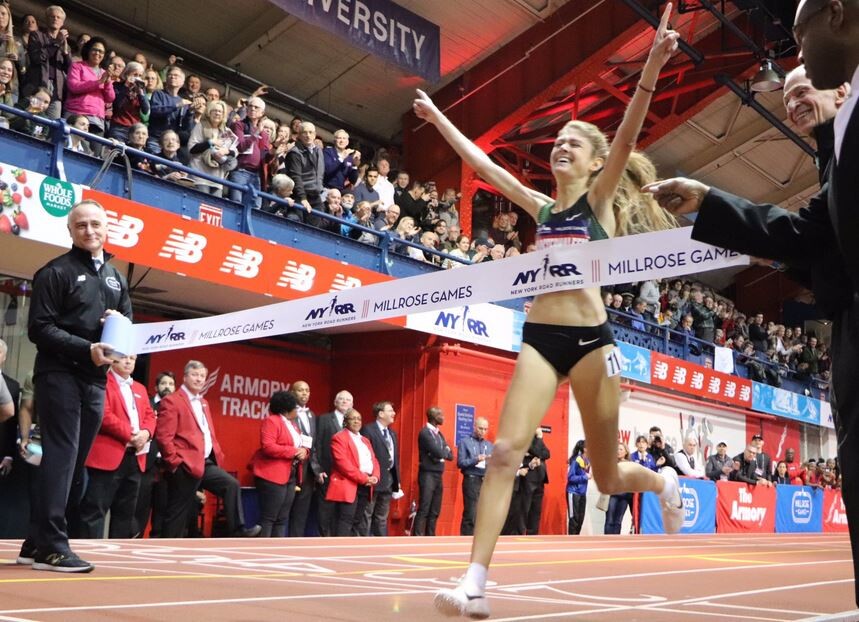
"I’m looking forward to coming back to defend the 3000m this year," said Monson. "The atmosphere in The Armory makes for an awesome start to the track season."
Her main challenger may be Klosterhalfen, this year's European 5000m champion and the 2019 world bronze medalist. Klosterhalfen holds eight national records for Germany and won the 2019 Wanamaker Mile at the Millrose Games.
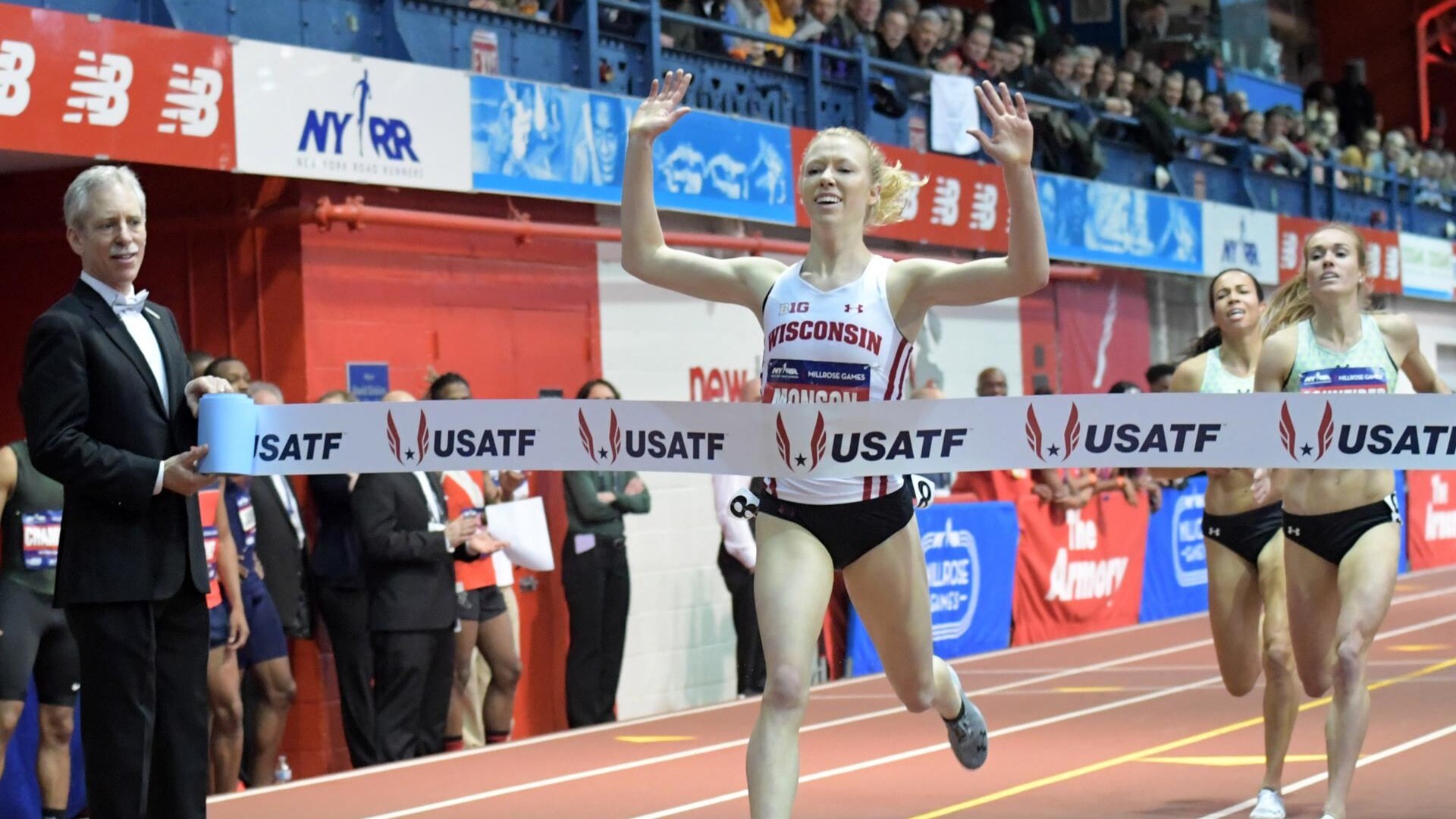
Other athletes to watch include Katelyn Tuohy, Elly Henes, Courtney Wayment, Whittni Orton Morgan and Fantaye Belayneh, Ethiopian champion and African Championships silver medalist in the 5000m.
These are the latest stars announced for the Millrose Games, joining the showdowns in the pole vault between Katie Nageotte, Sandi Morris, and Katerina Stefanidi, and in the shot put, featuring Ryan Crouser and Joe Kovacs. The men’s 3000m, meanwhile, will star Geordie Beamish, Cooper Teare and Josh Kerr, while the women's 300m will feature Abby Steiner, Jenna Prandini and Brittany Brown.
(12/22/2022) ⚡AMPby World Athletics
NYRR Millrose Games
The NYRR Millrose Games,which began in 1908 as a small event sponsored by a local track club, has grown to become the most prestigious indoor track and field event in the United States. The NYRR Millrose Games meet is held in Manhattan’s Washington Heights at the New Balance Track & Field Center at the Armony, which boasts a state-of-the-art six-lane,...
more...Kenya's Evans Chebet keen to defend Boston Marathon title
The 2022 New York City Marathon champion Evans Chebet is keen to defend his Boston Marathon title when he lines up against a competitive field on April 17, 2023.
Chebet, the second runner’s-up at the 2019 Berlin Marathon, said retaining the title he won this year in 2:06:51 is his main focus. Chebet added that winning the New York City Marathon was motivation enough for him to return to Boston and try to execute a good run.
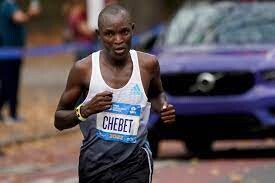
The race will not be short of competition with the presence of current world marathon record holder Eliud Kipchoge and Ethiopia’s Lelisa Desisa, the 2019 world marathon champion.
However, Chebet insists he is not afraid of the competition.
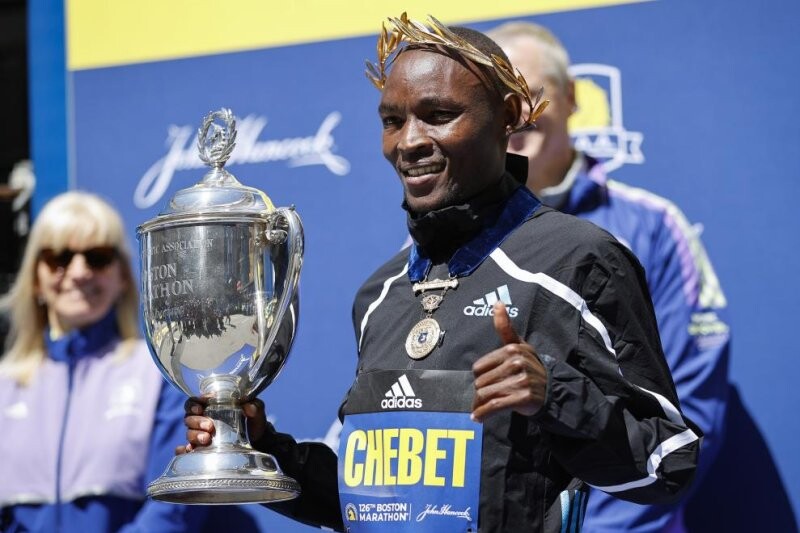
“I am aware of the elite athletes expected but I’m not afraid. I am confident I will achieve my target,” he said.
The 2020 Valencia Marathon champion revealed he is already back in training, adding that he doesn’t intend to change his program unless his coach, Claudio Berardelli, has other plans.
Chebet said he is equally inspired by his training mates' recent performances. Amos Kipruto won the London Marathon while Benson Kipruto, who is also lined up for Boston, won the Chicago Marathon.
“I will not change my program in training since it has helped my training mates win their respective marathons. However, I am waiting to see what my coach has in store for me,” he said, adding that he hopes to be injury-free.
Chebet put his 2023 World Championships ambitions on the knife edge since he also has New York City Marathon title defence in his plans.
However, he is keen on running at the 2024 Paris Olympics.
Chebet said his 2022 season was a success and can only hope for better going forward.
“Winning two major marathons this year was a great achievement. The season has been amazing. I hope to replicate the same next year,” he concluded.
(12/21/2022) ⚡AMP
by Abigael Wuafula
Boston Marathon
Among the nation’s oldest athletic clubs, the B.A.A. was established in 1887, and, in 1896, more than half of the U.S. Olympic Team at the first modern games was composed of B.A.A. club members. The Olympic Games provided the inspiration for the first Boston Marathon, which culminated the B.A.A. Games on April 19, 1897. John J. McDermott emerged from a...
more...World Athletics Announces Toughest-Ever Standards for 2024 Olympics
On Tuesday, World Athletics announced the automatic qualifying standards for the 2024 Olympics in Paris. The standards are the toughest ever for a global championship as World Athletics is aiming for just 50% of entrants to come via the standard, with the remaining 50% to be determined by world ranking.
This is similar to the system in place for the 2023 World Championships in Budapest, and in most events, the standards are similar to those for next year’s Worlds. The big difference comes in the marathon.

For the 2020 Olympics, World Athletics had set entry limits of 80 athletes for the men’s and women’s marathons, but a combination of supershoes and a COVID-extended qualifying window saw far more athletes hit the entry standards than expected. In the end, 106 men and 88 women started the last Olympic marathon in Sapporo.
Seeking to avoid a repeat, World Athletics dramatically lowered the marathon entry standards. On the men’s side, the 2024 standard is 2:08:10 (compared to 2:11:30 in 2020). On the women’s side, the 2024 standard is 2:26:50 (compared to 2:29:30 in 2020). Athletes can also earn the standard by finishing top-5 in a Platinum Label Marathon between November 1, 2022, and April 30, 2024. In 2023, the following races are Platinum Label Marathons: Xiamen, Osaka (women), Tokyo, Nagoya (women), Seoul, Boston, London, Sydney, Berlin, Chicago, Amsterdam, New York, Shanghai, Valencia.

The standards are listed below. We’ve also listed the standards for the 2020 Olympics and 2023 Worlds for comparison.
Men’s standards
Event
100m.- 10.05 (2020 Olympics), 10.00 (2023 Worlds), 10.00 (2024 Olympics).
200m.- 20.24 (2020 Olympics), 20.16 (2023 Worlds), 20.16 (2024 Olympics).
400m.- 44.90 (2020 Olympics), 45.00 (2023 Worlds), 45.00 (2024 Olympics).
800m.- 1:45.20 (2020 Olympics), 1:44.70 (2023 Worlds), 1:44.70 (2024 Olympics).
1500m.- 3:35.00 (2020 Olympics), 3:34.20 (3:51.00) (2023 Worlds), 3:33.50 (3:50.40) (2024 Olympics).
5000m.- 13:13.50 (2020 Olympics), 13:07.00 (13:07 road)(2023 Worlds), 13:05.00 (2024 Olympics).
10,000m.- 27:28.00 (2020 Olympics), 27:10.00 (27:10 road) (2023 Worlds), 27:00.00 (2024 Olympics).
Marathon.- 2:11:30 (2020 Olympics), 2:09:40 (2023 Worlds), 2:08:10 (2024 Olympics).
3000m SC.- 8:22.00 (2020 Olympics), 8:15.00 (2023 Worlds), 8:15.00 (2024 Olympics).
110m H.- 13.32 (2020 Olympics), 13.28 (2023 Worlds), 13.27 (2024 Olympics).
400m H.- 48.90 (2020 Olympics), 48.70 (2023 Worlds), 48.70 (2024 Olympics).
High jump.- 2.33m (2020 Olympics), 2.32m (2023 Worlds), 2.33m (2024 Olympics).
Pole vault.- 5.80m (2020 Olympics), 5.81m (2023 Worlds), 5.82m (2024 Olympics).
Long jump.- 8.22m (2020 Olympics), 8.25m (2023 Worlds), 8.27m (2024 Olympics).
Triple jump.- 17.14m (2020 Olympics), 17.20m (2023 Worlds), 17.22m (2024 Olympics).
Shot put.- 21.10m (2020 Olympics), 21.40m (2023 Worlds), 21.50m (2024 Olympics).
Discus.- 66.00m (2020 Olympics), 67.00m (2023 Worlds), 67.20m (2024 Olympics).
Hammer.- 77.50m (2020 Olympics), 78.00m (2023 Worlds), 78.20m (2024 Olympics).
Javelin.- 85.00m (2020 Olympics), 85.20m (2023 Worlds), 85.50m (2024 Olympics).
Decathlon.- 8350 pts (2020 Olympics), 8460 pts (2023 Worlds), 8460 pts (2024 Olympics).
20k RW.- 1:21:00 (2020 Olympics), 1:20:10 (2023 Worlds), 1:20:10 (2024 Olympics).
Women’s standards
Event.- 100.- 11.15 (2020 Olympics), 11.08 (2023 Worlds), 11.07 (2024 Olympics).
200.- 22.80 (2020 Olympics), 22.60 (2023 Worlds), 22.57 (2024 Olympics).
400.- 51.35 (2020 Olympics), 51.00 (2023 Worlds), 50.95 (2024 Olympics).
800.- 1:59.50 (2020 Olympics), 1:59.80 (2023 Worlds), 1:59.30 (2024 Olympics).
1500 (Mile).- 4:04.20 (2020 Olympics), 4:03.50 (4:22.00) (2023 Worlds), 4:02.50 (4:20.90) (2024 Olympics).
5k.- 15:10.00 (2020 Olympics), 14:57.00 (14:57 road) (2023 Worlds), 14:52.00 (2024 Olympics).
10k.- 31:25.00 (2020 Olympics), 30:40.00 (30:40 road) (2023 Worlds), 30:40.00 (2024 Olympics).
Marathon.- 2:29:30 (2020 Olympics), 2:28:00 (2023 Worlds), 2:26:50 (2024 Olympics).
3k steeple.- 9:30.00 (2020 Olympics), 9:23.00 (2023 Worlds), 9:23.00 (2024 Olympics).
100 hurdles.- 12.84 (2020 Olympics), 12.78 (2023 Worlds),
12.77 (2024 Olympics).
400 hurdles.- 55.40 (2020 Olympics), 54.90 (2023 Worlds),
54.85 (2024 Olympics).
HJ.- 1.96m (2020 Olympics), 1.97m (2023 Worlds), 1.97m (2024 Olympics).
PV.- 4.70m (2020 Olympics), 4.71m (2023 Worlds), 4.73m (2024 Olympics).
LJ.- 6.82m (2020 Olympics), 6.85m (2023 Worlds), 6.86m (2024 Olympics).
TJ.- 14.32m (2020 Olympics), 14.52m (2023 Worlds), 14.55m (2024 Olympics).
SP.- 18.50m (2020 Olympics), 18.80m (2023 Worlds), 18.80m (2024 Olympics).
Discus.- 63.50m (2020 Olympics), 64.20m (2023 Worlds), 64.50m (2024 Olympics).
Hammer.- 72.50m (2020 Olympics), 73.60m (2023 Worlds), 74.00m (2024 Olympics).
Javelin.- 64.00m (2020 Olympics), 63.80m (2023 Worlds), 64.00m (2024 Olympics).
Heptathlon.- 6420 pts (2020 Olympics), 6480 pts (2023 Worlds), 6480 pts (2024 Olympics).
20k race walk.- 1:31:00 (2020 Olympics), 1:29:20 (2023 Worlds), 1:29:20 (2024 Olympics).
(12/21/2022) ⚡AMPby Letsrun
Paris 2024 Olympic Games
For this historic event, the City of Light is thinking big! Visitors will be able to watch events at top sporting venues in Paris and the Paris region, as well as at emblematic monuments in the capital visited by several millions of tourists each year. The promise of exceptional moments to experience in an exceptional setting! A great way to...
more...Three more kenyan athletes banned for breaking anti-doping rules
Three Kenyan athletes have been banned for a collective period of eight years after breaking anti-doping rules.
The Athletics Integrity Unit (AIU) has banned marathon runners Alice Jepkemboi Kimutai and Johnstone Kibet Maiyo for three years, and sprinter Mark Otieno for two.
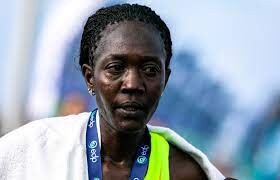
Otieno, 29, tested positive for the banned anabolic steroid Methasterone moments before the 100m heats at the Tokyo Olympic Games.
It meant he was not allowed to compete.
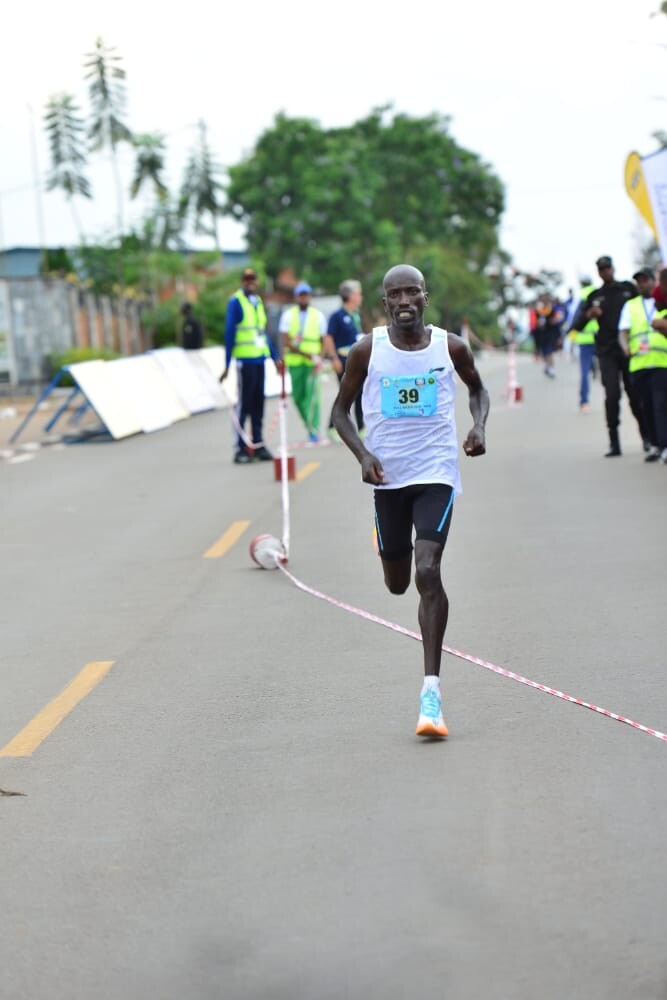
Otieno, a three-time national 100m champion, will have his ban backdated from the Games and end in July 2023.
The suspension for November's Porto marathon winner Kimutai - who tested positive for the male hormone testosterone - began on 16 November.
Maiyo's ban started on 20 July for returning a positive test for erythropoietin (EPO).
Last month the east African country avoided a sanction by governing body World Athletics - despite having 55 athletes serving suspensions - after committing to spend $25m over the next five years to combat doping.
Kenya's sports minister Ababu Namwamba then announced they intended to criminalise doping in athletics in an attempt to bring an end to a string of cases in the sport.
(12/21/2022) ⚡AMPby BBC Sport
Kenya’s Edna Kiplagat upgraded to 2021 Boston Marathon champion
Edna Kiplagat of Kenya has officially become a two-time Boston Marathon champion. The BAA elevated Kiplagat to 2021 Boston Marathon winner on Tuesday after the Athletics Integrity Unit (AIU) handed down a six-year suspension to former 2021 champion Diana Kipyokei. Kipyokei tested positive for triamcinolone acetonide (a corticosteroid)–a banned anti-inflammatory substance–post-race in Boston.
Kipyokei was also suspended for providing misleading information in her attempts to explain her use of the substance, including “fake documentation which she alleged came from a hospital,” according to the AIU. Kipyokei’s provisional suspension was announced Oct.14, but began on June 27 and her six-year ban has been backdated to June.
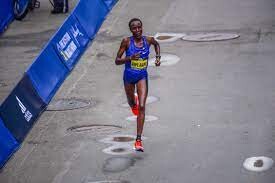
Kiplagat is now a two-time Boston Marathon champion, after winning the race in 2017 (she also ran to second in 2019). Kiplagat, 43, is widely regarded as one of the all-time greats in distance running.
Dubbed the “Queen of Persistence,” Kiplagat has competed at both the Olympic and World championship marathons, taking gold twice at the World champs in 2011 and 2013, and silver in 2017. Kiplagat has run all six of the Abbott World Marathon Majors.
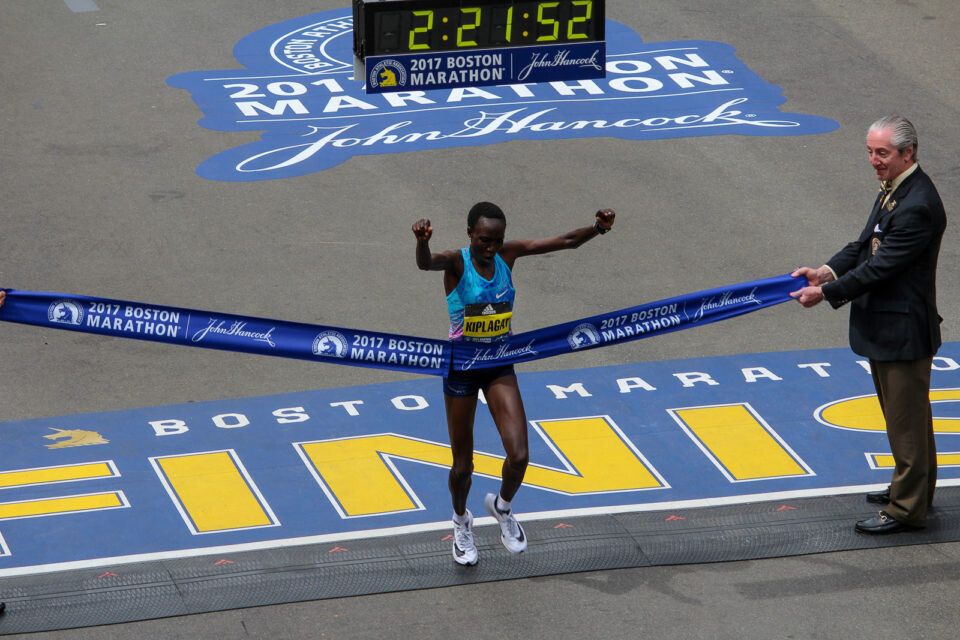
The Colorado-based athlete won the Abbott World Marathon Series VIII (2013–14) and was named the Series V (10–2011) champion following the disqualification of Russian athlete Liliya Shobukhova.
Kiplagat won both the London Marathon (2014) and New York Marathon (2010) with many second-place finishes. In 2021 she won the 7-mile (11.3 km) Falmouth Road Race, running away from the field in the second half of the race to break the tape in 36 minutes, 52 seconds.
(12/21/2022) ⚡AMP
by Keeley Milne
Boston Marathon
Among the nation’s oldest athletic clubs, the B.A.A. was established in 1887, and, in 1896, more than half of the U.S. Olympic Team at the first modern games was composed of B.A.A. club members. The Olympic Games provided the inspiration for the first Boston Marathon, which culminated the B.A.A. Games on April 19, 1897. John J. McDermott emerged from a...
more...Here’s what runners can learn from Lionel Messi, three key takeaways from Messi's magic
Whether you’re a soccer fan (football, to anyone outside of North America) or have never seen a game in your life, you’ve probably heard about Sunday’s thrilling World Cup final between France and Argentina–a game sports pundits are calling one of the greatest athletic events in history. Argentina’s Lionel Messi was the star of the brilliant finale, and we can all learn from his legendary career. Here are a few takeaways for runners.
1.- Consistency over time

Despite how natural Messi’s skill on the pitch looks, he’s been a hard worker in the sport for decades. “I start early and I stay late, day after day, year after year,” Messi has said. “It took me 17 years and 114 days to become an overnight sensation.”
Messi began his professional soccer career in 2004 and played at his first World Cup in 2006. The 2022 Cup was his fourth for Argentina, and the first time his team has won. The athlete, now 35, began playing when he was five in his hometown of Rosario, Argentina. That’s 30 years of dedication to reach the pièce de résistance of his career.

As a runner, you’ve probably heard consistency touted as the key to becoming better–putting in the work, day after day, is what will elevate you to greatness (or simply help you nail your goals). Messi has had many games over the years where his performance was less than a “sprinkling of sorcery” as UK commentator Sam Matterface described Messi’s magic at Sunday’s win.
Similarly, there are no real running shortcuts: putting in the time and effort to head out the door and log mileage day after day is the real secret to success.
2.- Master the art of the slow run (walking is OK too)
We know, we know, runners hate slowing down, but research shows it’s good for you. If you’ve tried 80/20 running (80 per cent of your runs are easy, 20 per cent harder) long enough to experience the benefits, you’re probably a convert–if not, maybe the fact that one of the GOATs of football spends much of his time on the pitch in a very slow run or walk will convince you to give it a shot.
Against Croatia, more than half of Messi’s total meters covered were in Zone 1–which FIFA defines as speeds between standing still and moving at 7 km/hr (4.3 mph), The Athletic reported. He’s estimated to be in that slower zone up to 85 per cent of the time; when he needs to move quickly, he does that extraordinarily well.
The New Yorker’s Jody Rosen calls Messi “soccer’s great ambler” and adds that “his penchant for walking is not a symptom of indolence or entitlement; it’s a practice that reveals supreme footballing intelligence and a commitment to the efficient expenditure of energy.”
Running slowly most of the time helps you maintain fitness and build mileage without wasting energy or accumulating a large toll on your body–when you need to run fast, in speedwork sessions and on race day, your body will have the energy to put forth the hard effort.
3.- Resilience and mental grit are essential
Messi was diagnosed with growth hormone disorder (GHD) when he was 11. GHD is treated by daily injections of human growth hormone (hGH) and Messi’s family was unable to afford the expensive injections long-term.
Despite being smaller than his peers as a child, Messi’s hard work and dedication on the pitch earned him a spot with La Masia, FC Barcelona’s (his long-time team outside of World Cup play) youth academy, who also agreed to cover his medical costs. At 5′ 7″, Messi is never the tallest player on the field, but he’s known for using his lower centre of gravity to his advantage.
All runners, new or experienced, road-based or trail fanatics, must overcome challenges to become the best runner they can be. Mental grit and resilience are developed when you face obstacles head-on, learning how to bounce back despite setbacks.
Accepting where you are at and navigating challenges to the best of your ability builds tenacity and mental toughness, preparing you for running hard races and facing inevitable obstacles in life.
(12/20/2022) ⚡AMPby Keeley Milne
Diana Kipyokei banned six years, stripped of Boston Marathon title
Kenyan Diana Kipyokei was banned six years and had her 2021 Boston Marathon title stripped for a positive drug test and then providing false information to anti-doping officials.
Kipyokei, 28, tested positive for a metabolite of triamcinolone acetonide (a corticosteroid) from a sample given after she won the Boston Marathon in October 2021.
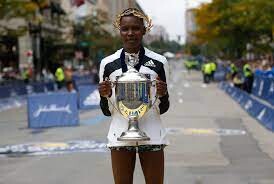
Kipyokei then provided false and/or misleading information in trying to explain her positive test, “including fake documentation which she alleged came from a hospital,” according to the Athletics Integrity Unit (AIU), which handles doping cases in track and field.
She chose not to challenge the charges, according to the AIU.
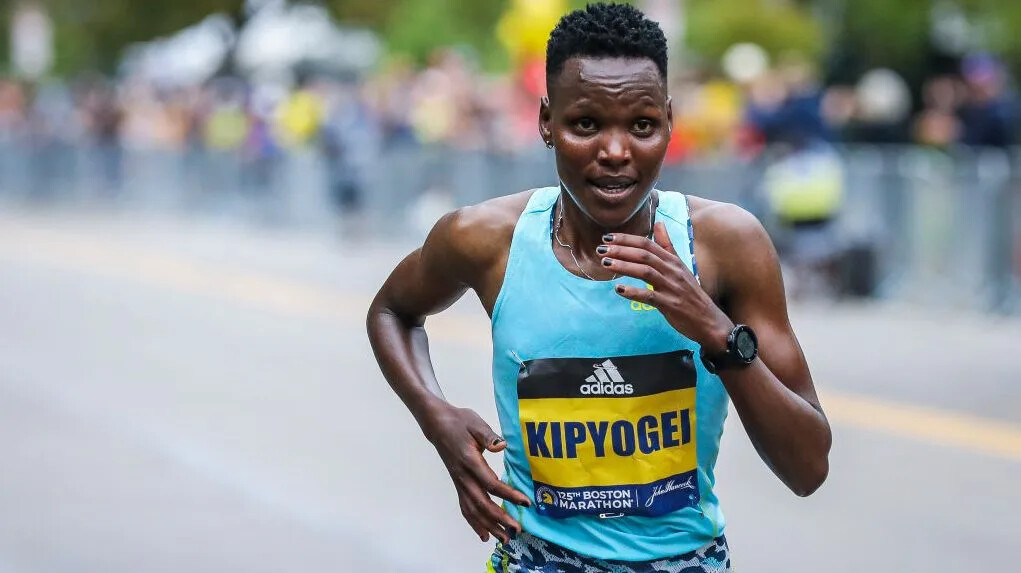
Kipyokei’s provisional suspension while her case played out was announced Oct. 14, but it began June 27. Her six-year ban has been backdated to June 27.
The Boston Athletic Association, which announced Oct. 14 that Kipyokei would be stripped of her Boston Marathon title should her case not be overturned on appeal, followed up on Tuesday to officially disqualify her.
Kipyokei, in her World Marathon Major debut, won Boston in 2:24:45, beating countrywoman Edna Kiplagat by 24 seconds. Kiplagat, then 41, has been upgraded to champion, making her the oldest runner to win the Boston Marathon in its history dating to 1897.
Kipyokei, who has no registered results since the 2021 Boston Marathon, is the second Boston Marathon winner to be stripped of their title in the last decade. Kenyan Rita Jeptoo also had her 2014 win disqualified for doping.
(12/20/2022) ⚡AMPby OlympicTalk
Boston Marathon
Among the nation’s oldest athletic clubs, the B.A.A. was established in 1887, and, in 1896, more than half of the U.S. Olympic Team at the first modern games was composed of B.A.A. club members. The Olympic Games provided the inspiration for the first Boston Marathon, which culminated the B.A.A. Games on April 19, 1897. John J. McDermott emerged from a...
more...Pool running for recovery
If you’re coming back from injury or want to safely add running volume, pool running is a great option and we have a few workouts for you to try. U.S. Olympian Molly Seidel has recently made a return to running after a sacral stress fracture, and she’s been playing it safe (as we all should), being careful not to overload her body.
“Body was feeling a little run-down after last week so we pushed today’s threshold workout to tomorrow and hopped in the pool instead,” Seidel shared in a recent Instagram post. “Trying to be smarter this build about listening to my body and taking recovery days when needed.” Learn from Seidel’s pro example and try one of these pool workouts.

Why the pool?
Running in deep end of the pool with a flotation belt is an ideal way to simulate running without impact. The pool reduces your body weight by up to 90 per cent, meaing the impact and stress on your body is significantly reduced. Start out easy for the first few workouts and build up to doing your regular running workouts against the resistance of the water.

Former elite marathoner turned podcast host and coach Tina Muir shares some insight on pool running on her website, and says you can simulate any land-based running workout in the pool. To increase intensity in pool runs, Muir suggests pumping your arms back and forth quickly and driving your legs against the resistance of the water.
“Make sure you keep the full cycle for your legs; people often end up doing high knees when they increase the intensity, which does not mimic running and is nowhere near as effective,” adds Muir.
Tempo pool workout
Warm up with ten minutes of easy pool running
Increase your speed and effort for 10–15 minutes
Cool down with ten minutes of easy pool running
Easy pool intervals
Warm up with 10 minutes easy pool running
Run at a hard effort across the deep end of the pool, and recover as you head back to the other side
Repeat 4–6 times (increase as you get used to the pool)
Cool down with 10 minutes easy pool running
Hey, the pool isn’t just for aquacise or swimming laps. If Seidel’s in there running, we’re willing to jump in too.
(12/20/2022) ⚡AMPby Running Magazine
Former Euro XC champ faces three year doping ban for EPO
Olympian and two-time European cross country champ Aras Kaya has been given a three-year ban for doping after testing positive for erythropoietin (EPO). EPO is a hormone that promotes red blood cell production, improving endurance.
Kaya, 28, was born in Kenya but competes for Turkey, after moving there in 2015 and receiving citizenship in 2016. He tested positive at the Brasov Running Festival 10K in Brasov, Romania in September, according to the Athletics Integrity Unit (AIU). Kaya was given a four-year ban but admitted he was at fault and opted not to fight the case, reducing his ban to three years.
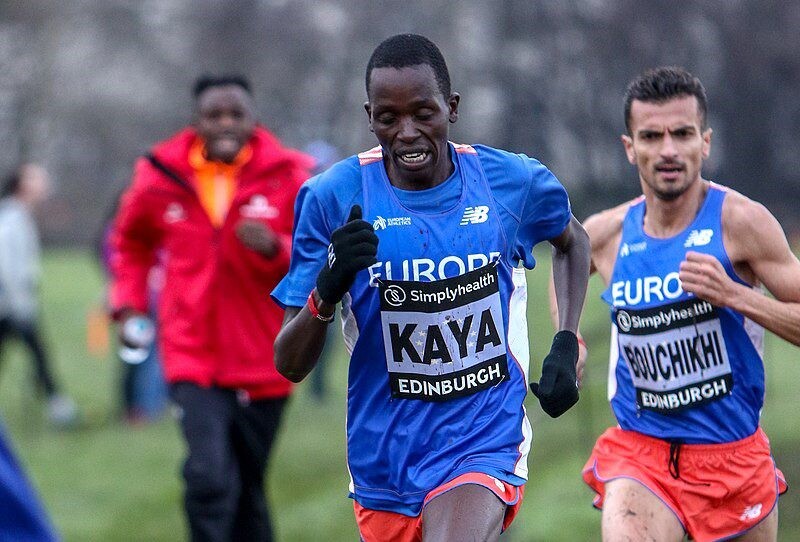
In 2021, Kaya took silver at the Euro cross country champs, runner-up to Norway’s Jakob Ingebrigtsen, and ran to bronze in 2018. He was set to run last weekend’s Euro Cross in Turin, Italy, but was a late withdrawal with his doping ban imminent, Athletics Weekly reported.
Kaya won the 2016 Euro cross country senior men’s title and took second in 2019 to Robel Fsiha of Sweden. Fsiha tested positive for artificial testosterone in 2020 and was banned for four years, elevating Kaya to the gold medal position. Kaya has a half-marathon PB of 60:51 and finished third in the 2022 European 10,000m cup.
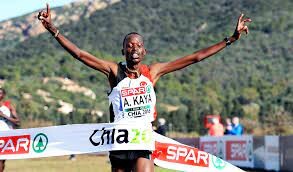
In the last year, Kaya was reported to have been in the process of receiving Russian nationalization, as he has been based in the Russian city of Kazan.
(12/20/2022) ⚡AMPby Keeley Milne
Here’s how a training log will make you a better runner
Whether you’re a new runner or have many marathons under your belt, tracking your progress in a training log or diary can boost motivation, help you troubleshoot your training, and is fun to look back on as time passes. Here’s the rundown on how and what you should be noting each run.
Running apps like Strava can be a great place to start tracking data, but writing down quick specific notes on each training session in a log is invaluable. You can add notes to a running app you’re already familiar with using, but also consider jotting down notes in a traditional running diary–it can be as cathartic as journalling and will provide you with a tool to reflect on for years to come.
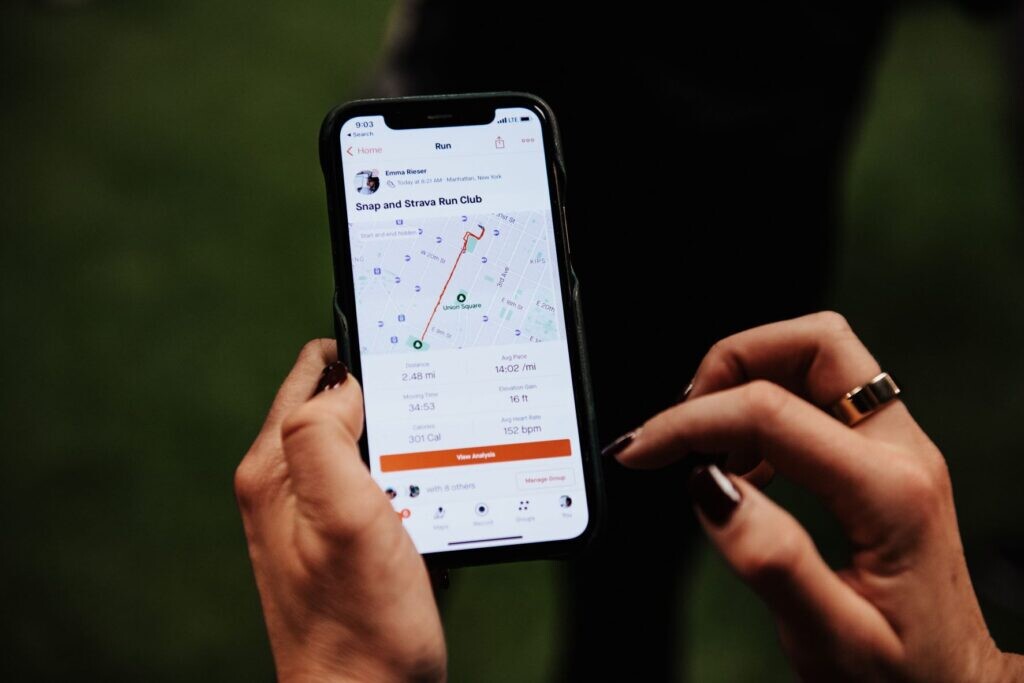
Why you should consider a training diary
Endurance sports coach and author Matt Fitzgerald shared in Podiumrunner that making the effort to log our training “increases our mind-body awareness as well as mental and emotional investment in the sport in ways that may positively affect our performance.” It also has immense pratical value, helping you determine what’s working and what isn’t, and adding an accountability factory to your routine.

Your training diary can be a great confidence booster. “It is a rich record of how much hard work you’ve accomplished and how much progress you’ve made,” Fitzgerald says. “It is the nearest thing you have to proof that you can achieve your goals before you actually achieve them.”
Here’s what you should be logging
Training apps like Strava (or one you may use with your watch) will do some of the hard work for you, noting your data and mileage. Here’s what you should consider adding notes on.
Feelings This doesn’t have to take long or be complicated. Very simple notes about whether you felt fantastic or sluggish can help you figure out what is working and what isn’t in your training (and your life). If you’re under a lot of mental stress, note it: our bodies keep track of stress (mental and physical) rather than mileage, so a high-stress week can correlate to finding your regular workouts more challenging than usual.
Conditions Note what the weather was like and what terrain you were running on can put a training session in perspective when you look back on it–if you were running through deep snow or on a warm day, make sure you note that.
Sleep If you slept terribly the night before a workout, it can be useful to note: sleep impacts training, and a period of poor sleep can be an indicator of other health issues and useful to have recorded.
Niggling aches and pains Keep track of sore spots, even if they seem minor. This can be useful in preventing injuries and can also help you identify what workouts are pushing limits.
If your workout included intervals or varying intensities, you may want to add notes to clarify that–something as simple as “15 min warmup, 3 x 800m” will help jog your memory when you look back at the data.
Training over the long-term can have low points, and your log will be a source of motivation. It’s impossible to be consistently stoked about the daily grind and looking over your log will remind you of how much time you have already put in and how far you have come. “It’s a source of accountability to the standards you have set for yourself as a runner,” says Fitgerald.
(12/19/2022) ⚡AMPby Running Magazine
Barsoton and Jisa run course records in Kolkata
Kenya’s Leonard Barsoton and Bahrain’s Desi Jisa ran course records to win the Tata Steel Kolkata 25K, a World Athletics Elite Label road race, on Sunday (18).
Barsoton, the 2017 world cross country silver medallist, retained his title with a time of 1:12:49, bettering the course record of 1:13:05 he set in 2019.
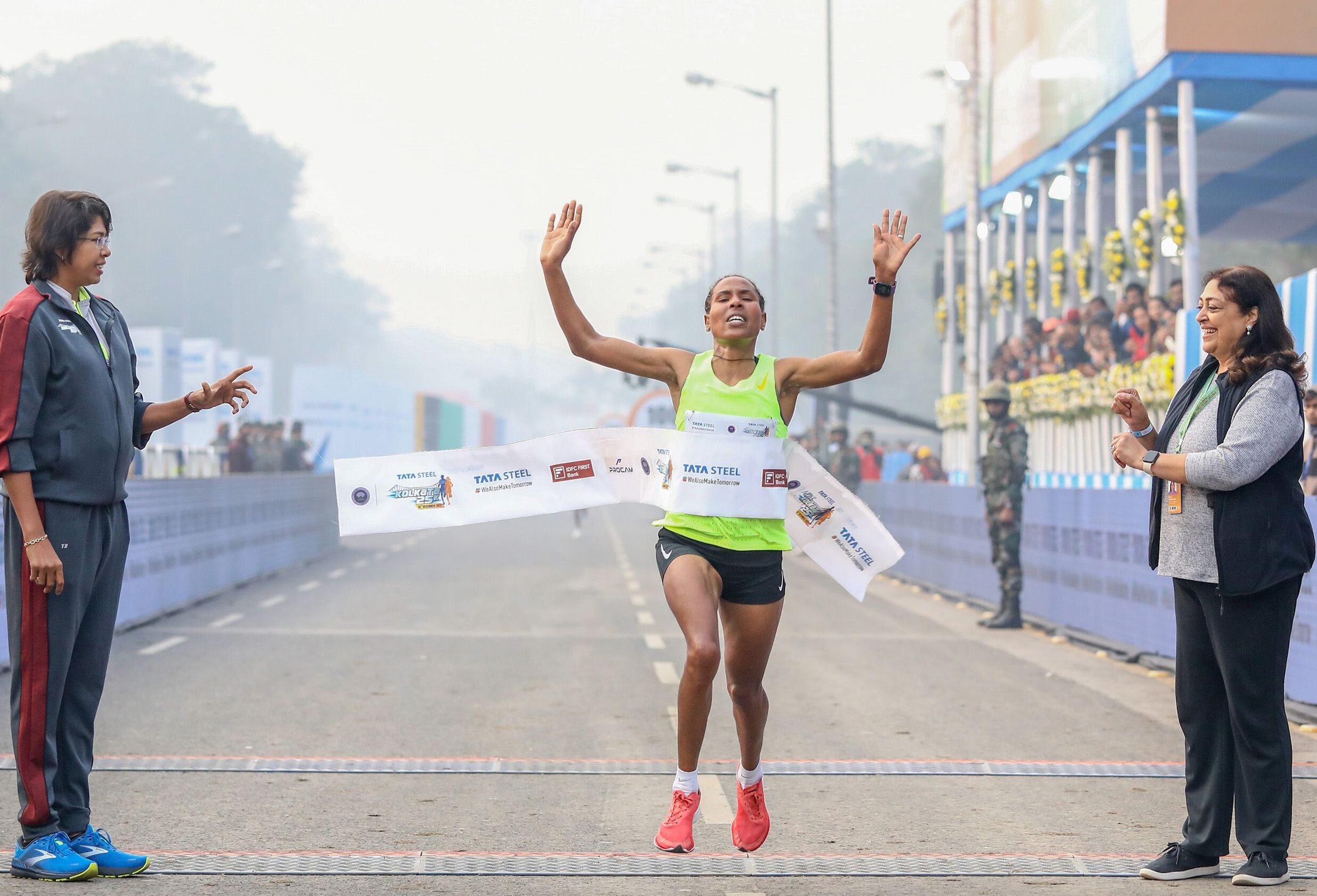
It was a tactical race. In the mix right from the start but not the leader of the pack, Barsoton was in fourth place behind Alfred Ngeno, Abdisa Tola and Birhanu Legese. He picked up the pace after the 20km mark and never looked back.
Having run in Kolkata before, he knew the course would include a bridge and then take a circuitous route around Babu in Kolkata Ghat along the banks of the Hooghly river.
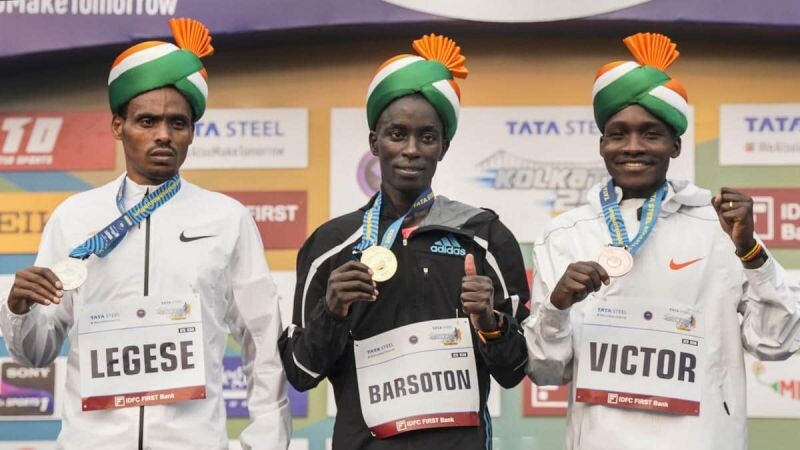
While Tola of Ethiopia led the race from around the 15km mark, Commonwealth Games marathon champion Victor Kiplangat of Uganda soon set the pace. By the time the pack reached 23km, Barsoton was well ahead, increasing the gap between him and Legese in second place (1:12:54). Kiplangat appeared to have run out of gas and finished third in 1:12:56.
“I know the course and I knew exactly when to pick up the pace,” said Barsoton. “I had been preparing for the last two months. I had some niggles, but despite that, I am happy to have won here and with a course record. It was a very competitive race, and the others in the field gave me a tough fight.”
In the women’s event, Jisa took almost a minute off the previous course record set by Ethiopian Gutemi Shone, clocking 1:21:04 to eclipse the mark of 1:22:09 set in 2019.
Leading the group, Jisa slowed her pace in the 5km stretch between 15-20km, which looked like a tactical move to save her energy for a strong finish. With 5km left, she took complete control.
Ethiopia’s Zeineba Yimer (1:21:18) finished second and Uganda’s Mercyline Chelangat (1:21:31) third.
“I thank Kolkata for such a warm welcome,” said Jisa, runner up at the event in 2019. “I wanted to win the race and am thrilled to have done it with a course record. Now my target will be to participate in Paris (2024 Olympics), a dream for all.”
The top three in both races all finished under the previous course records.
Organisers for World Athletics
Leading results
Women
1 Desi Jisa (BRN) 1:21:04
2 Zeineba Yimer (ETH) 1:21:18
3 Mercyline Chelangat (UGA) 1:21:31
4 Obse Abdeta (ETH) 1:21:43
5 Ashete Bekere (ETH) 1:22:12
Men
1 Leonard Barsoton (KEN) 1:12:49
2 Birhanu Legese (ETH) 1:12:54
3 Victor Kiplangat (UGA) 1:12:56
4 Alfred Ngeno (KEN) 1:13:15
5 Abdisa Tola (ETH) 1:14:27.
(12/19/2022) ⚡AMPby World Athletics
Kolkata 25k
In Kolkata, a city rich in history, culture and custom, the third Sunday in December is a date that is eagerly anticipated. The Tata Steel Kolkata 25K (TSK 25K) has become synonymous with running in eastern India since it began in 2014. India’s first AIMS-certified race in the unique 25 km distance, the TSK 25K went global in its fourth...
more...What’s the one piece of running gear that you never want to part with?
Have you ever had a pair of shoes, special socks or a lucky shirt that you just couldn’t imagine parting with? In this short film, Australian outdoorsman, runner and filmmaker Beau Miles pays tribute to an extraordinary hat.
“My magnificent hat has lost the will to live,” says Miles. “After 15 years of sun and body fluids, with a heavy heart and a head full of memories I take my favorite, thread-bare, stinking, beyond-repair hat for one last run.” In an “ode to his stuff” that will have you laughing and quite possibly shedding a tear (yes, over a hat), Miles’s tribute to his hat is surprisingly powerful.
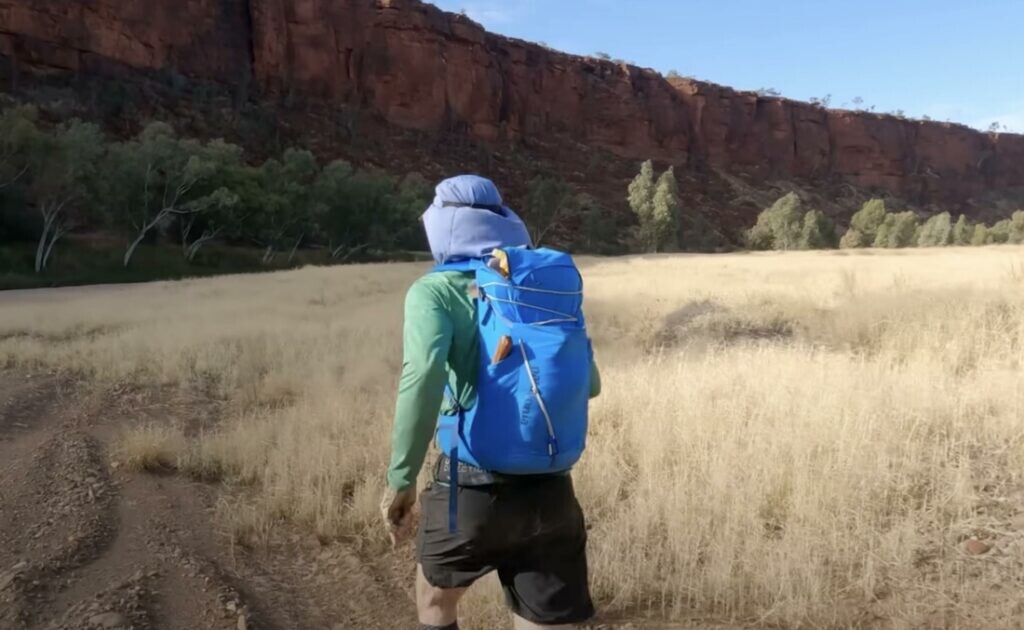
Miles is known for being a fixer–he doesn’t like to waste anything, and in the first moments of the film you see him stitching up a favourite pair of shoes: “what a therapeutic thing to do before going for a run,” he says. His entire running outfit, he says, is probably on its last legs, but he sets out for a 40-km run anyway, to bid adieu to his hat and honour the adventures he’s been on with it.
While it might sound silly, Miles delivers some insightful reflections, sharing that a good piece of gear allows you to completely forget you’re using it and be immersed in the experience you’re having. If you’ve ever had a piece of running kit that you’ve carted around everywhere, you’ll relate, and if you don’t, you’ll find yourself feeling the need for one.

“As I move through life, I’m realizing that what I wear and make and fix until it can no longer be fixed are things worth spending time with,” Miles says. Those beloved running shoes that you simply can’t get rid of and insist on taking out for the occasional nostalgic run? Miles says they’re important, and he does so in a beautiful way.
(12/19/2022) ⚡AMPby Keeley Milne
Kenyan and Ethiopian runners win Taipei Marathon 2022
Kenya’s Lani Kiplagat Rutto and Ethiopia’s Alemtsehay Asefa Kasegn won the 2022 Taipei Marathon men's and women’s divisions, respectively, on Sunday (Dec. 18).
Rutto finished with a time of two hours, nine minutes, and 42 seconds, and Kasegn clocked two hours, 25 minutes, and 55 seconds, which broke the women’s course record, CNA reported.
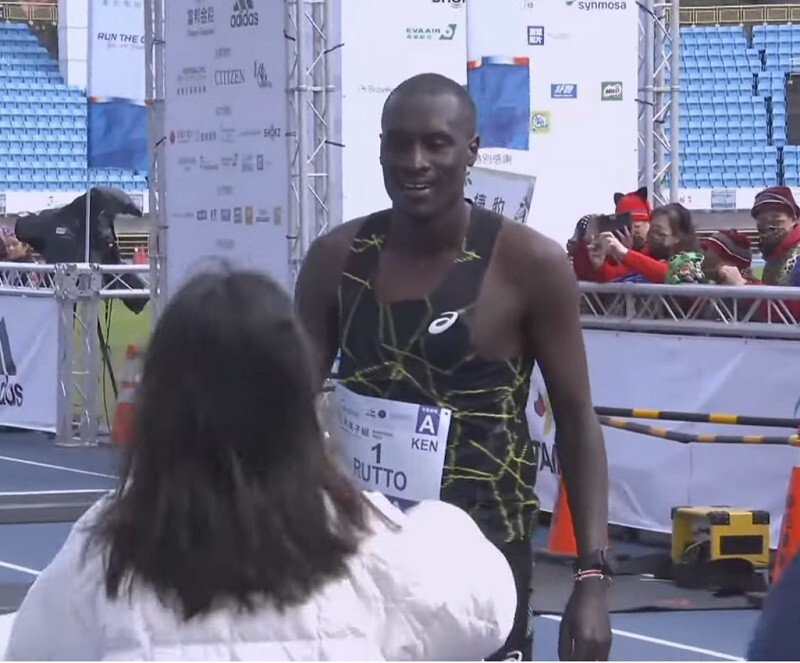
Rutto, who was just 25 seconds shy of breaking the men's record, won the first place prize of US$26,667 (NT$820,000), while Kasegn took home US$60,000 for breaking the women’s record of two hours 27 minutes and 36 seconds.
Kasegn was last year’s Taipei Marathon female champion, and she came back this year to break the women’s course record.
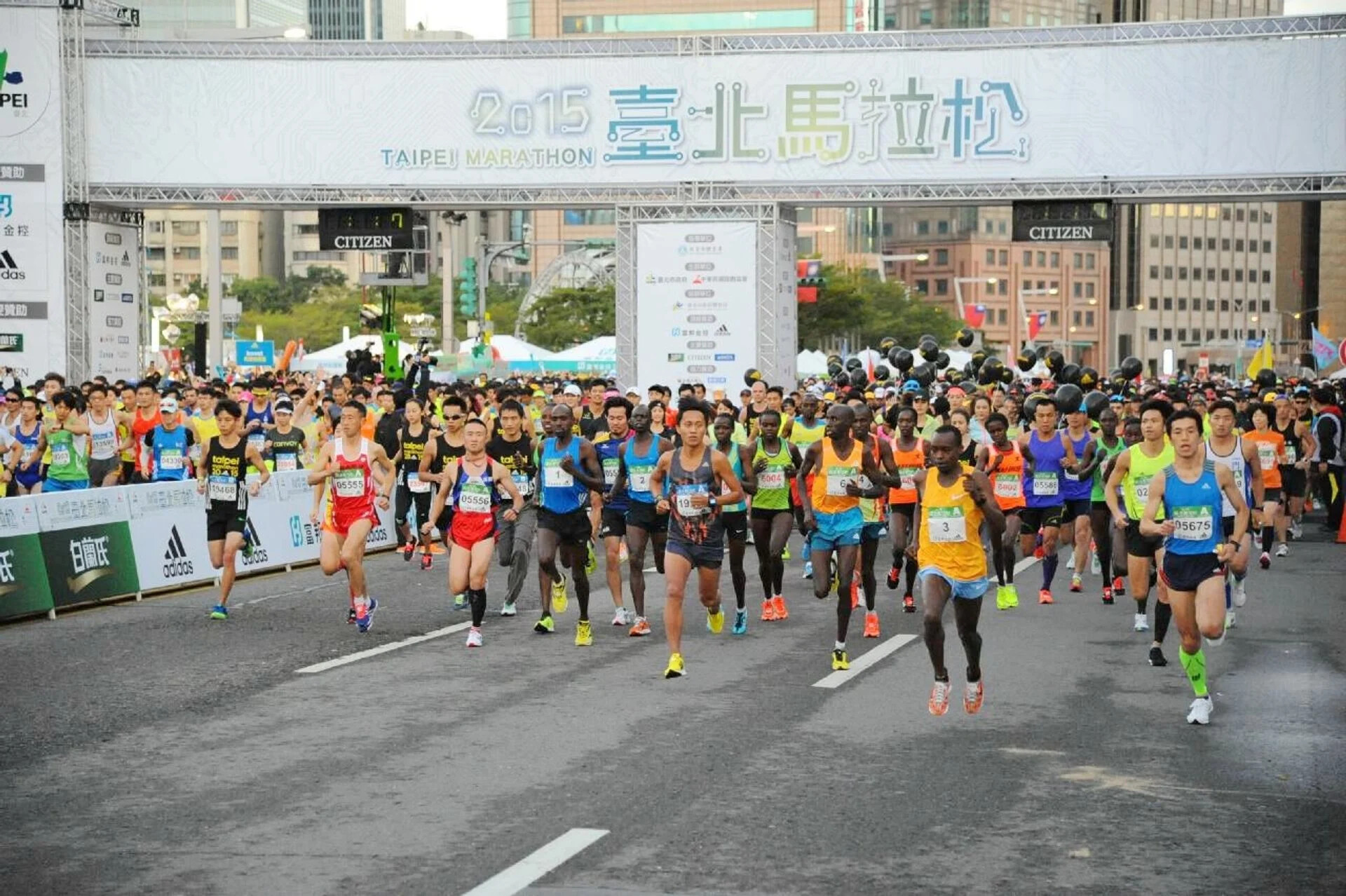
The fastest Taiwanese runner was 40-year-old Chiang Chieh-wen (蔣介文), who finished in two hours, 25 minutes, and 53 seconds. Meanwhile, Lisa Ries (雷理莎) won the women’s domestic contest in two hours, 40 minutes, and 54 seconds, which was her personal best, the report said. Chiang and Ries each won a cash prize of NT$100,000.Kasegn had tagged along behind Chiang from the beginning and followed him closely until the finish line. Chiang said jokingly after the event, “I was thinking ‘it doesn’t matter to me if she tags along behind me,’ but, shouldn’t she dole one-third of her NT$1.8 million prize money to me?”
Ries said she had to withdraw from the competition the previous two years because of injury, and this year she achieved her goal of finishing the race without getting hurt. She added that now all her efforts will be focused on qualifying for the 2024 Paris Olympics.
(12/19/2022) ⚡AMPby George Liao
New Taipei City WJS Marathon
The best thing about Wan Jin Shi Marathon Race, is the chance to take in the enchanting view along the North Shore. The breathtaking view of the mountains and the seaside is the centerpiece of the race. The Queen's Head Rock is set against the backdrop of the North Shore, complemented by the area's many scenic landmarks. This is the...
more...Questions Arise About Selection of 2024 Olympic Marathon Trials Site
The USATF national office overrode a recommendation from its board of directors that Chattanooga host the Trials.
Despite a recommendation from the USA Track & Field (USATF) board of directors that Chattanooga be named the host city for the 2024 Olympic Marathon Trials, the city will not host the event. Instead, Orlando, the only other city to bid on the Trials, was named as the host city.
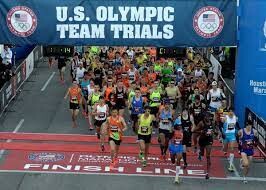
According to minutes from the October 9 USATF board meeting held in Miami Beach, recently posted to USATF’s website, the board issued “an advisory vote of approval for the 2024 USATF U.S. Olympic Trials - Marathon bid to be awarded to Chattanooga, Tennessee. Final approval still remains with the USATF National Office.”
The vote was unanimously carried with one abstention. But the national office announced on November 8 that Orlando would be getting the nod.
Runner’s World asked USATF spokesperson Natalie Uhl and CEO Max Siegel for clarification on why the national office overrode the board of directors. Uhl referred questions on the matter to Mike Conley, the chairman of the board of directors.
Conley wrote in an email to Runner’s World, “The [United States Olympic & Paralympic Committee] is looking into the matter and until I hear back from them I have no comment.”
The USOPC was unable to provide comment to Runner’s World immediately, but a spokesman said he would do so at a later time.
Multiple sources told Runner’s World both Orlando and Chattanooga performed well at site visits. But late in the selection process, after the board vote, Chattanooga’s bid was disqualified.
Neither USATF nor Conley would confirm that Chattanooga was disqualified nor explain why.
A board member, Jim Estes, had been involved as an advisor on Chattanooga’s bid. Estes had disclosed the relationship from the beginning—board members and other volunteers with USATF are required to file conflict of interest forms and keep them up to date—and Estes recused himself from voting on anything related to the Olympic Marathon Trials. His recusal is noted in the meeting minutes.
According to his LinkedIn profile, Estes previously worked in the USATF national office in Indianapolis for almost 12 years, from 2005 to 2016. For the last four, he was the director of events. He is now a consultant for events in the running industry.
Estes declined to comment to Runner’s World. The chief sports officer at the Chattanooga Sports Commission, Tim Morgan, was directing Chattanooga’s bid for the Trials. He did not return multiple calls and messages requesting comment.
The board bases its vote on recommendations from members of the men’s and women’s long distance running committees, volunteers who visit potential sites and evaluate the bids for what will help produce the strongest Olympic team and be best for the athletes.
At a November virtual meeting of USATF’s board of directors, the topic of the bid for the Olympic Marathon Trials came up again. But the discussion was held in executive session, meaning that what was discussed remains private. The executive session lasted for 15 minutes. Again, Estes recused himself from the session.
A similar disagreement marred the selection of the 2016 Olympic Marathon Trials. For that event, the men’s and women’s long distance running committees recommended that the Trials return to Houston, which had staged a successful Trials in 2012. Siegel overrode that decision and decided the Trials should be in Los Angeles, a larger media market.
That race in Los Angeles went off in warm conditions. February temperatures reached into the mid-70s, and several athletes struggled in the heat, with many claiming inadequate fluids on the course. For the men, Galen Rupp, Meb Keflezighi, and Jared Ward made the team. On the women’s side, Amy Cragg and Des Linden finished first and second, and Shalane Flanagan collapsed at the finish line in third place.
USATF is facing scrutiny about other administrative matters. In November, when the nonprofit organization’s most recent tax forms were made public, it showed Siegel had a total compensation package of $3.8 million in 2021. The chief operating officer, Renee Washington, made more than $1.6 million. Together, those two salaries represented more than 16 percent of the organization’s revenues.
Earlier this month, heptathlete Taliyah Brooks filed a lawsuit against USATF for failing to reschedule the heptathlon during extreme heat at the 2021 Olympic Track and Field Trials.
(12/18/2022) ⚡AMP
by Runner’s World
Cranberries Can Prevent UTIs, Support Performance, and Offer More Health-Boosting Benefits
This holiday staple offers more than festive flare.
If you’re only eating cranberries once a year, you’re missing out on a wide array of nutrients and creative dishes. Cranberries have adorned Thanksgiving and holiday tables for hundreds of years. But this naturally tart red berry has many culinary uses. Plus, cranberries are packed with vitamins, minerals, and antioxidants and have been shown to improve heart health, reduce inflammation, and may even enhance performance.

Not to mention that cranberries come in several forms—fresh, dried, and juiced—so you have multiple ways to add them to your diet.
Here, everything to know about cranberries’ benefits, including just how easy they are to add to your plate.
What nutrients will you get from cranberries?
Fresh cranberries are a good source of vitamin K and an excellent source of fiber and vitamin C. Beyond the nutrition label, they also have polyphenols or plant compounds that have been studied for their beneficial role in many health conditions.
According to the USDA, one cup of fresh, whole cranberries has:
46 calories
0.5 g protein
<1 g total fat
12 g carbohydrates
4 g fiber
4 g sugar
14 mg vitamin C
8 mg calcium
80 mg potassium
What are the health benefits of cranberries?
The Dietary Guidelines for Americans recommend two servings of fruit per day, thanks to the plethora of nutrients they offer. Cranberries, in particular, have been studied for their health properties, including these benefits:
1. They can lower your risk of chronic disease
“Cranberries are loaded with antioxidants, so they help defend your body against oxidative stress,” says Samantha Cassetty, MS, RD, plant-focused nutrition and wellness expert and co-author of Sugar Shock. Oxidative stress occurs when free radicals (cell-damaging compounds) outnumber antioxidants in the body.
Research links excessive oxidative stress to chronic conditions, including heart disease, type 2 diabetes, cognitive decline, and cancer. Recent research has found that eating cranberries boosts the antioxidant effect in the body and may fend off these conditions. “When you consume antioxidant-rich foods like cranberries, it helps to correct the imbalance [of free radicals],” adds Cassetty. The same research also points out the anti-inflammatory properties of cranberries—another important component of disease prevention.
2. They benefit your heart
“Cranberries provide numerous cardiovascular benefits,” says Lauren Harris-Pincus, MS, RDN, founder of NutritionStarringYOU.com and author of The Everything Easy Pre-Diabetes Cookbook . An abundance of research suggests that berries, in general, reduce (bad) LDL cholesterol, triglyceries and blood pressure, while increasing (good) HDL cholesterol.
“Additionally, cranberries may help improve the flexibility of your arteries,” says Cassetty. “When arteries become stiff, it can lead to high blood pressure.” The research suggests that cranberries can improve several risk factors for heart disease.
3. They prevent urinary tract infections
You’ve probably heard that cranberry juice can treat a urinary tract infection (UTI). While that’s not necessarily the case, cranberries have been studied for their role in urinary tract health. “Cranberries naturally contain the flavonoid, proanthocyanidin (PAC),” says Harris-Pincus. And it’s this flavonoid that likely blocks the buildup of bacteria and helps to prevent urinary tract infections.
A meta-analysis involving 23 studies and more than 3,900 participants backs up the claim that cranberries can help prevent UTIs in susceptible populations. The study found that those who drank cranberry juice had the biggest reduction in risk of UTIs, compared to those who took a capsule or tablet. In other words, having cranberries in your diet may stop UTIs before they start.
4. They may contribute to a healthy gut microbiome
“A growing body of [new] research suggests that the use of cranberries as part of a healthy diet can help maintain a beneficial population of gut microbiota,” says Harris-Pincus. Small studies in humans and animals show that eating cranberries may alter the gut microbiome in a positive way.
“Your microbiome regulates immune function, inflammation, cholesterol, blood sugar levels and mood, so it pays off when you have a healthy microbiome,” says Cassetty. Yet, more research is definitely needed before making general recommendations about cranberries and the microbiome.
5. They can support endurance performance
Fueling before a run is crucial for maximizing performance, and dried cranberries may be the perfect prerun snack. Packed with easy-to-digest carbohydrates (they have added sugar to improve palatability), they offer up energy for your muscles to maintain long miles.
In addition, the inflammation-fighting compounds in cranberries may help athletes recover faster.
The research on cranberries in the athletic population is lacking, but one study in rowers did find that supplementing with cranberry extract increased postexercise levels of antioxidants in the blood. This is important because strenuous physical activity can raise oxidative stress, and antioxidants can bring it down, as mentioned earlier.
How to add cranberries to your meals
“Cranberries are amazing because of their culinary versatility,” says Harris-Pincus. “Fresh, frozen, and dried cranberries are tasty assets to both sweet and savory dishes,” she adds. Here are some simple ways to add cranberries to your diet, from Cassetty and Harris-Pincus:
Bake cranberries into quickbreads, muffins, pancakes, and crumbles, because the sugar in the baked good will balance the tartness of the berries.
Use dried cranberries in nutritious dishes, like salads, roasted veggies, and grain-based bowls.
Add dried cranberries to a homemade trail mix made with popcorn and nuts.
Include fresh cranberries in baked oatmeal with a dash of maple syrup.
Create a cranberry compote in the microwave with fresh berries, water, your choice of sweetener and citrus. Enjoy it on waffles, pancakes, crepes, oatmeal, or as a sandwich spread.
Drop a few cranberries in a glass of champagne for a healthy garnish.
Add 1 to 2 tablespoons of cranberry juice to your favorite vinaigrette recipe for a tart pink dressing.
Replace the raisins with dried cranberries in your favorite childhood snack, peanut butter over celery, and make “red ants on a log.”
Combine cranberries with sweet potatoes and drizzle with maple syrup and olive oil. Roast for 30 minutes for a sweet and sour side dish.
The bottom line on the benefits of cranberries
Cranberries are affordable, versatile, and underutilized. Not only are they pretty to look at, but they are also good for your health. Whether you like them fresh, dried, or juiced, cranberries are worth adding to your meals. Incorporate them during heavy training seasons to get an added antioxidant boost.
(12/18/2022) ⚡AMPby Runner’s World
The Importance of Injury Prevention in Winter
Winter is a risky time of year.
"I simply must go run," you might say in the doldrums of January.

"But, baby it's cold outside," your foot, shin or hip whispers back.
There are many reasons why your body might instinctively want to avoid running in winter. The frigid temperatures make muscles and joints tighter, and thus more injury prone. The darkness and the slippery, snowy, hard, frozen ground make it easier to misstep or fall. The cooler temperatures allow you to run faster than you would in summer, increasing impact forces.
While peer-reviewed studies on the subject are limited, a 2014 master's thesis reviewed the literature and found that "the injury rate for musculoskeletal injuries was higher in the winter months." That thesis project is by no means definitive. However, anecdotally, I have noticed a similar pattern for athletes I coach. Take these easy steps to prevent your body from rebelling.
1. Focus on a warm-up, and do it in a warm location
Starting a winter run cold reduces proprioception (ground feel), and subjects tight muscles and tendons to excess injury risk. Don't wait for the first few miles to pass before you can feel your feet-start the workout inside instead.
Before each run, do a complete warm-up indoors, like this one combining lunges, leg swings, and light jogging in place, adapted from Coach Jay Johnson. Evidence indicates that warm ups may reduce injury risk. At the very least, it will make you feel less like an icicle and more like a well-oiled machine when you get out the door. To step it up a notch, run your legs under hot water in the shower pre-run.
2. Keep your feet, knees and muscles warm while running
Running with cold joints and muscles is like typing on a typewriter-it can work, but there is less margin for error and you'll probably go slower, too. One study on rats found that muscles below core temperature were more prone to tearing. Across the U.S., stress fractures increase in winter (that statistic includes non-runners). Being cold is just plain miserable, too, unless you were born and raised in North Dakota or are an actual penguin.
During your run, err on the side of more clothes to insulate your feet, shins and knees. There is no honor in wearing shorts in freezing temperatures, and it could raise injury risk for some people. A base layer of flexible tights is a great option.
3. When in doubt, use more traction
If I had a dime for every time I fell after thinking I didn't need trail shoes or extra traction, I would really benefit from the new tax bill. All it takes is one slippery patch to ruin a season. Anecdotally, excess slipping with each stride (even if not accompanied by a fall) seems to increase risk of hip and low-back injuries in winter.
I advise athletes to find an everyday trail shoe that can work for dry and wet conditions. On extra-icy days, add a slip-on traction device. By taking out the daily decision-making, you can prevent yourself from making a poor choice that results in a faceplant or, even worse, a knee-plant or hip-plant.
4. Use a post-run routine to prevent injuries
After you finish a winter run, it's tempting to go straight to the hot cocoa or hot toddy or hot coddy (hot cocoa with bourbon). But spending a few extra minutes on a strength and mobility routine can make you more resistant to injuries and improve your running economy by improving power transfer.
Coach Jay Johnson's myrtl routine is a great place to start when developing your own plan. Add some relaxed leg strength work and 5 to 10 minutes of foam rolling, and you'll be doing everything you can to injury-proof your running life.
5. Stay hydrated and fueled
Cold weather can throw everything for a loop. Hydration can feel optional ("I'm not sweating because it's cold, right?") and nutrition rules can get stretched ("Eggnog is basically a recovery shake, right?"). But hydration and fueling are two of the most important elements of staying healthy, and two that are completely under your control.
For hydration, let your pee be your guide. You don't want to be peeing coca cola or vodka-a light yellow is perfect. Dehydration is bad for performance and injury prevention, but so is over-hydration, so just make sure you drink (water) responsibly.
Negative energy availability (not consuming enough calories for your activity level) is the biggest risk of all when it comes to staying injury free. Whenever you are training, keep the fuel coming and avoid stigmatizing any food. Work on getting plenty of fat, protein and carbohydrates. When in doubt, all food is good food for a runner in training, be it a stir-fry or a gingerbread house.
(12/18/2022) ⚡AMPby Trail Runner Magazine
Kilian Jornet Won the Biggest Races and Launched His Own Apparel Brand
Heading into the 2022 ultramarathon season, Spanish runner Kilian Jornet hadn't contested a 100-mile race since 2018, when he dropped out of the Ultra-Trail du Mont Blanc (UTMB) following an allergic reaction from a bee sting. In the ensuing years, Jornet, now 35, had two children with his partner, Swedish ultrarunner Emelie Forsberg, and he launched his own trail-running footwear and apparel brand, NNormal. Fatherhood and entrepreneurship didn't slow him down, however; the running world's greatest of all time began the season with a win at Sweden's 100-mile Tjrnarparen Trail Ultra. He then pulled off an audacious double, winning Colorado's Hardrock 100 as well as the UTMB-and set course records in both events. Outside spoke with Jornet about his remarkable year.
OUTSIDE: You've done several 100-mile races in 2022 after a few years running shorter events. Was that a planned break? KILIAN JORNET: In 2019, I wanted to focus on shorter distances, with the Golden Trail Series and an Everest expedition. In 2020, I wanted to spend time with my family. To try something different, I trained mostly on roads. In 2021, the focus was on a trip to the Himalayas and getting fast in short distances, specifically the vertical kilometer.
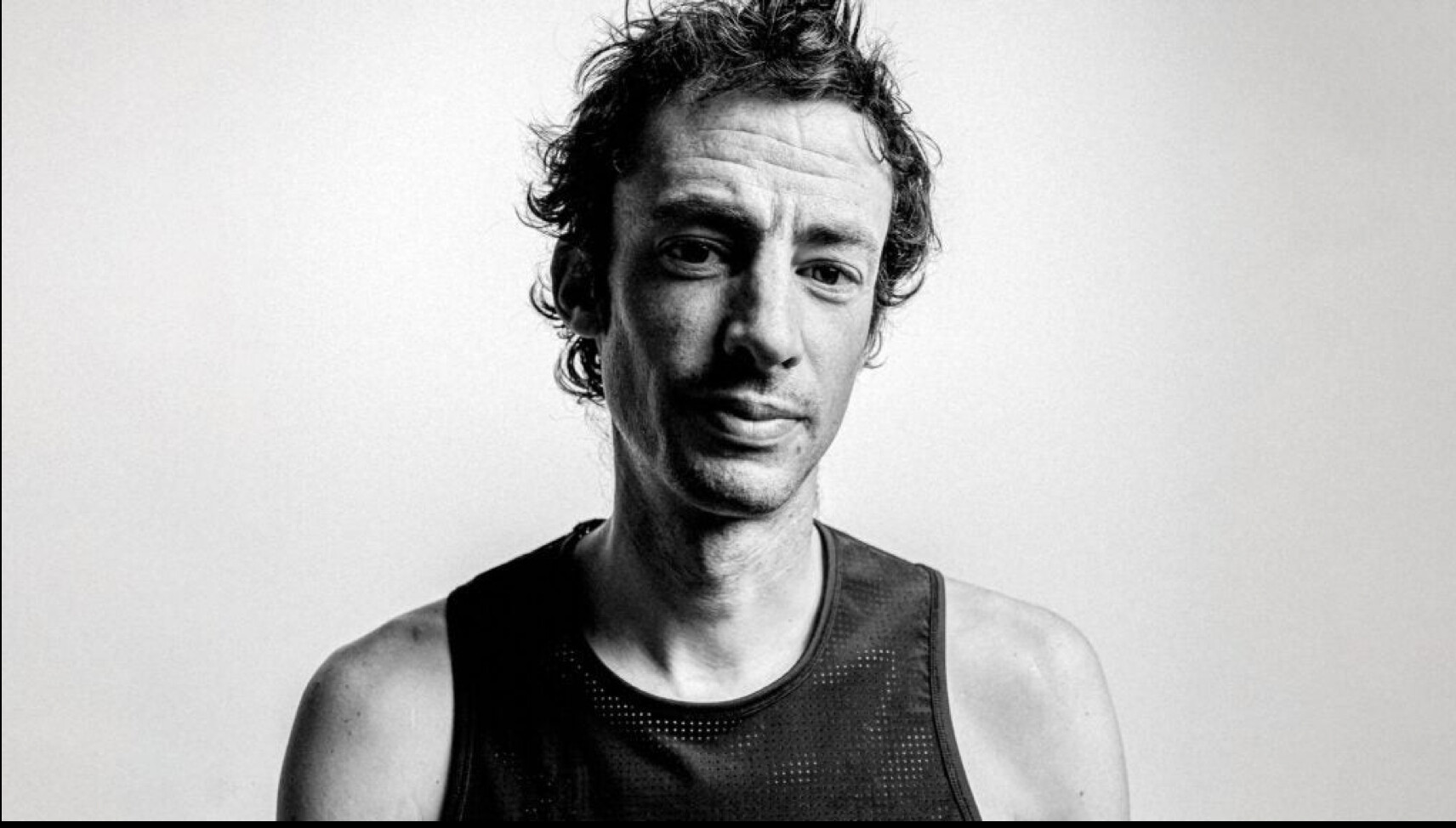
Your long-term partnership with Salomon ended last year. What made you decide it was time to do your own thing? I've always been a geek when it comes to gear. I had the idea of developing something on my own, but it was more a dream than a project. Then last year, through a mutual friend, I met the Fluxa family, who own Camper shoes, and told them that I wanted to do something in the outdoor space. Since the first conversation, we saw that we shared the same values and vision around social and environmental responsibility. From there things went fast. I'm very grateful for all the years at Salomon, and for all their support and what we did together, but it was time to do something different.
How did the idea for NNormal come about? We thought that the best way to implement our ideas-in terms of products, marketing, and corporate responsibility-was to create our own company. The benefit of cofounding a company is that you don't need to answer to shareholders at the end of the year, so you can develop your mission without any pressure. Of course, you want it to be economically sustainable, but you can always put product and company values at the forefront.
With the exploding popularity of ultrarunning, do you believe there will be more professional athletes in the near future? In the past five years, I've seen many more athletes becoming professional-not just to survive, but earning a good salary. More brands are creating teams with great resources. I think that will continue, and I hope it increases equality and diversity in the sport. Many of the big competitions have fewer female participants than male, and many of the sponsorships are from brands in Western countries. In this regard, brands have a big role to play, not only in equal sponsorship opportunities, but also when it comes to marketing and communication.
Many outdoor apparel brands say that protecting the environment is an important part of their company philosophy. How does NNormal plan to tackle that challenge? At NNormal we want to focus on durability. That means making products that perform well for a long time and are easy to repair. They should also have emotional durability, which means that they look good today and in five years. We want to make collections that are timeless and not designed according to seasonal trends. It's important to have great standards when it comes to the environmental footprint of the materials as well as the production process. Most important, we want to base our business model not on overconsumption but on finding different ways to be economically sustainable.
The running-shoe market is notoriously competitive. What makes you optimistic that NNormal can succeed? The first thing is to define success. Is it to sell a lot, or to have a quality product? We have a great team of footwear developers-we have the experience of Camper for shoe development and comfort, and we have a very talented group for performance footwear. For our first shoe, the Kjerag, we wanted to make something that performs well on different terrain and over different distances. I think our approach of durability, comfort, and versatility will appeal to many athletes. But we'll see what our customers think.
(12/18/2022) ⚡AMPby Trail Runner Magazine
Three ways to get a grip on winter running
Just because there’s snow on the ground, it doesn’t mean you should take your running goals into hibernation. Winter is a great time to get outside and enjoy the fresh air, and running in the snow can be fun, if you’re prepared. There is more to running in the winter than simply embracing the cold—you’ll need the right gear to ensure your safety.
Follow these three tips to stay safe and comfortable while running in the snow.
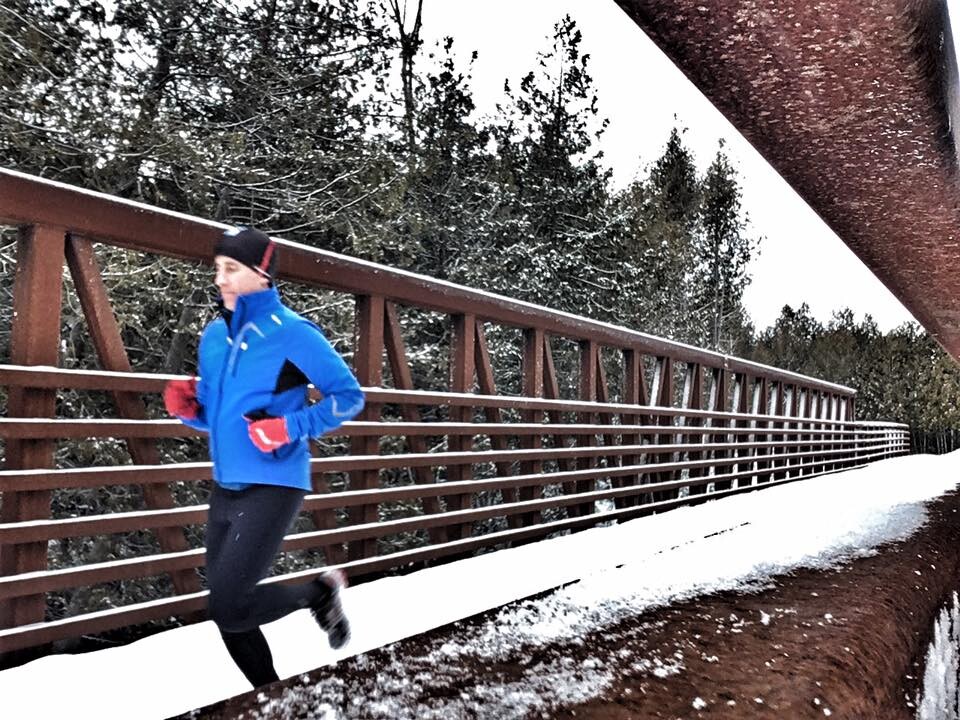
Invest in the right gear
Making sure you are prepped with the right equipment before heading outdoors is the best way to guarantee a safe and successful run. Buy shoes with good traction on the outsole with either Gore-Tex or water-resistant materials to keep your feet warm and dry. Some other gear to invest in is thermal or merino-wool moisture-wicking socks, a winter-specific hat, warm gloves that are not too bulky, plus a wind and water-resistant jacket to keep you warm and dry. Just because there’s snow on the ground, it doesn’t mean you should take your running goals into hibernation. Winter is a great time to get outside and enjoy the fresh air, and running in the snow can be fun, if you’re prepared. There is more to running in the winter than simply embracing the cold—you’ll need the right gear to ensure your safety.

Follow these three tips to stay safe and comfortable while running in the snow.
Invest in the right gear
Making sure you are prepped with the right equipment before heading outdoors is the best way to guarantee a safe and successful run. Buy shoes with good traction on the outsole with either Gore-Tex or water-resistant materials to keep your feet warm and dry. Some other gear to invest in is thermal or merino-wool moisture-wicking socks, a winter-specific hat, warm gloves that are not too bulky, plus a wind and water-resistant jacket to keep you warm and dry.
Look for a running jacket that isn’t black, and that has reflective elements, so you can be seen by motorists. If you can’t get your mind off that stylish black jacket, there are plenty of reflective accessories (i.e., lights, vests and reflective bands) you can purchase from your local running store to help make you visible.
Find the safest route
The last thing you want is to risk falling on slippery roads or trails. Avoid roads or paths that have not been cleared of snow and ice, and instead, look for running routes that have been plowed and are well-lit, so drivers and other pedestrians can see you.
If you are on the trails, be cautious of your surroundings and watch for potential hazards, such as branches or other debris that could be hidden beneath the snow.
Take it slow and listen to your body
Even if the snow looks like it’s packed down well, take it slow and be cautious so you can grasp the conditions in the first few kilometres. Start at a slower pace and gradually increase your pace as you become more comfortable with the footing.
One technique runners use for better grip and control in the snow is to shorten their running stride. Using this strategy keeps your centre of gravity low, which can result in having more control on a wet or slippery surface.
If you feel cold, tired, or uncomfortable, don’t hesitate to stop running (but do keep walking, so you don’t get too cold too quickly). Don’t get too caught up in your pace. One slow training run isn’t going to disrupt your training, but pushing your body toward injury will.
(12/17/2022) ⚡AMPby Marley Dickinson
Steiner, Prandini and Brown to race Millrose Games 300m
Global medalists Abby Steiner, Jenna Prandini and Brittany Brown are set to clash in the 300m when the 115th Millrose Games, a World Athletics Indoor Tour Gold meeting, takes place in New York on February 11.
Steiner, the NCAA indoor 300m record-holder, had a breakthrough campaign in 2022. The 23-year-old completed her collegiate career at the University of Kentucky with four NCAA titles, setting a US indoor record and outdoor NCAA record in the 200m. She then lowered her PB to win the US 200m title, qualifying for the World Athletics Championships Oregon22, where she finished fifth and also formed part of USA’s victorious 4x100m and 4x400m teams.
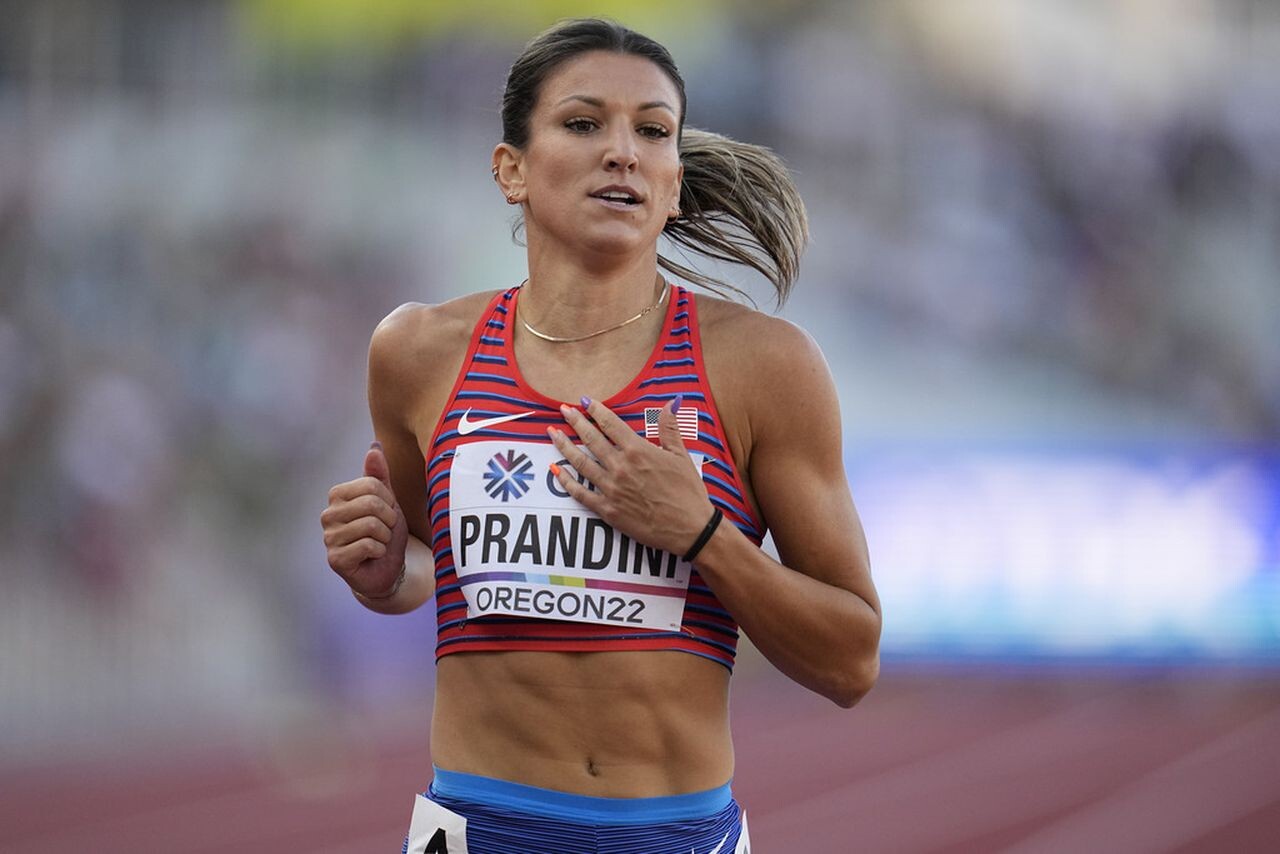
“I am beyond excited to be running at this historic meet for the first time in my professional career,” said Steiner. “I’m looking forward to the atmosphere, fans, and great competition that Millrose always provides!”
Steiner ran her NCAA indoor 300m record of 35.80 in December 2021. The US best of 35.71 is held by Quanera Hayes, while the world best of 35.45 was equalled at the Millrose Games in 2018 by Shaunae Miller-Uibo. Both of these marks could come under threat in New York in February.
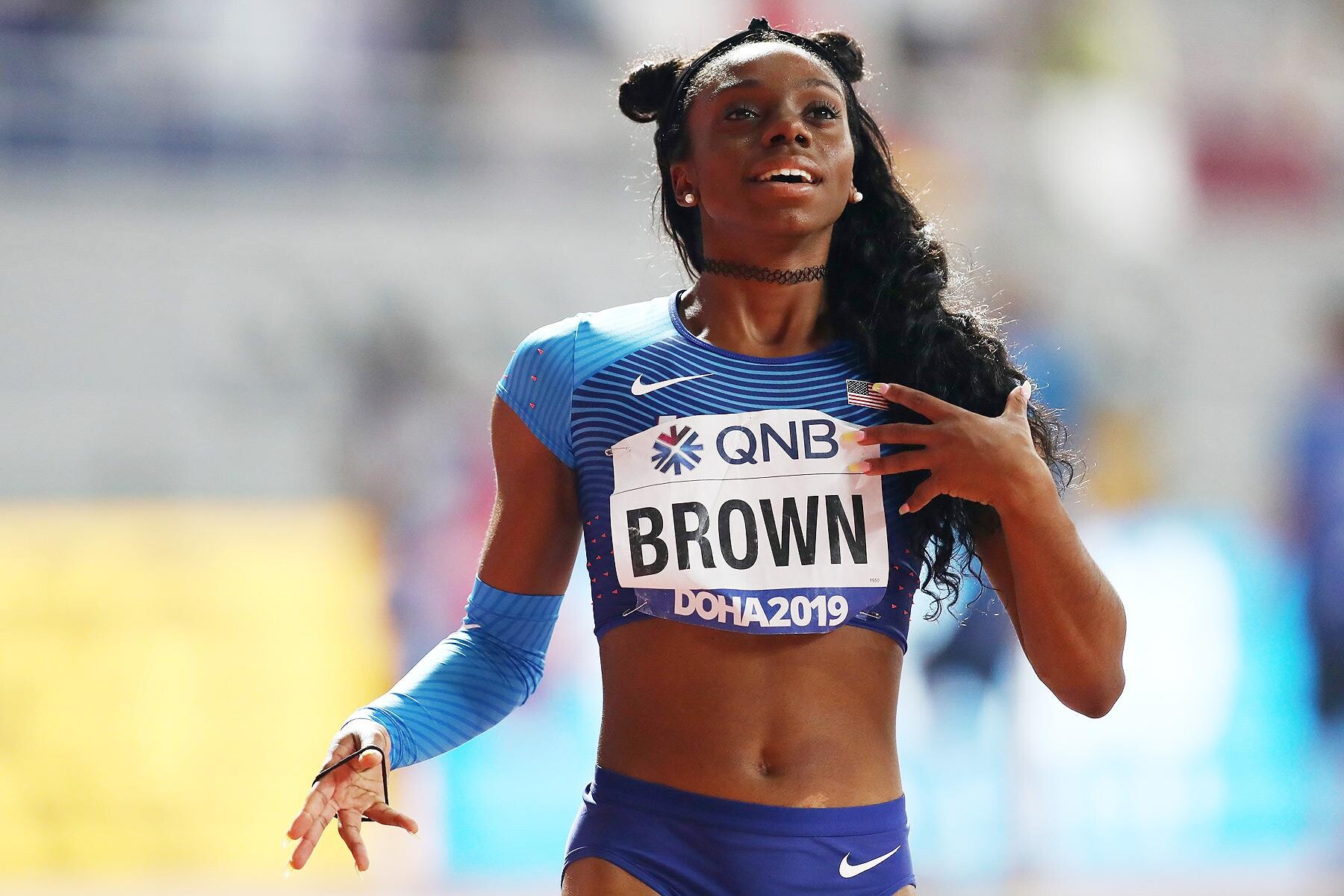
Among those challenging Steiner in this Millrose Games signature event will be her fellow world 4x100m gold medallist Prandini and 2019 world 200m silver medallist Brown.
Prandini is a three-time NCAA gold medallist for the University of Oregon, as well as a two-time US 200m champion. As well as winning world 4x100m gold in Oregon, she also claimed Olympic 4x100m silver in Tokyo.
Brown claimed her world 200m medal in Doha in 2019 and more recently won the 200m title at the NACAC Championships in The Bahamas.
Also in the women’s 300m field at the Millrose Games will be Cynthia Bolingo, Belgium’s 2019 European indoor 400m silver medallist.
These are the latest stars announced for the Millrose Games, joining the showdowns in the pole vault between Katie Nageotte, Sandi Morris, and Katerina Stefanidi, and in the shot put, featuring Ryan Crouser and Joe Kovacs. The men’s 3000m, meanwhile, will star Geordie Beamish, Cooper Teare and Josh Kerr.
(12/17/2022) ⚡AMPby World Athletics
NYRR Millrose Games
The NYRR Millrose Games,which began in 1908 as a small event sponsored by a local track club, has grown to become the most prestigious indoor track and field event in the United States. The NYRR Millrose Games meet is held in Manhattan’s Washington Heights at the New Balance Track & Field Center at the Armony, which boasts a state-of-the-art six-lane,...
more...How to quickly react to, and heal from sports injuries
While playing sports, either professionally or just as a hobby, accidents happen suddenly, causing minor or major injuries. While prevention strategies can help you avoid them, an unexpected collision when you make a wrong move can result in serious and painful injuries. Therefore, be ready to react as soon as this happens, and if it’s serious, seek medical assistance immediately. In that way, you protect yourself from the worst outcome, and if you’ve been through this, follow the article for some tips on how to heal from a sports injury.
React Immediately
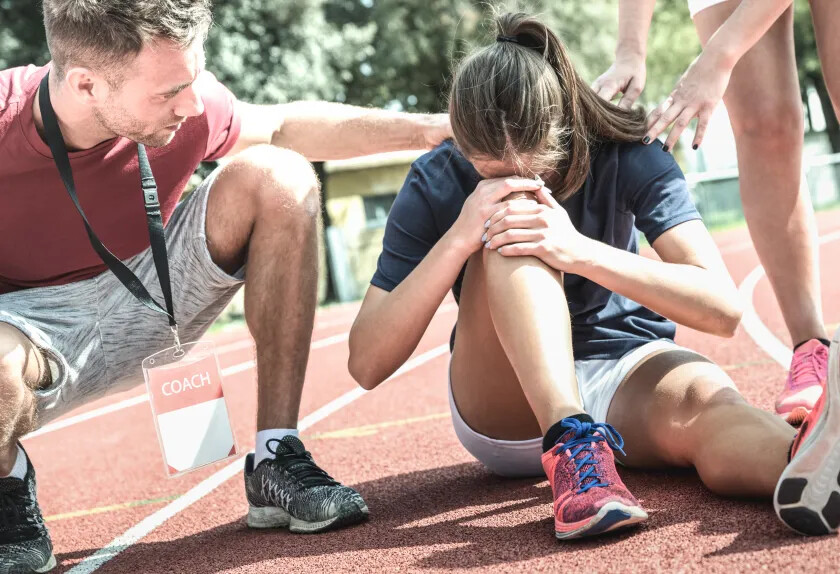
Some sports injuries can’t be treated and healed at home, so you need to react quickly. For instance, it often happens that one sprains or breaks an ankle doing a usual exercise, and it can have certain consequences. For that reason, check out the valuable pieces of advice at Science of Rehab, and let the healthcare professionals help you heal the injury. A sprained or broken ankle can cause you a lot of trouble, especially if it isn’t treated as it should be, so don’t put yourself in danger of having serious consequences. Seek medical treatment, be disciplined, and take care of it in the future.
Make Use of the Rice Method
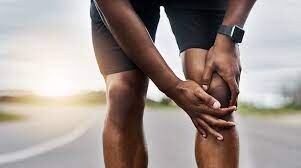
The “rice” abbreviation stands for rest, ice, compression, and elevation, which are major treatments for your tissue injury. The first step after the injury is to stop your activity immediately and rest for the first two days. Resting prevents any further injury, so this step is highly important. Further, apply ice for twenty minutes every three hours during the first days of being injured. The cold will prevent swelling and pain in your injured area. After that, wrap the injured area with an elastic medical bandage, which shouldn’t be too tight as to interrupt blood flow, and at the end, raise the injured body part because it reduces pain, swelling, and throbbing.
Allow the Injured Area to Heal
An injured body part will struggle to heal if you repeatedly use it after an injury. The pain in it is an excellent indicator that you don’t recover properly, so you shouldn’t ignore it. Often, the best possible option is to immobilize the injured body part and rest it completely to allow its complete healing. When you use the injured body part all the time, things might get complicated because an acute injury may become a chronic one, which could be difficult to heal.
Consult a Professional
Minor sports injuries typically heal and improve after two weeks of rest and a break from sport or exercise. A lack of improvement could be a sign you should consult a sports doctor, who’ll help you with clinical examinations and scans that will warn you to focus on a faster recovery with minor complications. Understanding your injury will facilitate your physical and mental recovery significantly. Also, you should consult your doctor about the exercise regime, which will help the healing process and ensure that appropriate milestones are achieved.
Food Can Help You
Just because you’ve injured yourself doesn’t mean you shouldn’t stay fit and healthy. First, if you’ve injured your knee, exercise your upper body with weightlifting. If you’re healing a shoulder injury, do some yoga or exercises for the lower body. Also, take care of the foods and supplements that can help the body heal faster.
Eat protein-rich foods like fish and meat, and eat citrus fruits, which are full of vitamin C that rebuilds tissues and has anti-inflammatory properties. Omega-3 fatty acids are great supplements you can find in chia seeds, salmon, and walnuts. As a result, choose your groceries carefully and avoid gaining too much weight, as this will also slow down your healing process.
Be Patient
This last step is often difficult when recovering from a sports injury, particularly over a longer period of time. Many athletes start their sports activities before they’re really ready, which often leads to re-injury and a much longer recovery period. One of the best ways to recover, among all the other tips, is to practice patience during the recovery and resist the urge to push your body too quickly. If you let your body heal at its own pace, you’ll be rewarded with a complete recovery and a bright future in sports.
In summary, a fast recovery from a sports injury requires discipline, medical expertise, and lots of patience. Seeking guidance from specialists while being responsible and careful not to further complicate the injury can make a significant difference in recovery time. Therefore, try to avoid negative thoughts or wrong tips from people who can’t help you, and your healing process will be easy and complete.
(12/17/2022) ⚡AMPby Colorado Runner
How Young Is Too Young to Lace Up for a Marathon?
A new paper looks at the available research and makes recommendations.
The world—running and not—had its eyes on the Flying Pig Marathon this past May after a 6-year-old boy completed the race with his family in 8 hours and 35 minutes.
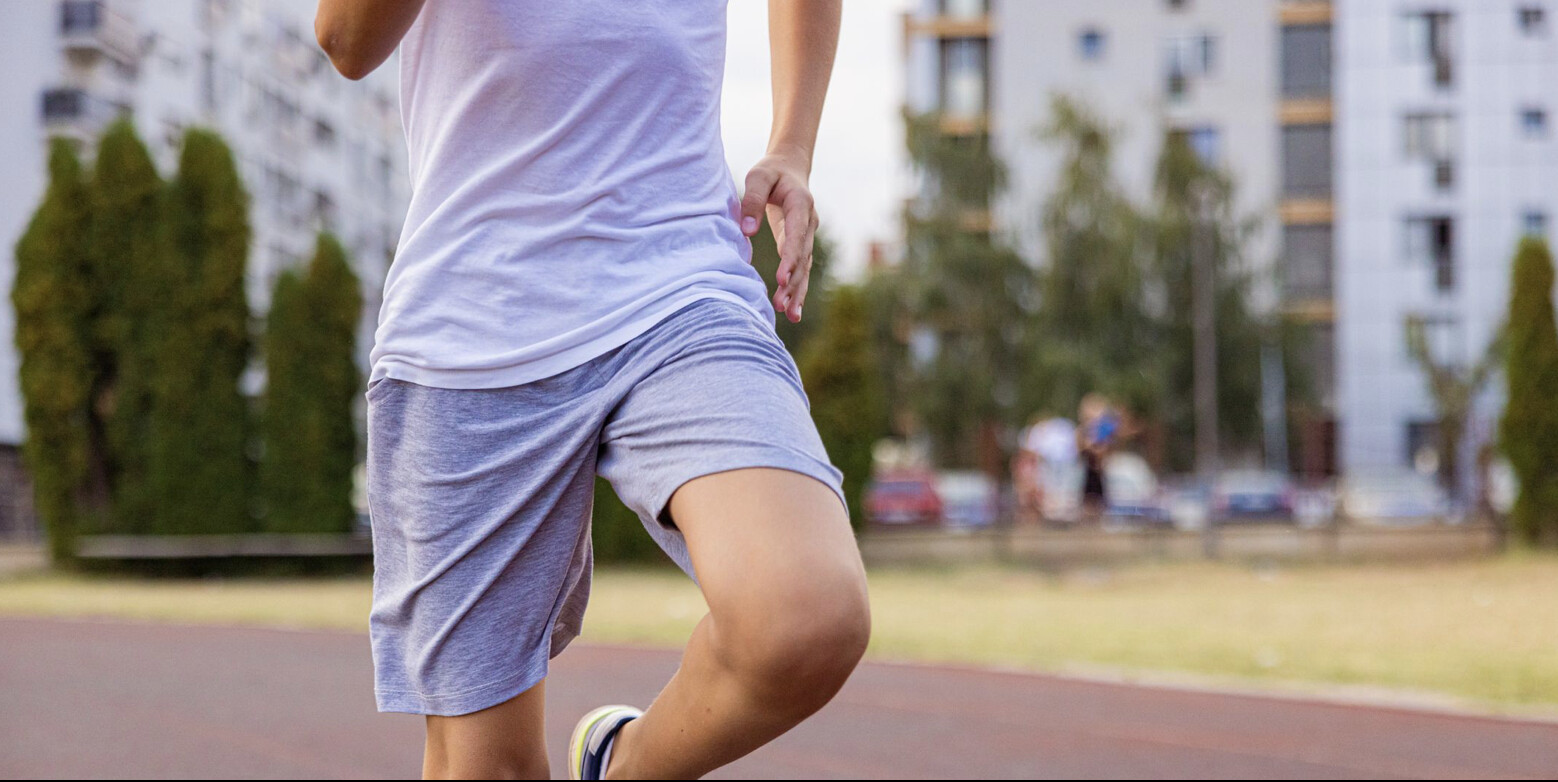
It wasn’t the finish itself that caused an outcry, but a subsequent social media post by the boy’s mother that references his distress during the later miles of the race.
The photo showed the boy holding a box of Pringles potato chips with the caption, “On the marathon course, Rainier knew they usually hand out Pringles around mile 20. He was struggling physically and wanted to take a break and sit every three minutes. After 7 hours, we finally got to mile 20 and only to find an abandoned table and empty boxes. He was crying and we were moving slow so I told him I’d buy him two sleeves if he kept moving. I had to promise him another sleeve to get him in the family pic at the finish line. Today I paid him off.”
Sports medicine experts and pediatricians got wind of the boy’s marathon finish, and its unique circumstances, and published a paper in JAMA Pediatrics in October, titled “Kids on the Run—Is Marathon Running Safe for Children?”
The answer is: We’re not totally sure.
“Youth running is becoming more popular, particularly at longer distances, and the trend is ahead of the research,” says Emily Kraus, M.D., a clinical assistant professor at Stanford University, a sports medicine physician at Stanford Children’s Hospital, and the director of the the Female Athlete Science and Translational Research Program.
Kraus, a runner, was not an author on the JAMA Pediatrics paper but coauthored the 2021 youth running consensus statement published in the British Journal of Sports Medicine.
“We can’t conclude that there’s no risk or minimal risk, or a greater risk [to young children running long distances],” she tells Runner’s World.
The paper looks back at the running boom of the 1970s when several young children completed marathons; children as young as 8 years old covered the distance in 3 hours and 31 seconds. The authors note that although there were no reports of injuries or adverse events, physicians and race directors started to worry about the potential dangers of youth participation. In 1981 the New York City Marathon, then in its 11th year, instituted a minimum age requirement of 16 years old. Other races followed suit.
A 2010 paper published in the Clinical Journal of Sports Medicine looked at data from the Twin Cities Marathon from 1982 to 2007, which included 310 children aged 7 to 17 years old. The researchers found that the risk of a medical incident was about 50 percent lower in children than adults but not statistically significant. In other words: We can’t say for sure if they’re at lower risk for injury or medical problem.
“Some of the early research shows that the overall risk of competing in races is quite minimal or lower when compared to the adult running population,” Kraus says. “But the question becomes is that because the number [of children finishers] is so much smaller?”
Kraus, who treats primarily middle-school age athletes whose growth plates are still open, expresses concerns that we don’t know if marathoning at a young age will affect long-term growth and development.
“Young kids haven’t even started to initiate [certain developmental] milestones,” she says. “Athletes who are younger than 10 or 11 years old are true children. We don’t know enough to give the okay, in my opinion.”
Kraus advises against the repetitiveness of a single activity over time, like running. Instead, she encourages young athletes to try different physical activities that lend themselves to multidirectional movement, like soccer, tennis, and old-fashioned tag.
When asked to give guidance on a distance for young kids, Kraus says anything up to a 10K is “probably okay.” Ideally, she says, we would measure how far a young kid runs on any given day during free play or team sports to help guide that recommendation.
“[For children], free play at that stage of their development is more valuable in developing motor skills, agility, and hand-eye coordination,” she says.
Plus, although research is clear that healthy behaviors developed during youth sports can promote long-term physical activity and reduce the risks of diseases like diabetes, cardiovascular disease, and cancer, “sport specialization during childhood does not provide competitive advantages and is not a requirement for elite status,” the authors wrote in the JAMA Pediatrics paper.
What’s more is that youth marathon or ultramarathon running may not lead to lifelong participation in running events or long-term health benefits. The authors wrote: “Among children who participated in ultramarathons [longer than a marathon], less than 25 percent continued to do so as adults, and less than 10 percent were still running ultramarathons 30 years later.”
Most youth ultrarunners, the researchers wrote, are between 16 and 18 years old, but there are runners younger than 10 years old who have completed an ultra event.
Experts are unsure if this drop off in participation is because of overuse injury and burnout, or changes in interests. The authors go on to say that potential health benefits and risks of youth marathon running have not been compared similarly to shorter distance running or other sports.
But pediatric specialists like Kraus and the authors point out that the bigger question and concern when it comes to youth marathoning, particularly in children under 10 years old, is the intrinsic motivation of a young runner.
“Why is this child racing? Is it because they have a family of runners and they don’t want to feel left out? Is it something they deeply want to do?” Kraus asks, noting that young children likely don’t fully understand what training for and running a marathon really entails.
“If I were working with a 6-year-old, my conversation would be, ‘Do you know what [a marathon] is? Do you know what it feels like to run one mile? Or other shorter distances?’” Kraus says.
She’d then also work with families to understand why they were having a young child participate in such an extreme distance at this particular time, suggesting, instead, to use a marathon as a goal for years down the road.
Based on the available evidence, the authors developed a list of points families should consider before a young child runs a marathon or ultramarathon, in addition to assessing the physical health of the child, including:
Potential risks and benefits, reiterating there is limited available research
Determine the motivation for marathon running, with an emphasis on voluntary participation
Inform children that they have a right to stop at any point and will not be punished or experience negative consequences if they decide to stop
Discuss ways children can communicate their choice to parents and guardians
Monitor physical, psychological, social, and academic well-being, as well as continued commitment to marathon running during training
“For a 6- or 7-year-old who hasn’t fully captured goal-setting and follow-through, a marathon is a different type of challenge that goes beyond what they’re capable of handling,” Kraus says.
(12/17/2022) ⚡AMPby Runner’s World
Bahrain's Eunice Chumba wins Adnoc Abu Dhabi Marathon in her fourth attempt, Kenyan Timothy Kiplagat takes the men’s title after starting the race as a pacemaker
Kenyan-born Bahraini athlete Eunice Chumba made her experience count as she won the elite women’s section of the Adnoc Abu Dhabi Marathon on Saturday.
She clocked 2 hour 20 minutes and 41 seconds, just outside her personal best 2:20:02, to clinch the top prize.
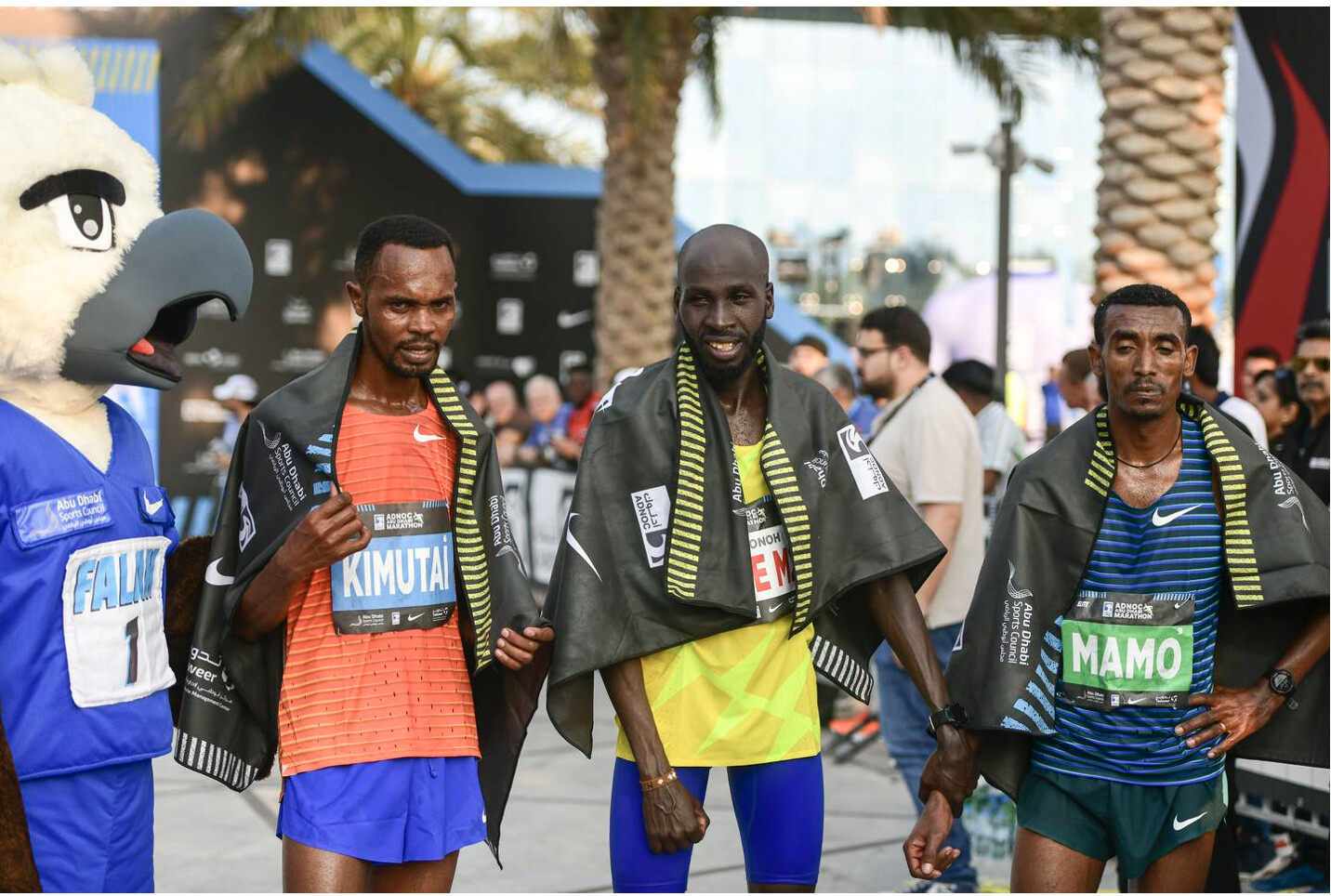
Chumba changed gears in the final two kilometres to beat Kenya's Angela Tanui (2:21:14). Mare Dibaba (2:21:25) of Ethiopia was third.
In the men’s race, Kenyan Timothy Kiplagat ran the race of his life after starting as a pacemaker to become the fourth man to win the Adnoc Abu Dhabi Marathon.
Kiplagat crossed the winning line in a personal best 2:05:20, nearly four minutes ahead of compatriot Felix Kimutai and Ethiopian Adeladhew Mamo, who was a further 10 seconds down in third.
Chumba, 29, was runner-up in the inaugural Abu Dhabi Marathon in 2018 and was fourth in 2019. She was runner-up again last year after the 2020 event was cancelled following the Covid-19 outbreak.
It was a festive atmosphere in the UAE capital as the fourth edition of the Abu Dhabi Marathon drew more than 20,000 runners in various categories - elite marathon, marathon relay, 10k run, 5k run, 2.5k 'Fun Run' and wheelchair race.
“I tried to win this race for Bahrain from my first visit to Abu Dhabi and I have finally managed to fulfil that dream in my fourth attempt,” Chumba told The National.“It was a very challenging race with Angela and Mare, who have both run better than my personal best time. We raced together for a long time and it wasn’t until the final five kilometres of the race I felt I could win.
“I tried my best to better my personal best time but just couldn’t do that. Perhaps on another day and another race. Having said that, I’m just delighted to win in Abu Dhabi.”
Chumba won a silver medal for Bahrain in 10,000m at the 2018 Jakarta Asian Games and ran a creditable seventh at the 2020 Tokyo Olympics.
“Yes, 2024 Paris is very much on my radar,” she said of her plans.
“This year was fantastic and it certainly was a nice way to end the year. I’m going to take a small break and be back in training from January, and hopefully return to defend my title in Abu Dhabi.”
Kiplagat, 25, bettered his previous personal best time of 2:07:01, set at the Marathon Eindhovan in October 2021. He arrived in Abu Dhabi on the back of winning the Melbourne Marathon in October.
“I felt so good today, setting the pace and with nobody to challenge towards the finish. This was a great opportunity to win a race,” Kiplagat said.
“It was my first time in Abu Dhabi and what a wonderful day it has been for me. The race route was flat and fast, the weather was pretty ideal. It was one of those days when everything turned out to be beautiful for me.”
The Relay Marathon was won by the Irish pair Michelle Nagle and Niall McCarthy of Slainte Endurance in 2:58.53.
Anouar El Ghouz (29.09) led the first four home for Morocco in the men’s 10km race while Briton Eilish McCologan (31.44) took the women’s race.
Joren Selleslaghs of Belgium took the men’s 5km run while Egyptian Sara Salama won the women’s prize. UAE's Badr Al Hosani bagged the men’s wheelchair title.
(12/17/2022) ⚡AMPADNOC Abu Dhabi Marathon
The Abu Dhabi Marathon is shaping up to being first class marathon for both elite runners and average runners as well. Take in the finest aspects of Abu Dhabi's heritage, modern landmarks and the waters of the Arabian Gulf, at this world-class athletics event, set against the backdrop of the Capital's stunning architecture.The race offered runners of all abilities the...
more...Roundabout runner does it again
When we spoke with Healdsburg, Calif., runner Tate Dobson two weeks ago, he had no intentions of getting back out and running another roundabout ultramarathon. On Dec. 11, the 21-year-old went out for another six-hour roundabout rip on the same loop, but in the opposite direction.This time around, Dobson repeatedly ran counterclockwise and bettered his time and distance, covering 61 kilometres in his six-hour time limit, with an average pace of 5:53/km. (He ran 58 km when he ran clockwise, 12 days previously.)
Dobson ran around the 140-metre loop 437 times. “I think I don’t get dizzy,” he laughs. After 851 total loops, we hope Dobson has the Local Legend and the segment record on Strava.

He has gained quite the following on his Strava and Reddit since his inaugural roundabout ultra went quasi-viral. He cleverly named his run on Strava “widdershins,” which means counterclockwise.
He once again was fuelled on only water and Motts-branded fruit gummies. “I set up a gummy’s and water fueling station on the middle of the sidewalk in the roundabout,” he laughs. “I tried to fuel every half hour but did not do a great job.”
This time Dobson did not do the challenge alone, but had a friend who jogged with him for support. He also motivated two other friends to do the same roundabout challenge in Atlanta, Ga.Dobson, 21, lives in Healdsburg with his grandfather and had no interest in running, let alone ultrarunning, until the pandemic. “I saw a few runners on Strava posting high-effort satirical runs (Strava art or vertical challenges), and one day, after a few drinks, I was walking home through the roundabout and wondered how long I could run around it for,” says Dobson. When asked whether he would return to the roundabout for another ultra, he said not for a while.
(12/17/2022) ⚡AMPby Running Magazine
Sean Tobin sets record at Antarctic Ice Marathon
Ireland's Sean Tobin (a 2018 Ole Miss grad) runs a 2:53:33 marathon (6:37/mile pace) over snow in 6-degree temperatures at the Antarctic Ice Marathon. It's the fastest marathon ever run in Antarctica, breaking Mike Wardian's record of 2:54:54.
Tipperary native Seán Tobin has won the Antarctic Ice Marathon and has set a new world record in the process.
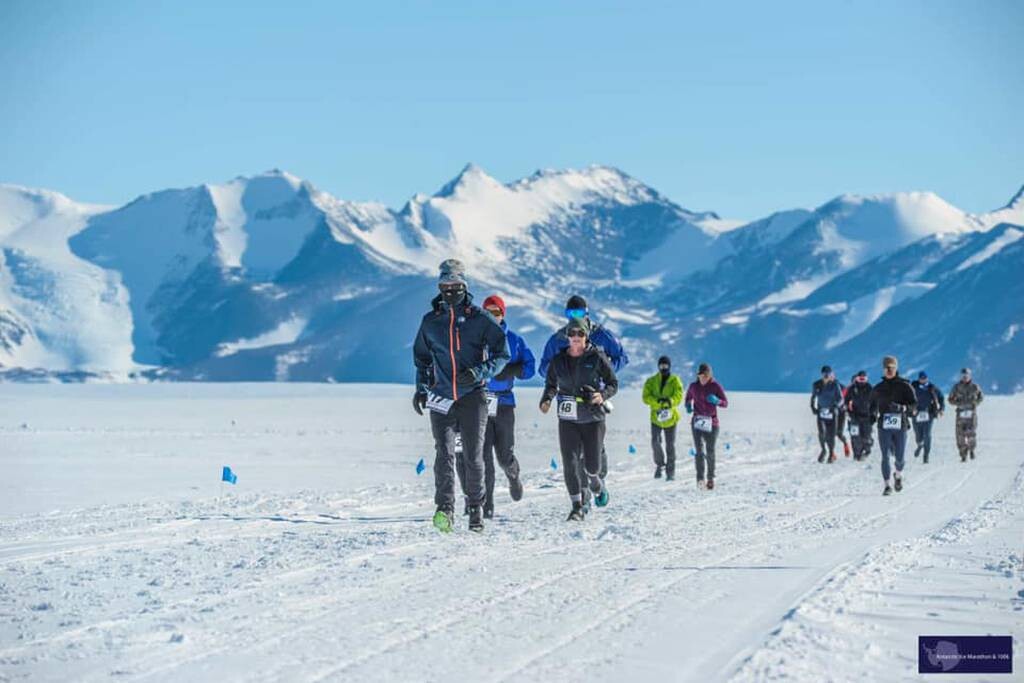
The Irish star finished in a time of 2:53:33 to take home victory in the 17th edition of the event.
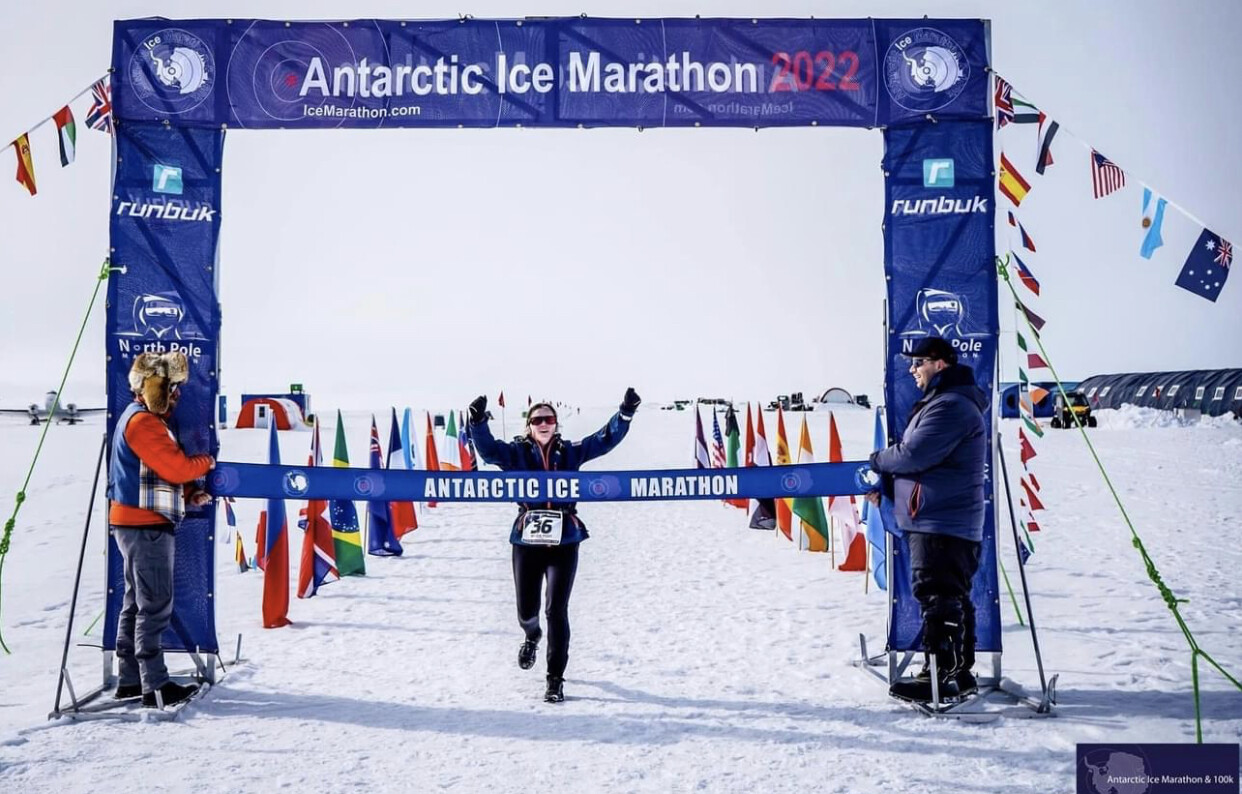
In doing so, Tobin smashed the previous record of 2:54:54 set by USA’s Mike Wardian five years ago during the 2017 World Marathon Challenge.
The 28-year-old, who is known as the Irish hammer, was a track star in his youth and won National titles in 1,500m and 10,000m events. He has also broken the four-minute mile barrier in the past.
It might be cold back home, but it is nothing compared to the -14C conditions Tobin battled through for nearly three hours.
But the Clonmel man kept his cool, handled the pressure and created a little slice of history on the icy continent.
(12/16/2022) ⚡AMPBrigid Kosgei, Stanbic Bank partner to help teenage mothers in Marakwet
World marathon record holder Brigid Kosgei has partnered with Stanbic Bank to help 50 teenage mothers in Marakwet West to resume learning after terminating their studies due to early pregnancy.
Kosgei, who won the 2018 and 2019 Chicago Marathons, the 2019 and 2020 London Marathons and the 2021 Tokyo Marathon, said many girls in the area are dropping out of school due to pregnancy.
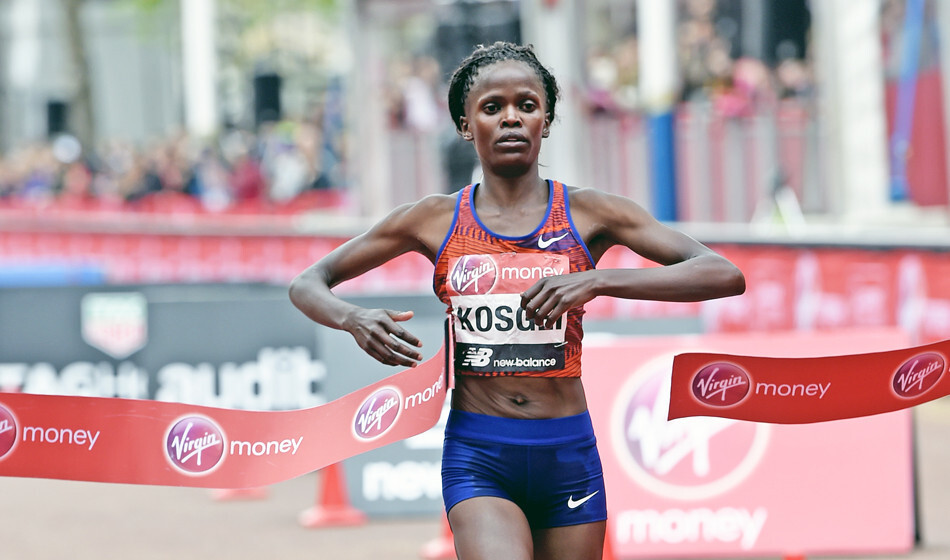
Kosgei thanked the bank after receiving Sh6 million from the institution to go towards the education of the 50 girls.
“Seeing the girls going back to school is one my greatest achievements. I challenge them to forget the past and focus on their education for a bright future,” said Kosgei.
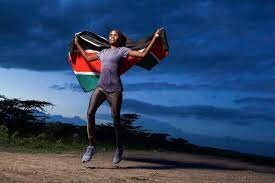
Stanbic Bank CEO Charles Mudiwa said the bank decided to support the girls through the Brigid Kosgei Foundation so as they go back to school and proceed with studies.
Mudiwa regretted that many girls from Marakwet are dropping out of school due to teen pregnancy and hence there was a need for intervention by all stakeholders to enable the teenagers resume learning.
“On average one in five girls aged between the age of 15 and 19 drop out of school due to pregnancy. Today, we gave out Sh6m to more than 50 who had dropped out of school to go back to school,” said Mudiwa.
Mudiwa challenged the society not to condemn such children but instead help them resume learning.
He said that the bank will pay fees for the girls from Form One to Form Four.
The foundation will also support 10 boys from the same area from needy families to pay secondary school fees for the next four years.
Most of the beneficiaries are students at Kipkundul Mixed Day Secondary School.
Kosgei said the foundation will continue working with various institutions to support needy children in the area to pursue their studies.
“As a village girl, I know the challenges facing such girls. I am ready to go out of my way to support needy girls in society,” said Kosgei.
Area Member of parliament Timothy Kipchumba Toroitich pledged to support the initiative by improving infrastructure in all schools.
Toroitich cautioned parents and guardians against denying teenage mothers an opportunity to resume learning.
According to a report by the National Council for Population and Development, every year, about 13,000 girls drop out of school due to unplanned pregnancies.
In 1994, Kenya introduced a return to school policy for teenage mothers.
Under this policy, any girl who gets pregnant is allowed to remain in school for as long as she wants or is able to.
(12/16/2022) ⚡AMPby Titus Ominde
Slew of elite runners added to line-up ahead of Adnoc Abu Dhabi Marathon 2022
Some of the world’s best long-distance athletes will be among a record 20,000 participants when the 2022 ADNOC Abu Dhabi Marathon gets under way on Saturday morning, on a new course that snakes its way through the streets of the UAE capital.
Abu Dhabi Sports Council announced in a press conference at ADNOC Abu Dhabi Marathon — Event Village that Ethiopian Adeladlew Mamo, winner of this year’s Seville Marathon, joins the field alongside Kenyan pair Daniel Kibet, winner of the 2019 Istanbul Marathon, and Dickson Chumba, champion in Tokyo in 2015 and 2018, as well as Chicago in 2015.
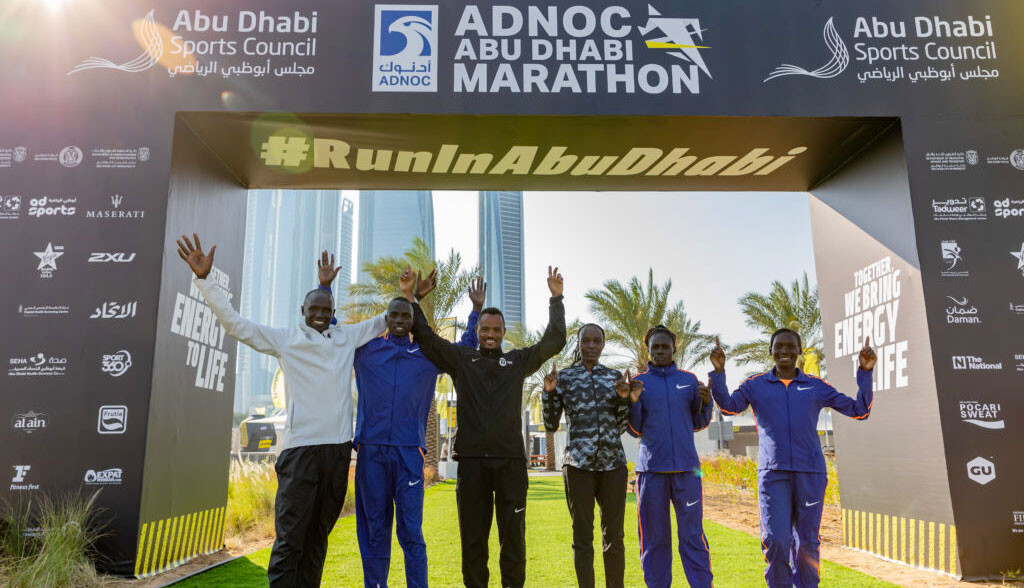
Moreover, Olympian Eunice Chumba has also been added to the elite runners line-up. She will be looking to add the Abu Dhabi title to a collection that includes the 2017 Beirut Marathon. Chumba will face competition from, among others, 2016 Olympic bronze medallist Mare Dibaba of Ethiopia and Kenya’s Angela Tanui, winner of the Amsterdam 2021 Marathon.
Strong position
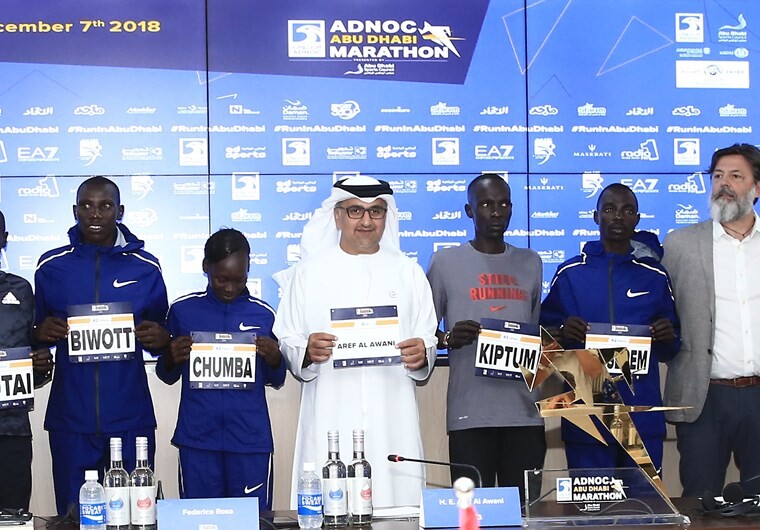
Mohamed Ahmed Al Remeithi, International Events Section Head: “The ADNOC Abu Dhabi Marathon has established itself as a staple sports event on the country’s annual sporting calendar. The fourth edition of the event will see the launch of a new track that passes several of the emirate’s prominent landmarks in Abu Dhabi. The ADNOC Abu Dhabi Marathon has attracted 20,000 registrations this year, indicating its strong position on both a local and international scale and further reinforcing the impact the marathon has on society in the UAE.”
The fourth edition of the ADNOC Abu Dhabi Marathon includes the full 42.2km marathon, and the relay marathon in which two runners each cover 21.1km, in addition to 10km, 5km and 2.5km races under the name “We Run Together” and which are open to all. The marathon starts in front of the ADNOC Headquarters and passes through some of the UAE capital’s most famous landmarks of the UAE capital.
The opening ceremony will see the spellbinding Al Fursan aerobatics team carrying out spectacular aerial shows. The team will fly, tumble and twirl through the air, painting the sky with smoking trails of green, white, black and red above the ADNOC Abu Dhabi Marathon race circuit, offering the spectators yet another treat.
(12/16/2022) ⚡AMPADNOC Abu Dhabi Marathon
The Abu Dhabi Marathon is shaping up to being first class marathon for both elite runners and average runners as well. Take in the finest aspects of Abu Dhabi's heritage, modern landmarks and the waters of the Arabian Gulf, at this world-class athletics event, set against the backdrop of the Capital's stunning architecture.The race offered runners of all abilities the...
more...Mercy Cherono and Margaret Chelimo put smiles in ailing children
The 2014 Commonwealth Games 5,000m champion Mercy Cherono and reigning world 10,000m bronze medallist Margaret Chelimo are hopeful of a productive 2023 athletics season.
Speaking in Eldoret after visiting ailing children at the Shoe4Africa Children’s hospital, the duo said that they had a good season in 2022 and are hopeful of a similar display especially at the 2023 World Championships in Budapest, Hungary.
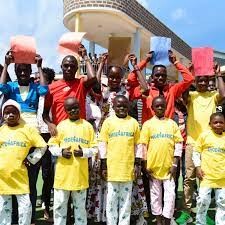
Cherono, a former world junior 3,000m champion, said: “As athletes from 2Running Club, we come here every year to put a smile on the kids. Building this hospital was good idea. We have had a million children treated here since the hospital's inception,” said Cherono.
"I have had the best year in my running career. I want to do more next year,” said Chelimo.
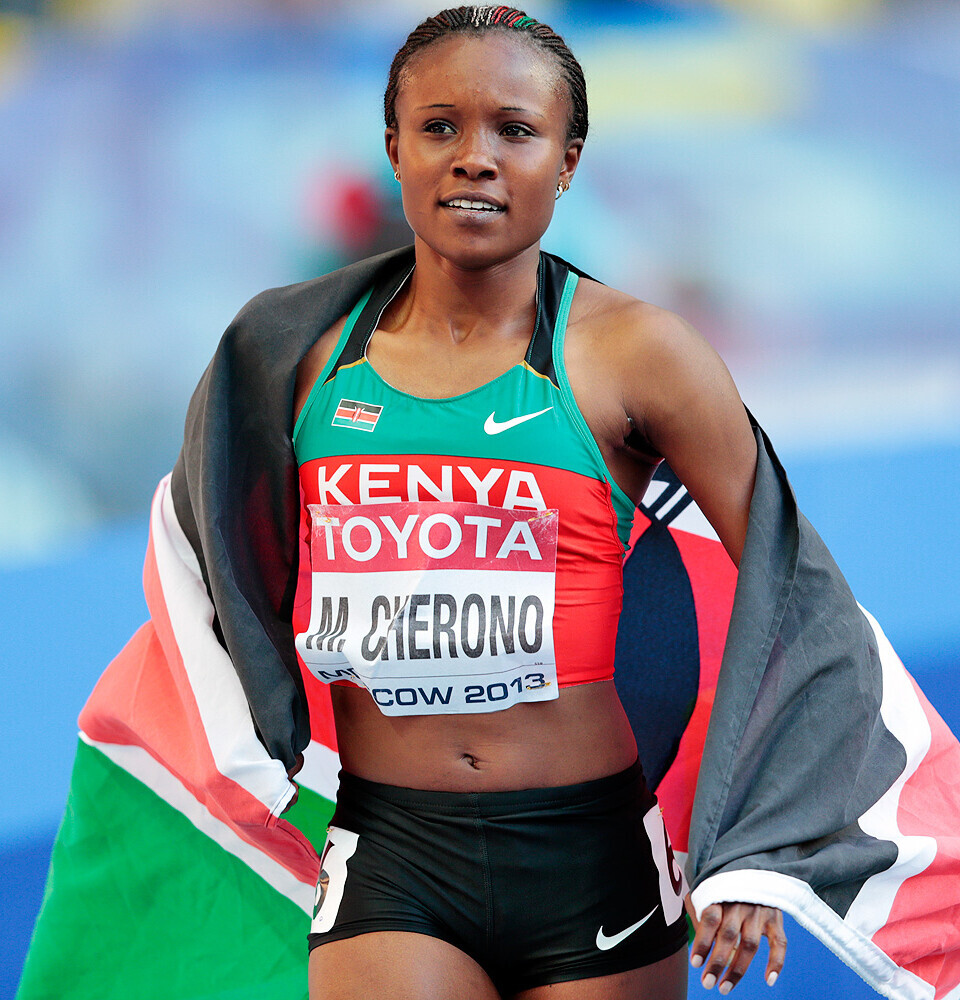
Shoe4Africa CEO Toby Tanser said that Eldoret is famous for running and to have a hospital associated with athletes is a great move.
“As we speak, the 2Running Club has adopted the hospital because runners come here every single year and that is why we have a big screen mounted in the second floor courtesy of you athletes," said Tanser.
"Today, the athletes have brought something to put a smile on their (children's) faces. And with this great atmosphere, the children will play and forget about their pain.”
The hospital, according to Tanser, also has a football pitch and a basketball court where the ailing kids play.
(12/16/2022) ⚡AMP
by Emmanuel Sabuni
Have to miss a few days of running? Here’s how to deal with it the best way
It’s the busiest time of year for many people, and also the season when everyone seems to come down with a cough or cold. If you’re sidelined because of scheduling, travel, feeling sick, or holiday season overload, it can be easy to doom-spiral into worry about lost fitness. Here’s what really happens when you miss a few running days, and what you should do to make up for it (if you want to).
Don’t panic
Stop worrying–you won’t lose all your fitness. Ultrarunner and renowned coach Jason Koop writes: “Here’s a summary of the research: if you miss up to seven days of training, there are no meaningful fitness implications.” He adds that while there may be incremental losses that can be measured in a lab, “the practical amount of fitness degradation from missing up to a whole week of training isn’t much.”
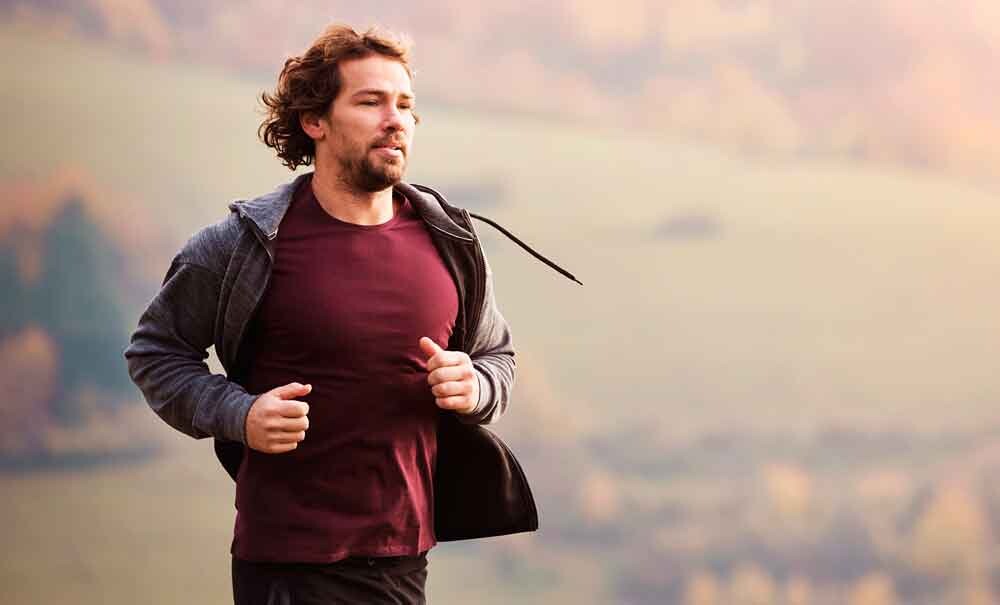
Allow yourself to enjoy the time off (or at least move through it without beating yourself up or feeling like you’re going to rapidly decondition). If you’re sick, know that your body needs rest so that you can keep your time off to a minimum–if you push yourself to exercise through illness or a particularly stressful period, you may end up having to take far more than a few days off.
Zoom out
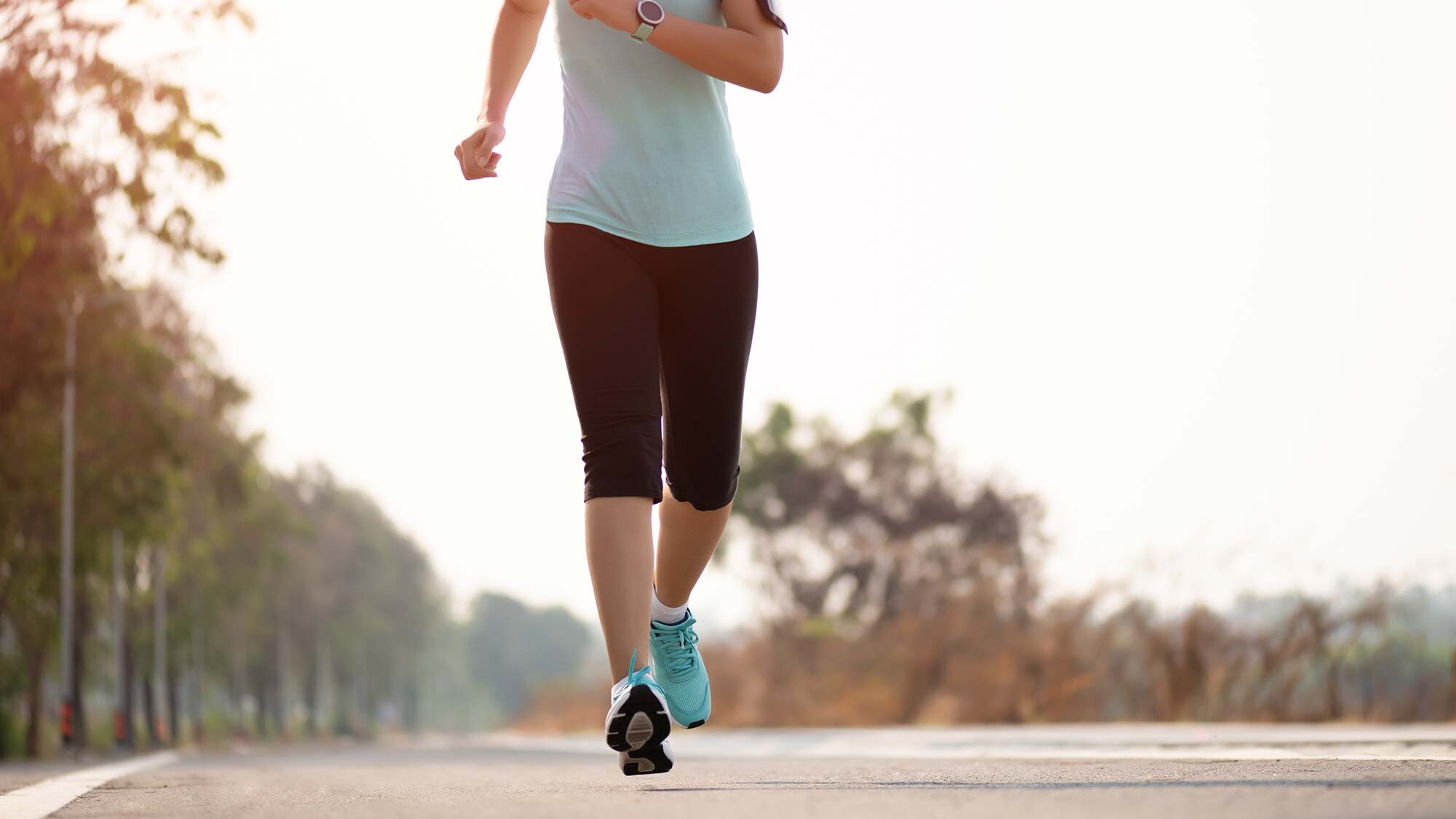
You’ve probably heard it many, many times–consistency is key. Long-term consistency outweighs short-term intensity. Sure, you may have big goals this season, or next month. Your goals, however, should also include some long-term plans. You probably want to continue to run for years and to maintain as much fitness and health as possible over your lifetime.
It can be hard to remember that when forced to take an unexpected day off, but zooming out and reminding yourself that a few days within the much larger picture of your running career are not critical. Consistency means month over month, year over year.
Life happens and illness and injury strike unexpectedly: while they may require a short-term shift, if your general focus is on consistency, you’ll be just fine. Coach and author Steve Magness says to “do whatever you can while being healthy over the long haul,” and that means if you need a few days off in order to stay consistent long-term, take them.
Adjust where you can
Koop has some adjustments that he makes for coached athletes to add some amount of missed time back in–but only if you’ve missed more than three days, and only when it comes to important workouts (usually intervals or long runs). He suggests adding 50-75 per cent of missed key workouts (recovery runs, while a great part of your training, do not need to be made up for) over a four to six-week period.
Make small adjustments and tweaks to your running schedule where you can, and don’t get stuck on minor details. Koop writes, “if you miss two different one-hour endurance runs (two hours total) you can replace that volume over four to five different days in 15-minute increments.”
If you aren’t able to add more time into an already packed schedule, don’t worry–research has shown that the body recognizes stress, not mileage, and scaling back workouts or taking extra rest days when life throws a curveball at you may actually help your body rebound in the long run.
(12/16/2022) ⚡AMPby Keeley Milne
Eunice Chumba hopes to make it fourth time lucky in Adnoc Abu Dhabi Marathon
Eunice Chumba is hoping she can make it fourth time lucky at the Adnoc Abu Dhabi Marathon on Saturday.
The Kenyan-born athlete, competing under the Bahrain flag, is the most seasoned runner in the elite field.
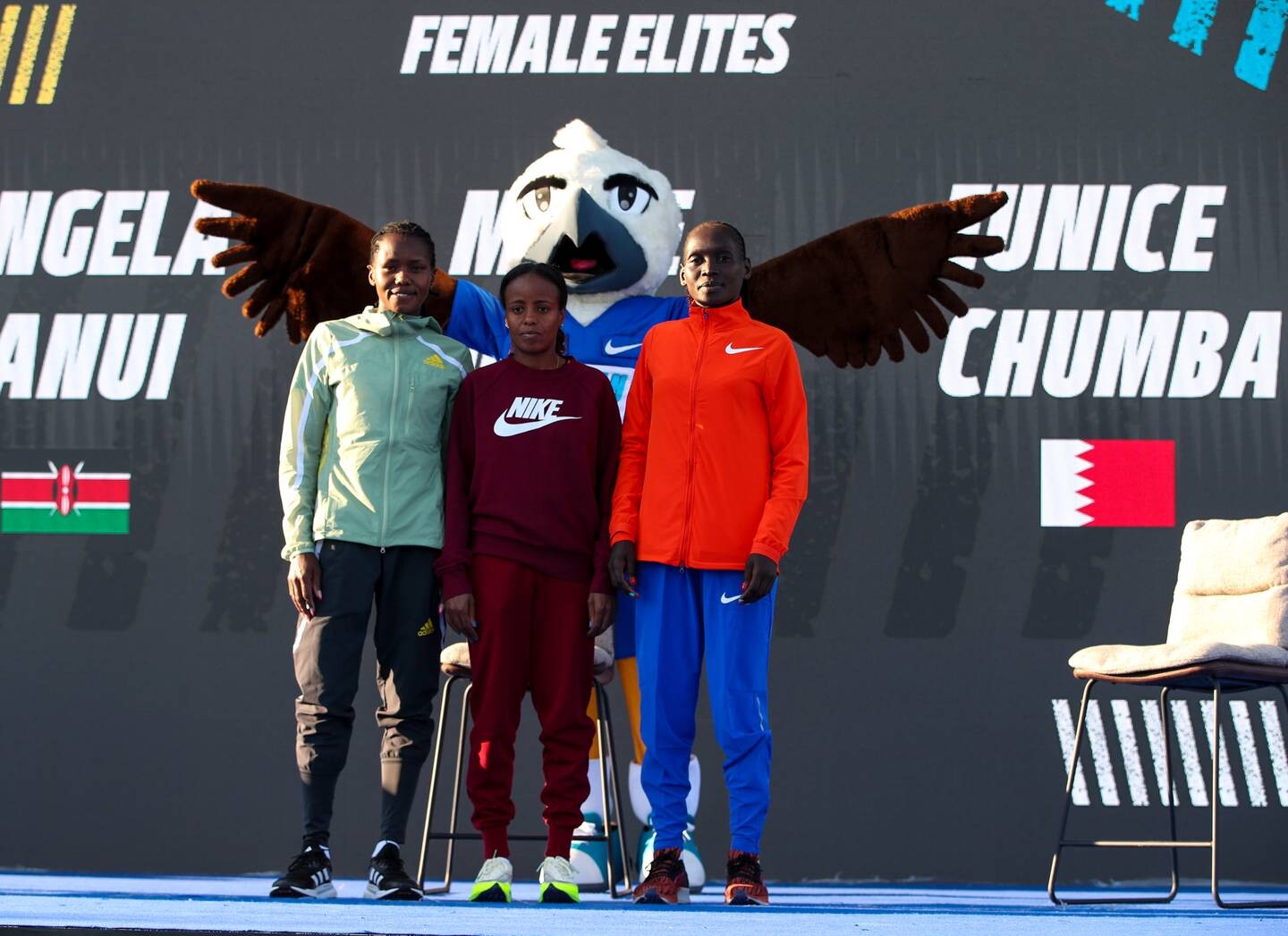
Chumba, 29, was runner up in the inaugural race in 2018, finished fourth in 2019, and runner up again last year after the 2020 event was cancelled following the outbreak of the Covid-19 pandemic.
She arrives for the fourth edition of the Abu Dhabi race on the back of a personal best 2 hrs 20 min and 02 sec that saw her finish third at the Seoul Marathon on April.
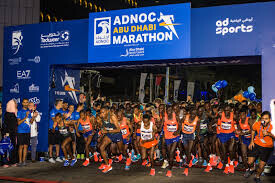
“It’s been a pretty good year for me so far and would be even better if I can finish it with a first position in Abu Dhabi,” Chumba told The National at the Event Village on Thursday.
“I have prepared well for this race and hoping I will be fourth time lucky in Abu Dhabi. It’s a title that I have been trying to win from its inaugural year. I have run two marathons and two half marathons this year, and I feel I’m in good shape coming into this race.
“There are lots of challenges of course but I hope I can better my own personal best to achieve this long-standing objective.”
Chumba will still have just over three minutes to make up to match Kenyan Angela Tanui, who ran the 46.2-kilometre distance in 2:17:57 in Amsterdam in 2021.
“My friend Angela has a personal best 2:17 and Mare Dibaba has a personal best 2:19, so I have a lot of catching up to do with these two, but I’m hopeful I can run a personal best on the day,” Chumba, who won silver in the 10,000m race at the 2018 Jakarta Asian Games and finished seventh in the Tokyo Olympics last year, added.
Tanui, 30, the winner of the Amsterdam 2021 Marathon, and Ethiopian Dibaba, 33, a bronze medallist at the 2016 Rio Olympics for Ethiopia, are both first time runners in Abu Dhabi.
Tanui listed the Abu Dhabi Marathon as a strong race based on her compatriot Judith Jeptum Korir’s results this year after her win in the UAE capital last year.
“Judith won the Marathon de Paris in April and silver in the World Athletics Championships in Oregon in July, which just go to prove what a strong race Abu Dhabi is,” she said.
“That’s a good yardstick to measure strength of the Abu Dhabi Marathon and I’m glad to be racing here on Saturday.”
The men’s elite race is headlined by the Kenyan pair Daniel Kibet, winner of the 2019 Istanbul Marathon, and Dickson Chumba, champion in Tokyo in 2015 and 2018, as well as Chicago in 2015. Adeladlew Mamo of Ethiopia arrives with this year’s Seville Marathon under his belt.
More than 20,000 runners are expected to participate across the marathon relay, half marathon, 10km, 5km and 2.5km races.
The marathon starts and finishes in front of the Adnoc Headquarters and the race-route takes the runners through some of Abu Dhabi’s most famous landmarks.
(12/15/2022) ⚡AMPADNOC Abu Dhabi Marathon
The Abu Dhabi Marathon is shaping up to being first class marathon for both elite runners and average runners as well. Take in the finest aspects of Abu Dhabi's heritage, modern landmarks and the waters of the Arabian Gulf, at this world-class athletics event, set against the backdrop of the Capital's stunning architecture.The race offered runners of all abilities the...
more...What is the right way to breathe when running?
Is there a best way to breathe while running? Or is it just a case of what comes naturally to you?
Surprisingly, you’re not alone for wondering about this, and at some point or another, we have all asked our running friends for help.
As a running coach, I’ve encountered this how to breathe running question on more than few occasions and I think it’s important for beginners to understand how they should approach the sport from the very basics.
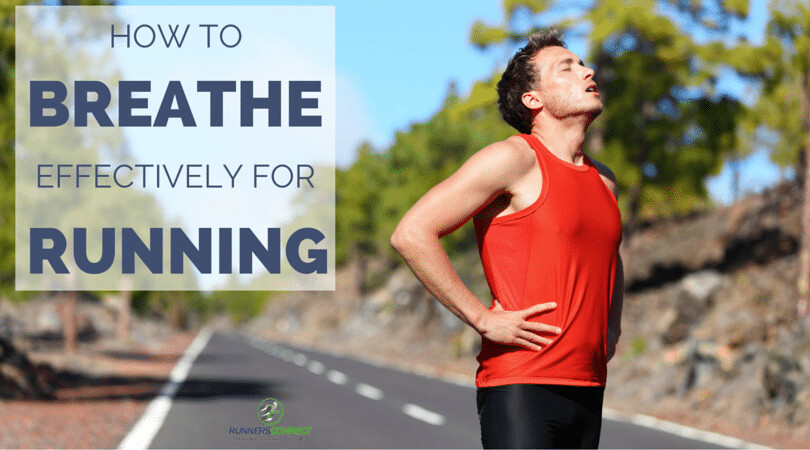
I’ve heard people advocate breathing in through the mouth and out through the mouth, using slow breathing rhythms, and all sorts of nonsense.
Nothing irks me quite like the spread of misinformation, especially when it pertains to training topics. Therefore, I am happy to help set the record straight today, by showing you how to breathe easier while running, so you can get back to enjoying your training without feeling like your lungs are going to explode…yes, even if you have asthma!
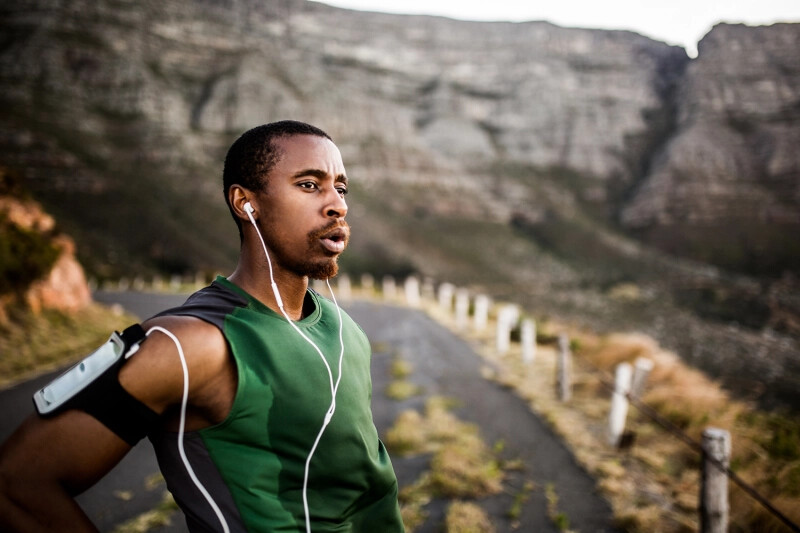
Should I Breathe Through My Nose Or Mouth While Running?
Here’s the deal:
You should always breathe in and out primarily through your mouth when running.
If your nose wants to join the party and help get air in and out, that’s great.
However, when you’re running, feeding your muscles the oxygen they need is of paramount importance, and breathing through the mouth is the most effective way to inhale and exhale oxygen.
To make the most of your breathing, make sure you avoid “chest breathing” in favor of what’s called diaphragmatic breathing or “belly breathing”.
Why is chest breathing bad?
Chest breathing is a weak form of breathing. It’s too shallow to bring in maximal oxygen and doesn’t fully expel your lungs when you exhale. This may be why you keep getting a side stitch when you run.
Instead, your breathing should be diaphragmatic, meaning the action of inhaling and exhaling extends down into your stomach.
As you breathe, your stomach should expand and contract as your diaphragm forces air into and out of your lungs.
Your chest, meanwhile, should remain mostly still, but you’ll take in more oxygen with every breath.
The next time you go running, be aware of your breathing and your natural inclination to breathe through your nose or mouth.
If necessary, focus on making the necessary corrections and taking in breath through your mouth. It may be a struggle at first, but you should eventually be able to transition to a better breathing technique, and do so without thinking.
With any luck, you’ll notice an improvement in your running efficiency and performance.
How Can I Train My Breathing Muscles To Run Better?
Just as we strength train our hips or hamstrings to improve our leg strength, we can strengthen the muscles used for breathing.
In fact, researchers at the Centre for Sports Medicine and Human Performance at Brunel University in England demonstrated a direct link between the strength of your diaphragm and fatigue during the marathon. We also interviewed world expert, Patrick McKeown on our podcast in an episode dedicated to how to breathe while running and he recommended exercises to help.
The easiest way to start is by lying on the ground.
While lying on your back, breathe deeply so your belly rises with your chest as you inhale, and lowers while you exhale. Feel your abdominal muscles contract, and try to hold the tension as you breathe out as well as in.
Watch your chest, does it rise and fall also?
You want to get to the point where you do not see your chest moving, but your belly is expanding (think making yourself get fat).
Continue to practice this while lying down until you feel confident to move upright.
Once you have this trick down, you can move on to pilates exercises. Pilates help stretch your intercostal muscles and lengthen the spine, which helps improve breathing and running.
What Rhythm Should I Be Breathing To?
Your exact breathing rhythm will depend on how hard or easy you are running and/or the intended intensity of your workout.
What is breathing rhythm you ask?
Breathing rhythms refer to the number of foot steps you take with each foot while breathing in or out.
For example, a 2:2 rhythm would mean you take two steps (one with your right foot and one with the left) while breathing in and two steps (again, one with your right foot and one with your left) while breathing out.
This is part of the method we recommend to stop a side stitch if you are out running and get that familiar side stabbing feeling.
Easy runs
Typically, you’ll find that a 3:3 rhythm (three steps – one with your left, one with your right, one with your left – while breathing in) works best for warm-ups and most easy paced days.
This allows plenty of oxygen to be inhaled through the lungs, processed, and then exhaled with relative ease.
Don’t try to force yourself into a 3:3 breathing rhythm on an easy day if it isn’t feeling comfortable.
Remember, the purpose of an easy day is to keep your effort comfortable and to help the body recover. If a 2:2 rhythm (described below) is more comfortable, go with it.
Breathing slower than a 3:3 rhythm is not advised because you’re not giving your body enough time to clear carbon dioxide.
The average runner should take about 180 steps per minute (some a little less, others a little more), which means you take 90 steps with each foot in a one minute span.
A 3:3 rhythm enables you to take about 30 breaths per minute, ample time to process carbon dioxide while still getting in the oxygen you need.
Moderate paced runs
Runs harder than an easy run, but not all out race efforts, should typically be performed at a 2:2 ratio (two steps – one with your left, one with your right – while breathing in, two steps – one with your left, one with your right – while breathing out).
A 2:2 breathing rhythm enables you take about 45 breaths per minute, which is perfect for steady state, tempo runs, and marathon pace runs.
Hard workouts and Races
At the end of races or the end of a particularly hard interval session, a 2:2 breathing might not cut it. In this case, you can switch to a 1:2 (one step breathing in, two steps breathing out) or 2:1 (two steps breathing in and one step breathing out) breathing rhythm.
This will increase your oxygen uptake to 60 breaths per minute.
I don’t recommend a 1:1 breathing pattern.
At this rate, you’ll be taking shallow breaths and you won’t be able to inhale enough oxygen to maintain proper ventilation in the lungs.
On a personal note, I don’t pay much attention to breathing rhythms at the end of races. I prefer to run all out, focus on competing, and let my breathing take care of itself.
However, it can be helpful to those runners who become anxious as the final meters approach.
Why Will Fixing My Breathing Help Me?
While breathing rhythms can help you identify and monitor the intensity of your run, you can also use them to monitor and control other aspects of your training and racing.
Pacing
Paying close attention to your breathing rhythm can help you monitor and “feel” your pace, especially on tempo runs or tempo intervals.
Once you lock onto your correct goal pace for the workout, you can monitor whether you begin to breathe faster or slower to identify when you accidentally speed up or slow down.
It requires close attention to detail, but it can help for runners who struggle maintaining a consistent pace.
Hills
Many runners wonder how to adjust their pace when taking on a hill during a race, even if you are using the correct running technique for hills.
Unless you know the exact grade and length of a hill, it’s very difficult to accurately measure how much you need to adjust your pace.
However, if you’re maintaining a 2:2 breathing rhythm through the race, then you should focus on maintaining that 2:2 rhythm as you tackle and crest the hill.
By maintaining the same breathing rhythm, you keep your effort even and prevent yourself from spending too much energy getting over the hill.
Side Stitches
If you encounter a side stitch while running, you can slow your breathing rhythm to take deeper, controlled breaths at a 3:3 rhythm.
Often, side stitches are caused by undue stress to the diaphragm, which is escalated by shallow breathing. If your side stitch persists after switching your breathing rhythm, you can try this trick for side stitches here.
As you can see, you have many ways that you can breathe and use rhythms to monitor your effort in workouts and races.
Try not to become too focused on your exact breathing rhythm every step you take. Do what feels comfortable and you’ll usually wind up falling into the proper rhythm by default.
(12/15/2022) ⚡AMPby Runners Connect
IT band syndrome: how to prevent it, take proactive measures and strengthen the muscles around your IT band
Iliotibial band syndrome (ITBS) is a common overuse injury in runners, but one you can start taking steps today to avoid. Here’s the rundown on why runners get it and what you can do to prevent it.
The IT band is a big band of connective tissue called fascia (an elastic connective tissue found throughout the body) that starts outside the hip, runs down the outside of the thigh (enveloping the outer thigh muscles), and has attachments to the lateral knee cap and lower leg. Running is considered a repetitive single-leg activity, requiring the control and coordination of multiple joints–when you begin to fatigue while running, you’ll start to lose the ability to balance well on either leg, adding stress to the IT band.
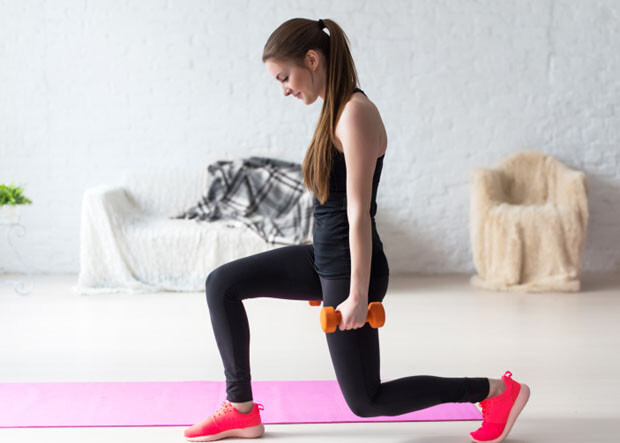
IT band syndrome happens when your IT band rubs against your leg bone, creating friction. In many cases, this “tightness” of the IT band is caused by weak glute muscles, abdominals or hips. When the IT band gets irritated, you may experience swelling or a snapping sensation on the outside of the knee, as well as pain and irritation.
Preventative measures

The exact cause of ITBS will vary for each individual, and experts aren’t clear on what exactly causes the injury. There are contributing factors you can avoid, however, like increasing training load or intensity too quickly or too soon (aim for a gradual approach). Make sure you are wearing shoes that are best suited for your running style–try to purchase from a local running store where staff will help you figure out what type of shoe you need.
Be cautious when returning to running after a break, as tempting as it is to immediately start at your previous volume. Consulting a physiotherapist or sports doctor if you think you’re experiencing any of the symptoms of IT band syndrome is always the best route to take if possible.
Strengthen the muscles of the hip and thigh
The IT band itself can’t be stretched or strengthened, but doing strength exercises that focus on the muscles around it can help prevent injury and also aid recovery by improving the stability and support of the knee joint. Try basic strength exercises like squats, lunges, and leg presses. Start with no weight or very light weight, and gradually increase the resistance as you become stronger. Proper form is key, and taking your time is essential.
Maintain flexibility and balance
While stretching the IT band is not possible (because it isn’t a muscle, it doesn’t stretch and contract like a muscle does) you can stretch the muscles of the hip and thigh, and keeping these flexible and mobile will reduce tension on the IT band.
Try standing with your feet hip-width apart and reaching your right hand across your body to grab your left elbow. Gently pull your left elbow across your body, feeling the stretch in your right hip and thigh. Hold this stretch for 20-30 seconds, then repeat on the other side.
Practicing simple balance exercises on either leg is also helpful to improve running strength and prevent injuries.
(12/15/2022) ⚡AMPby Running Magazine


